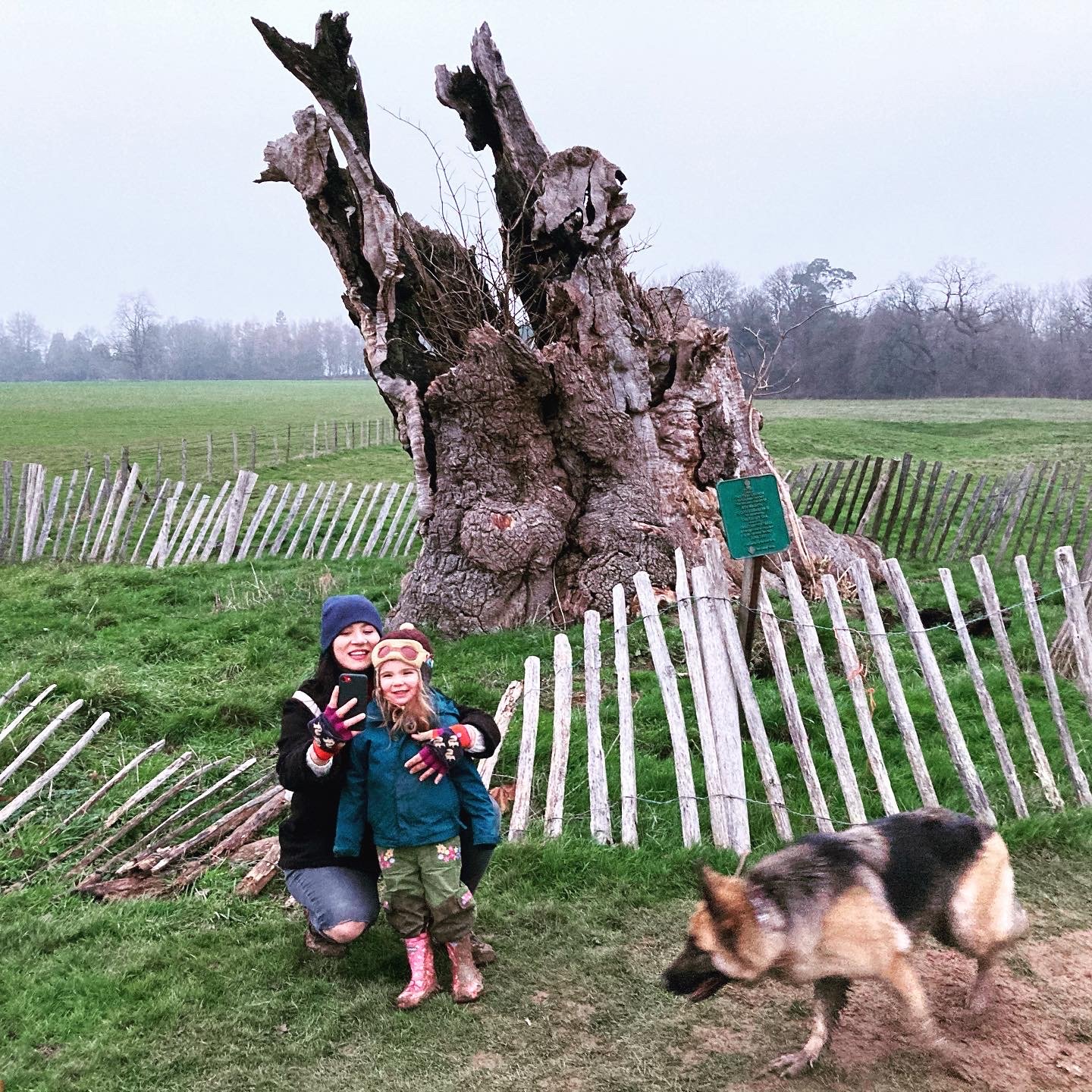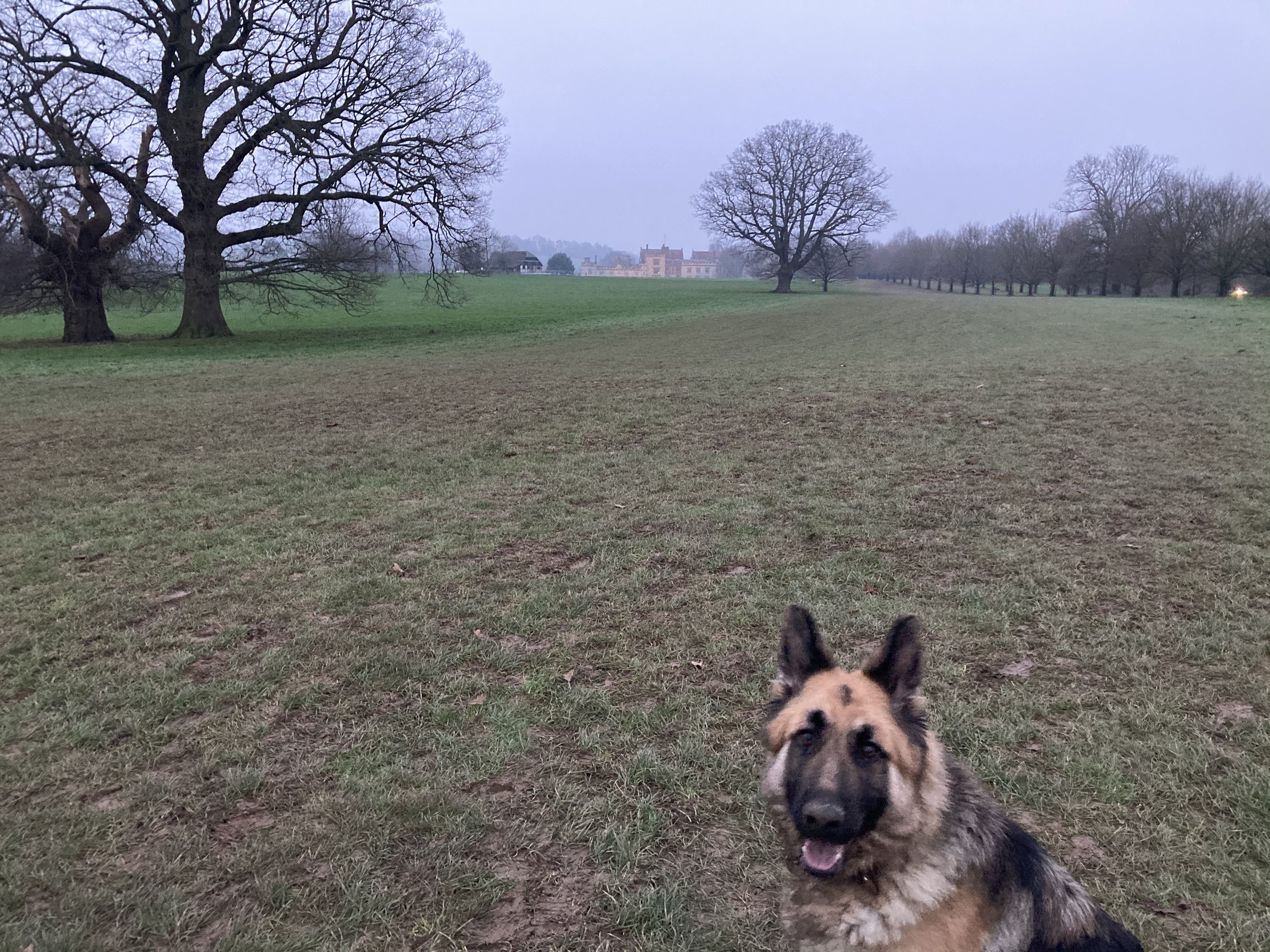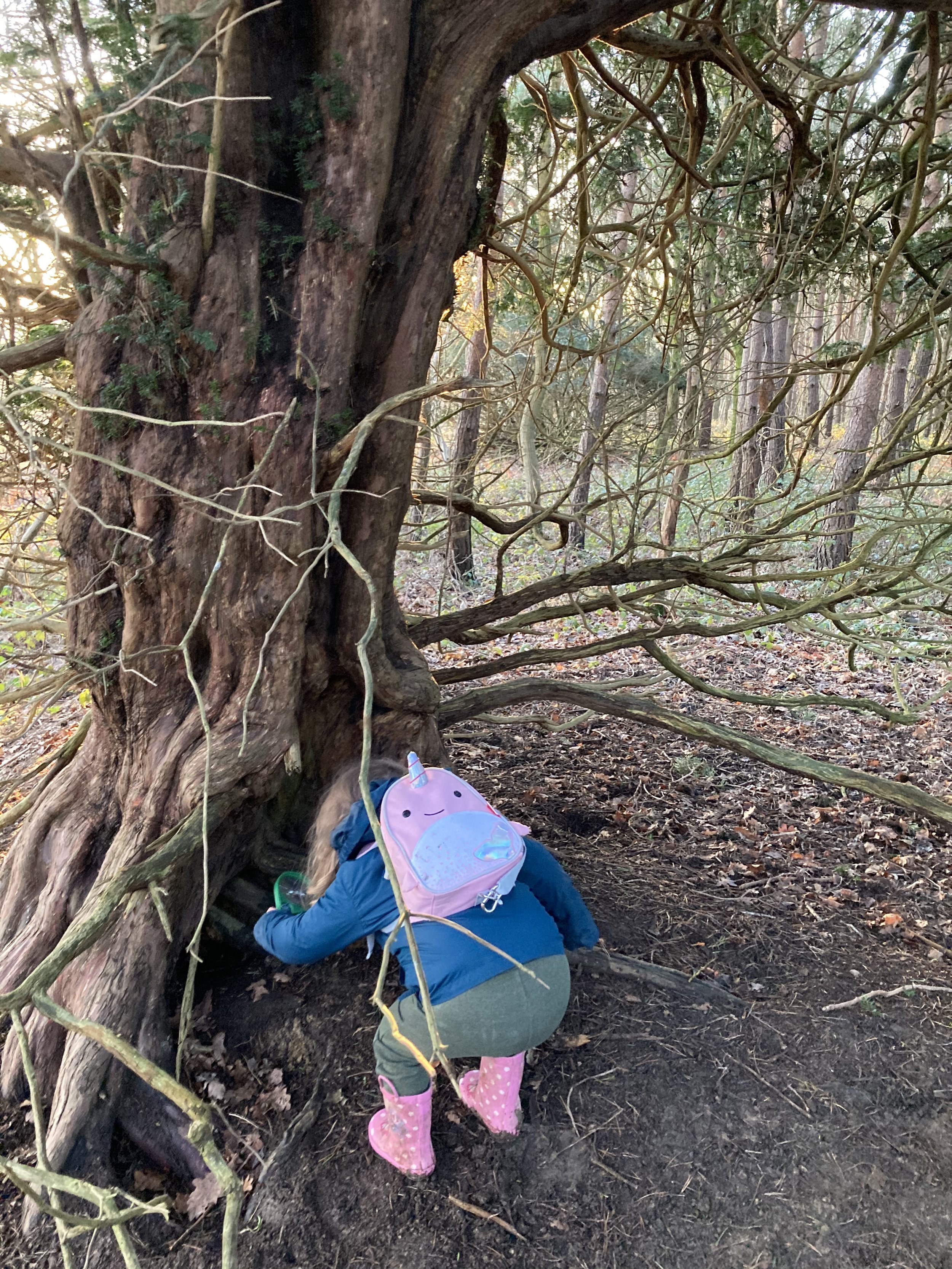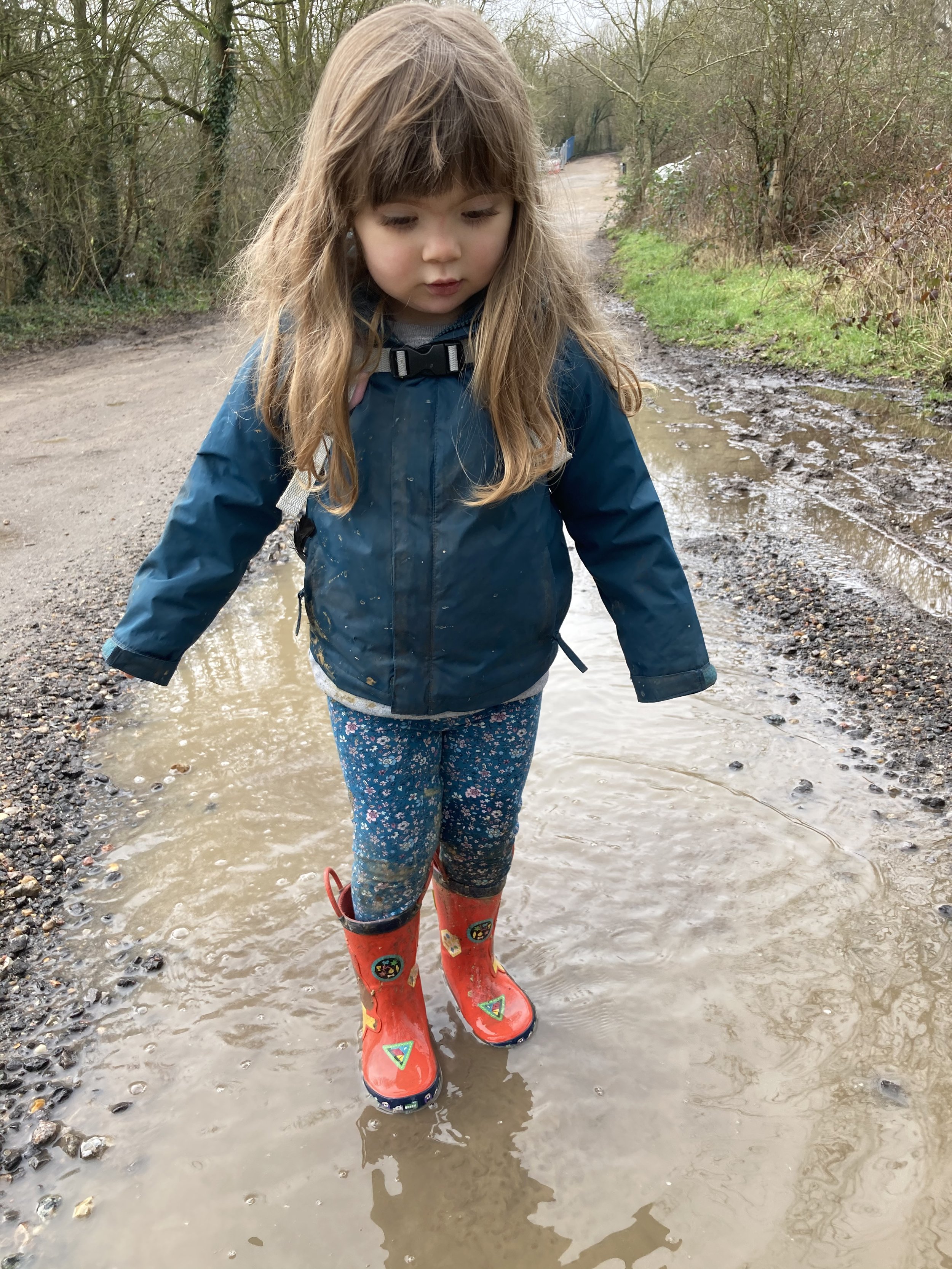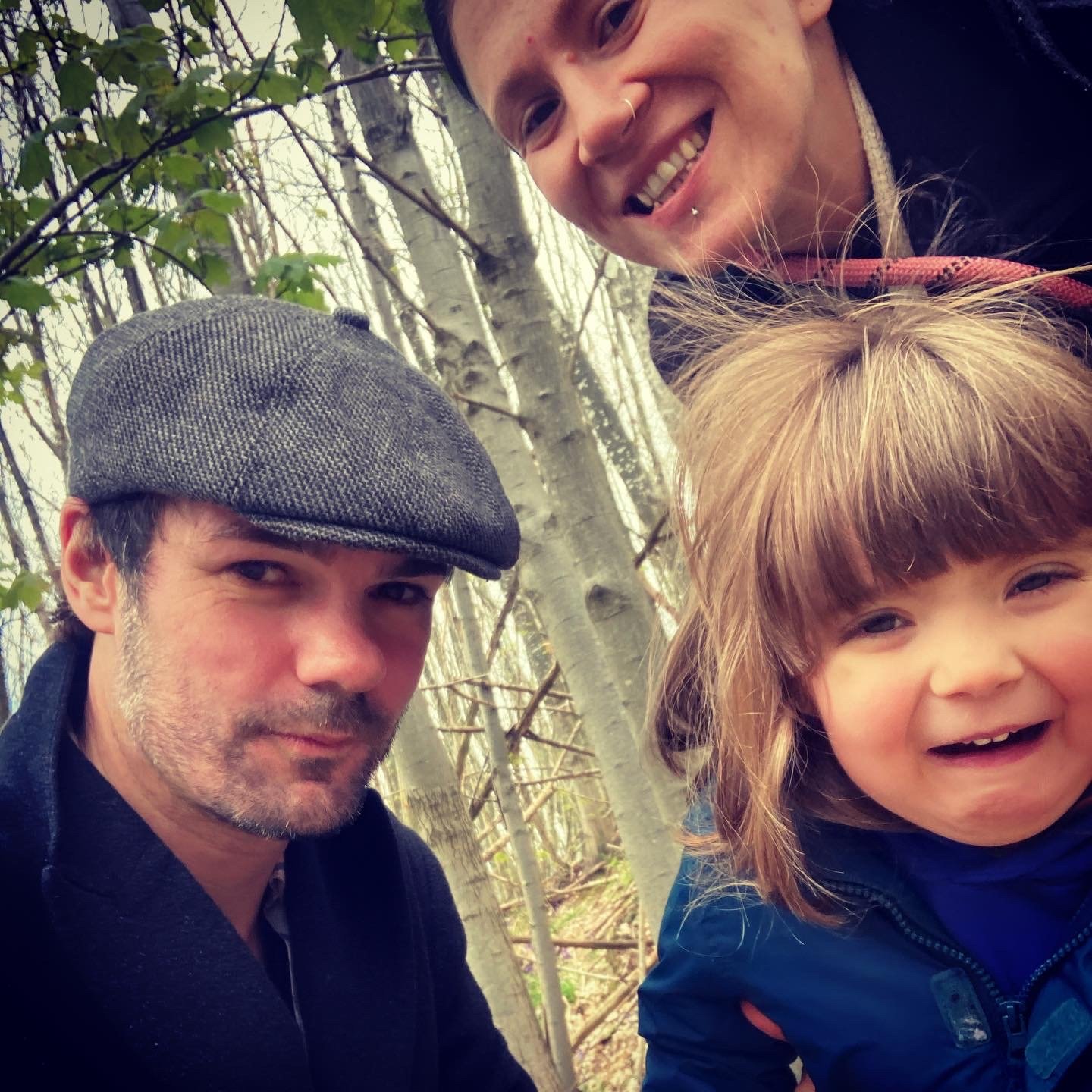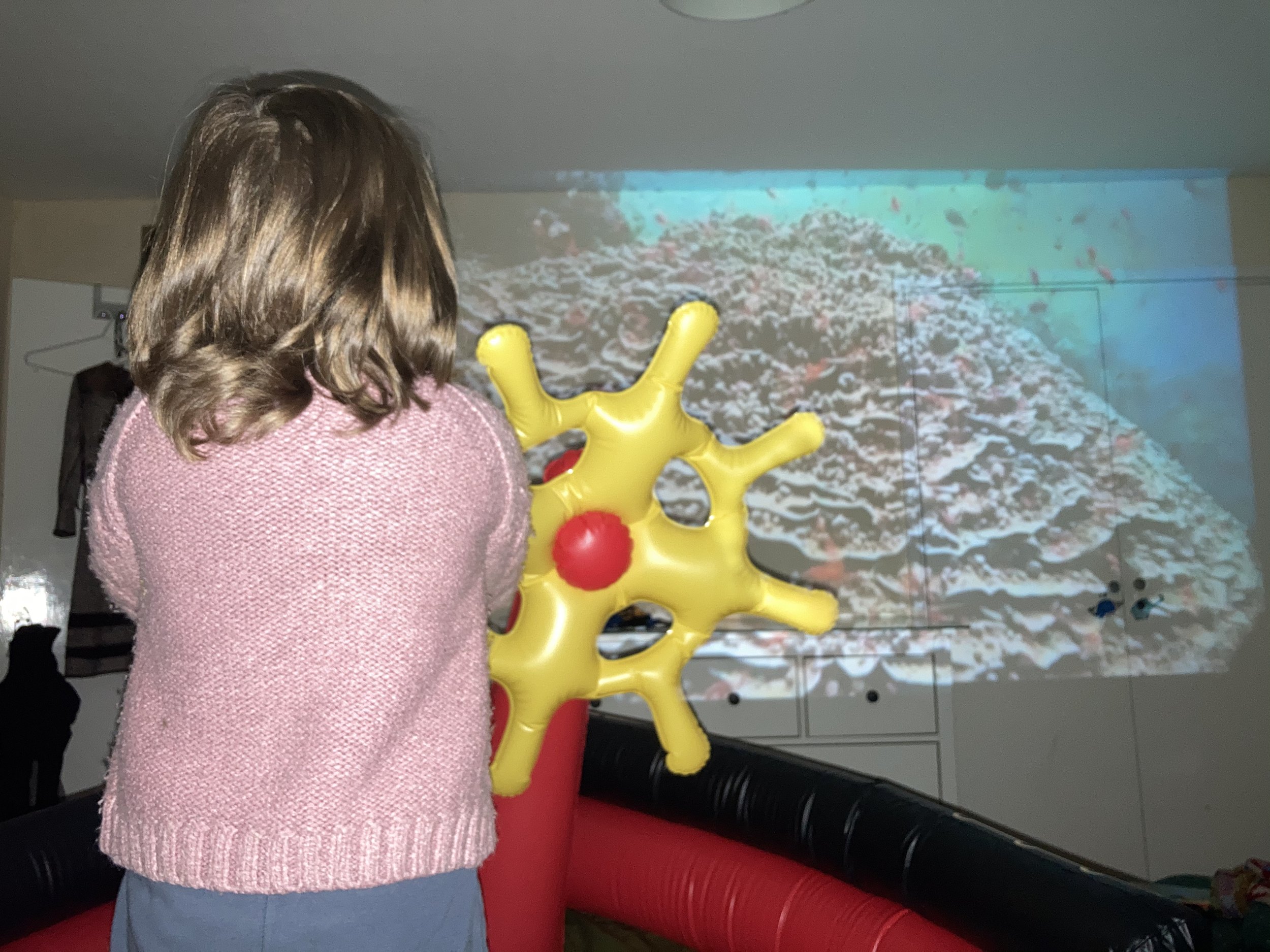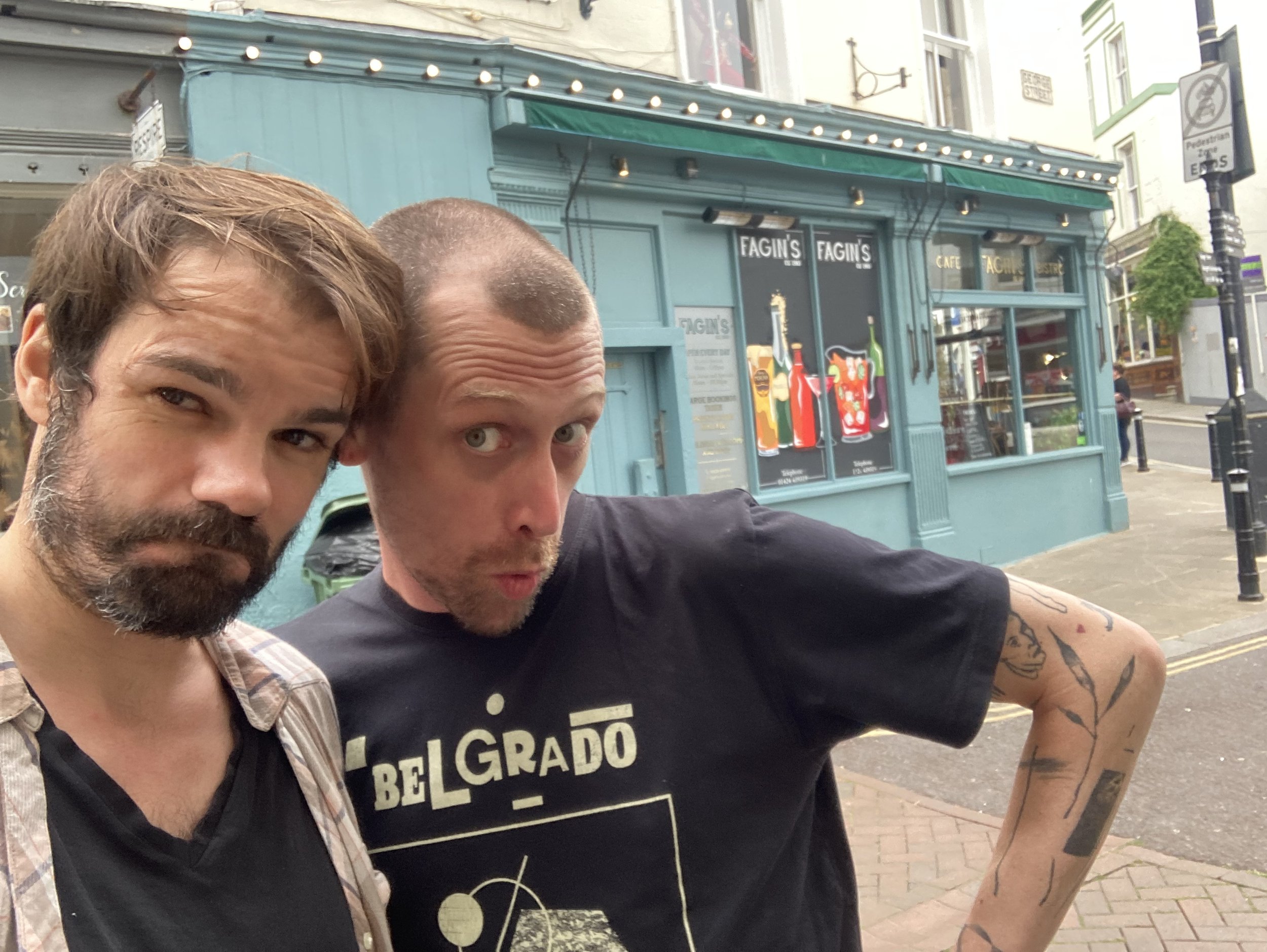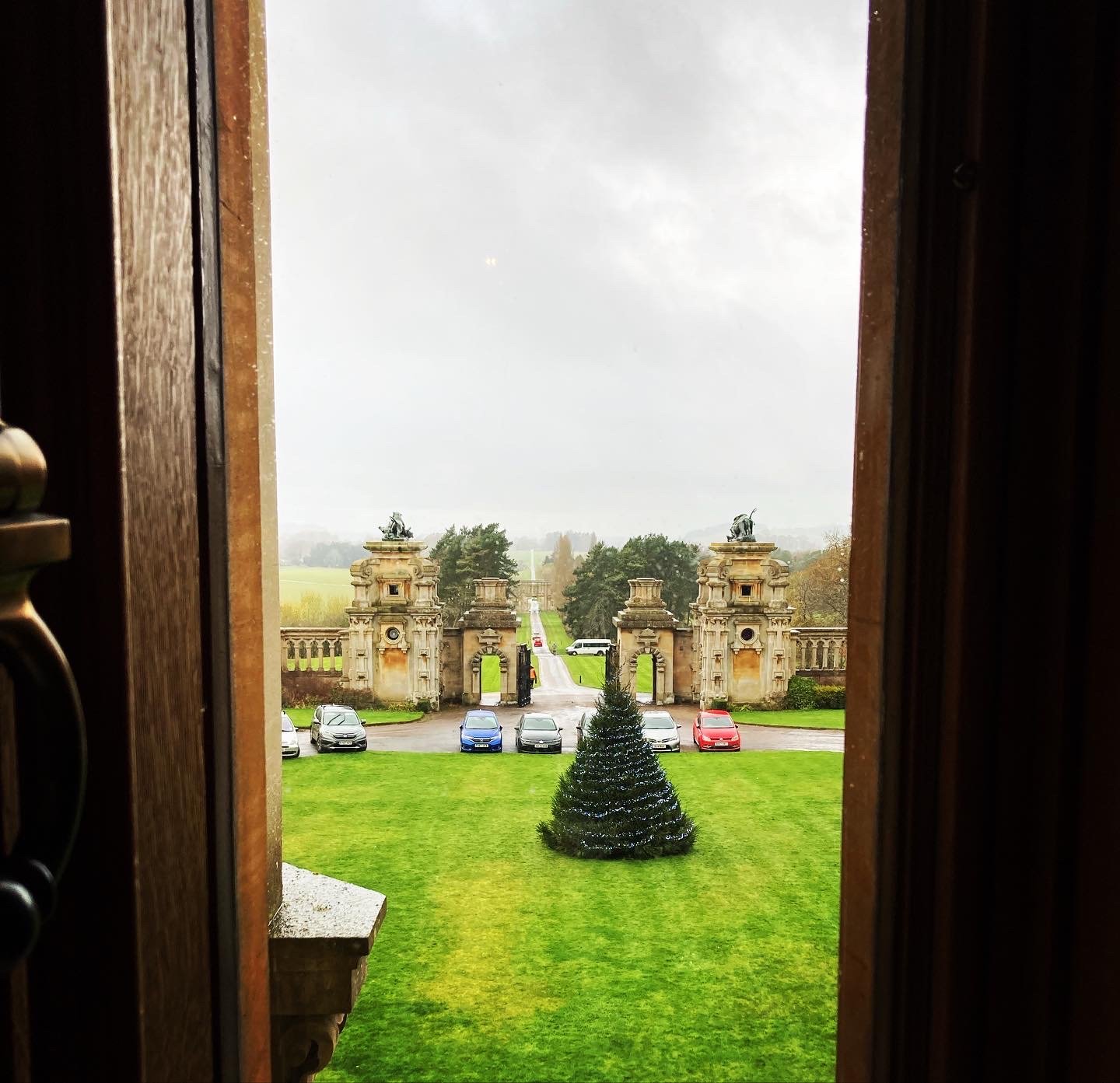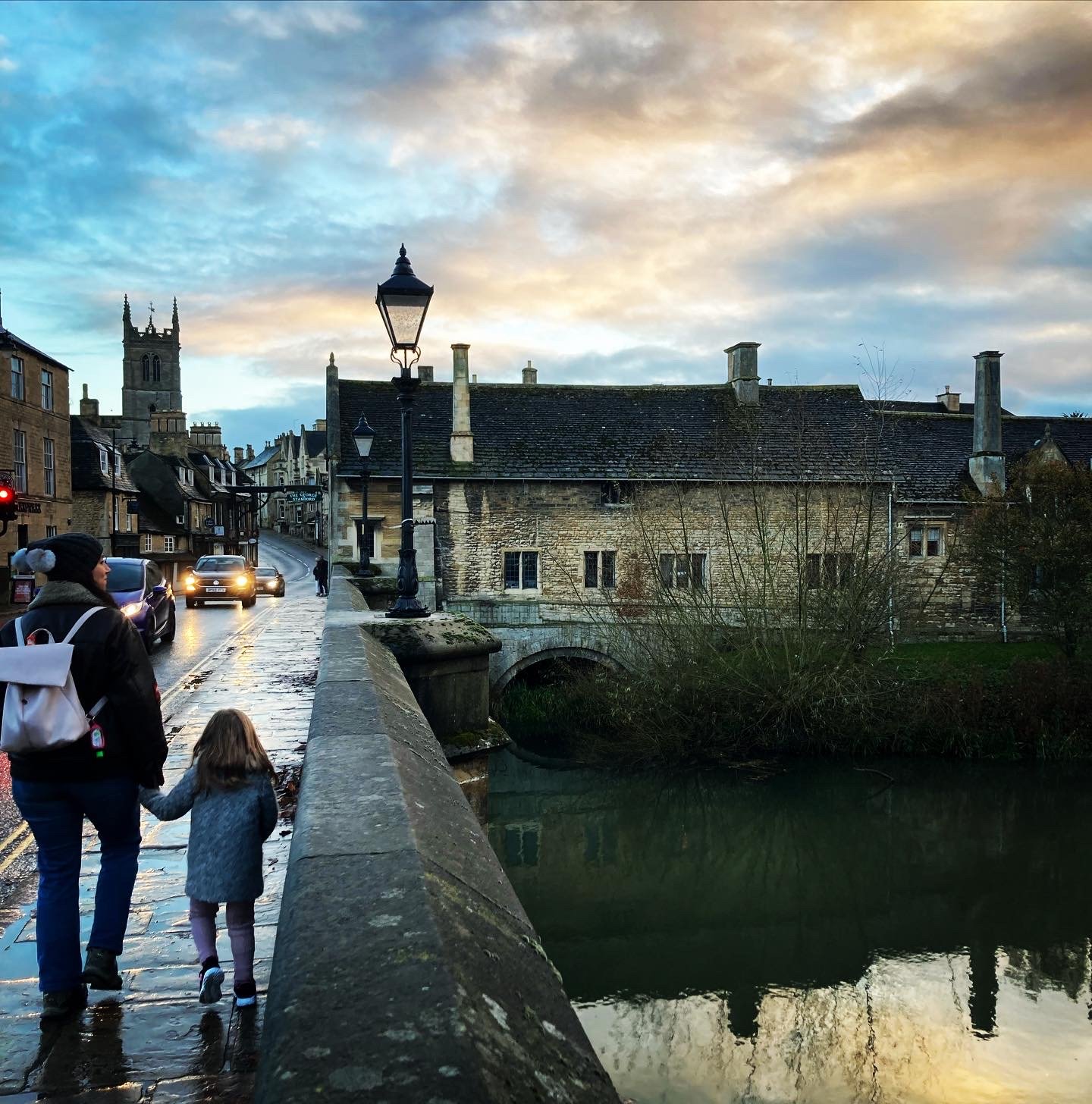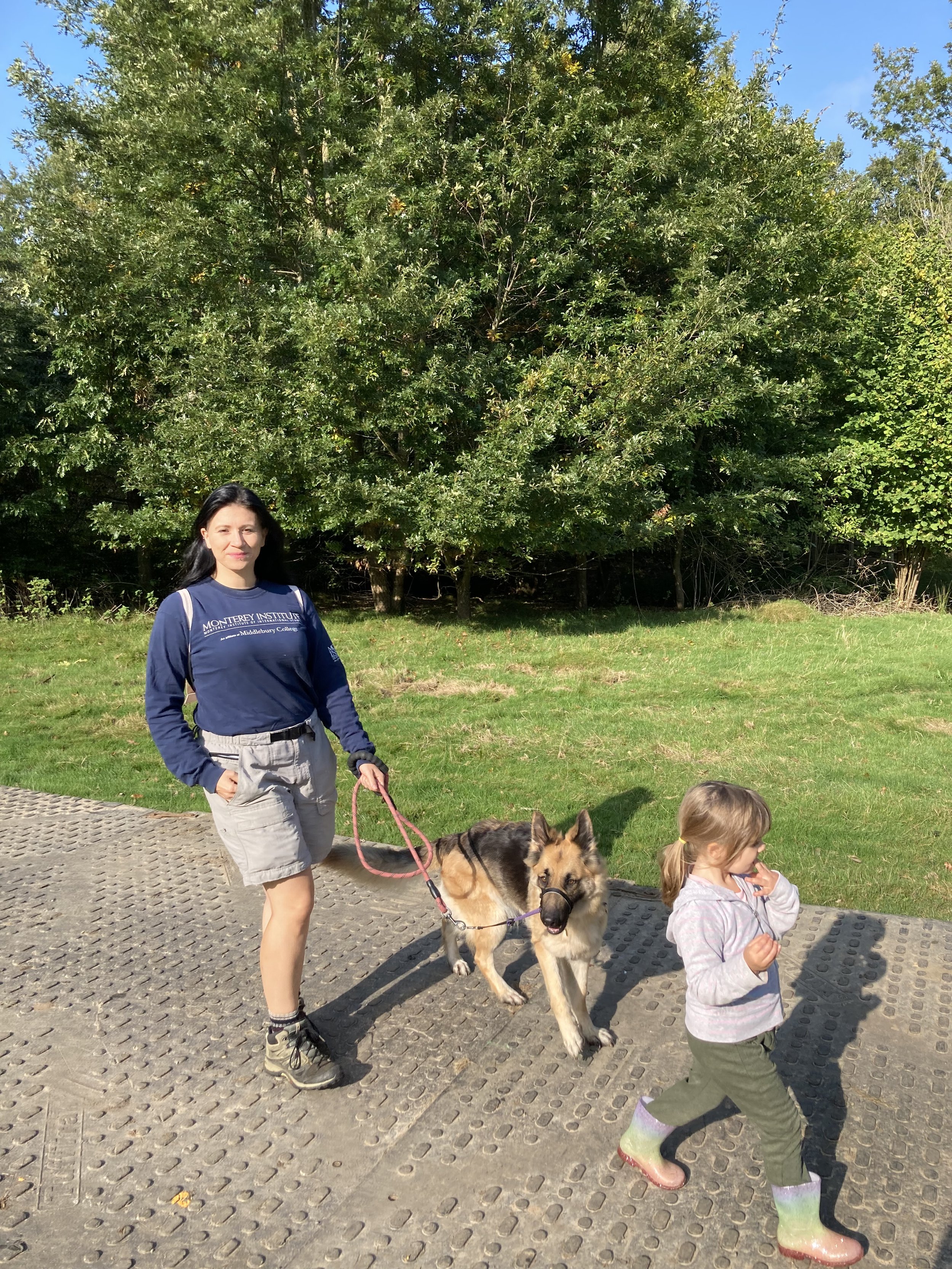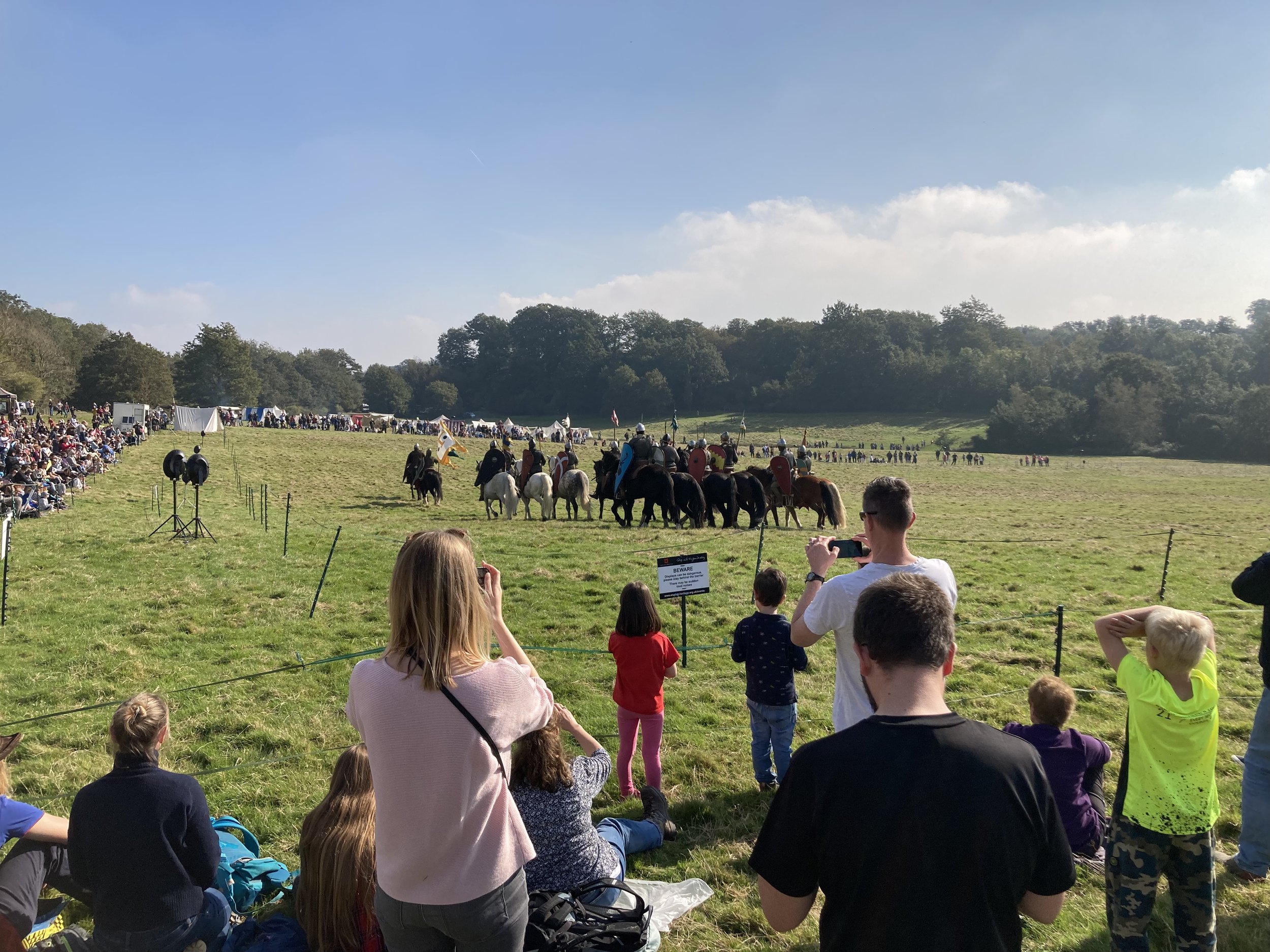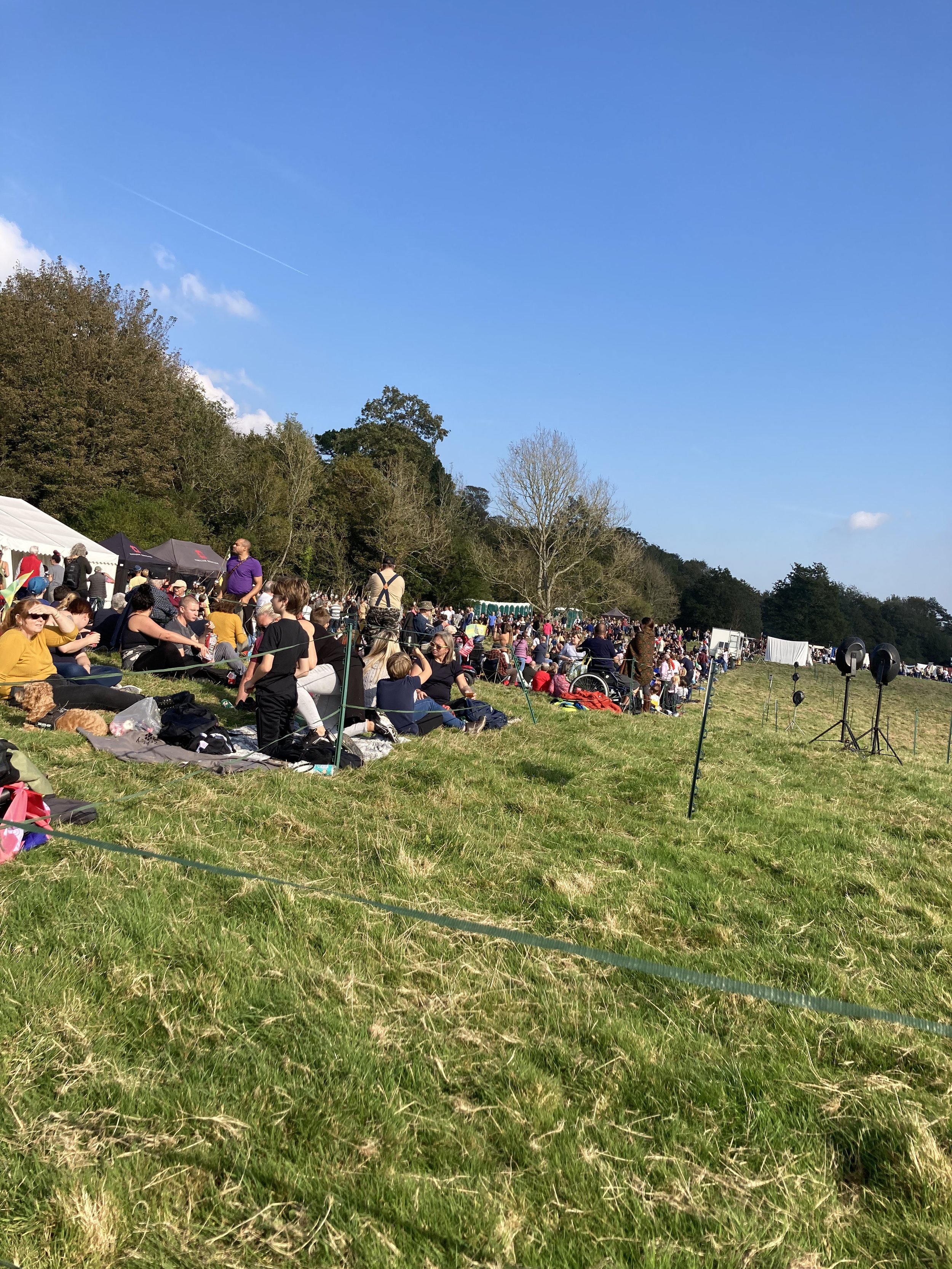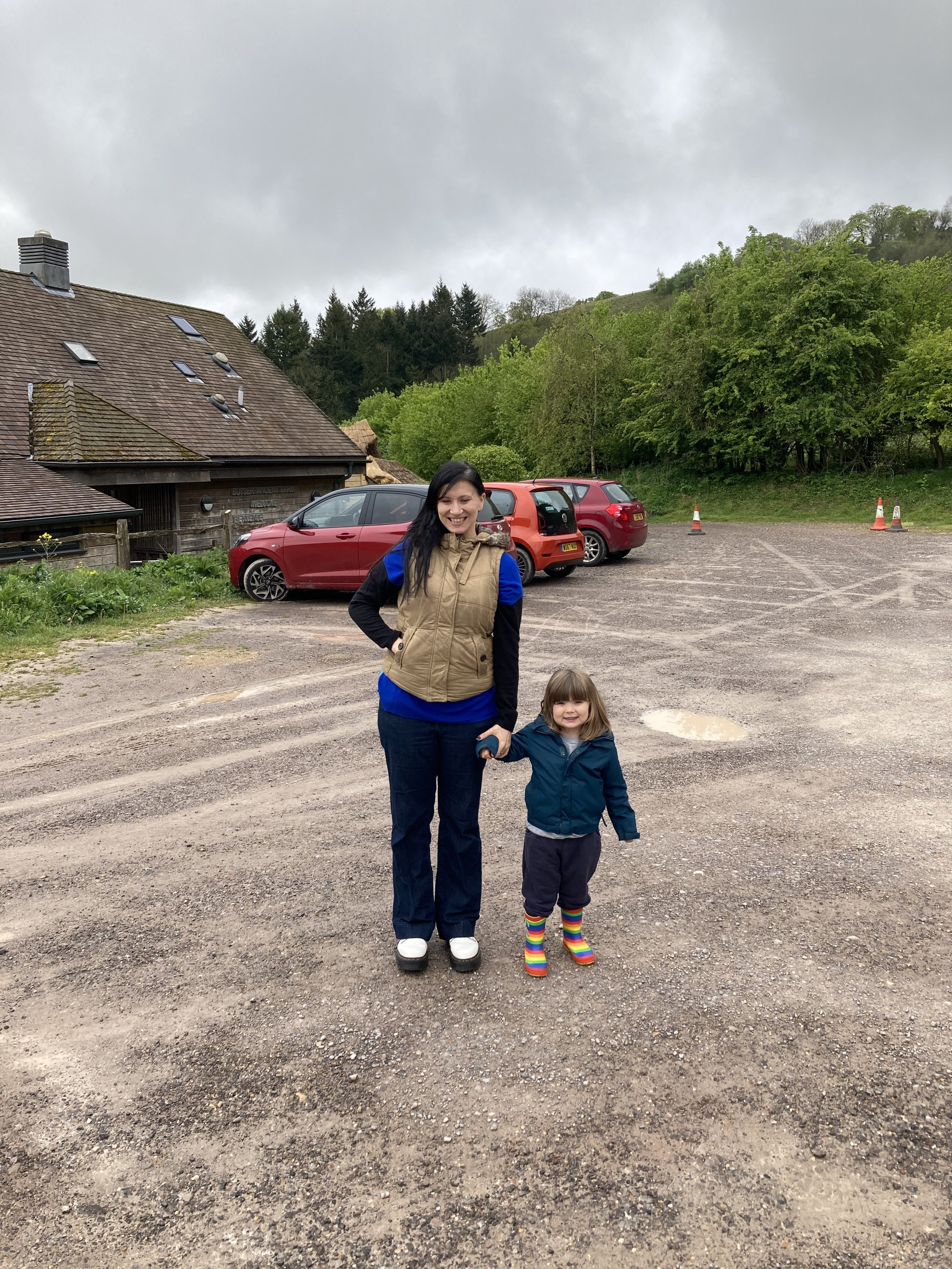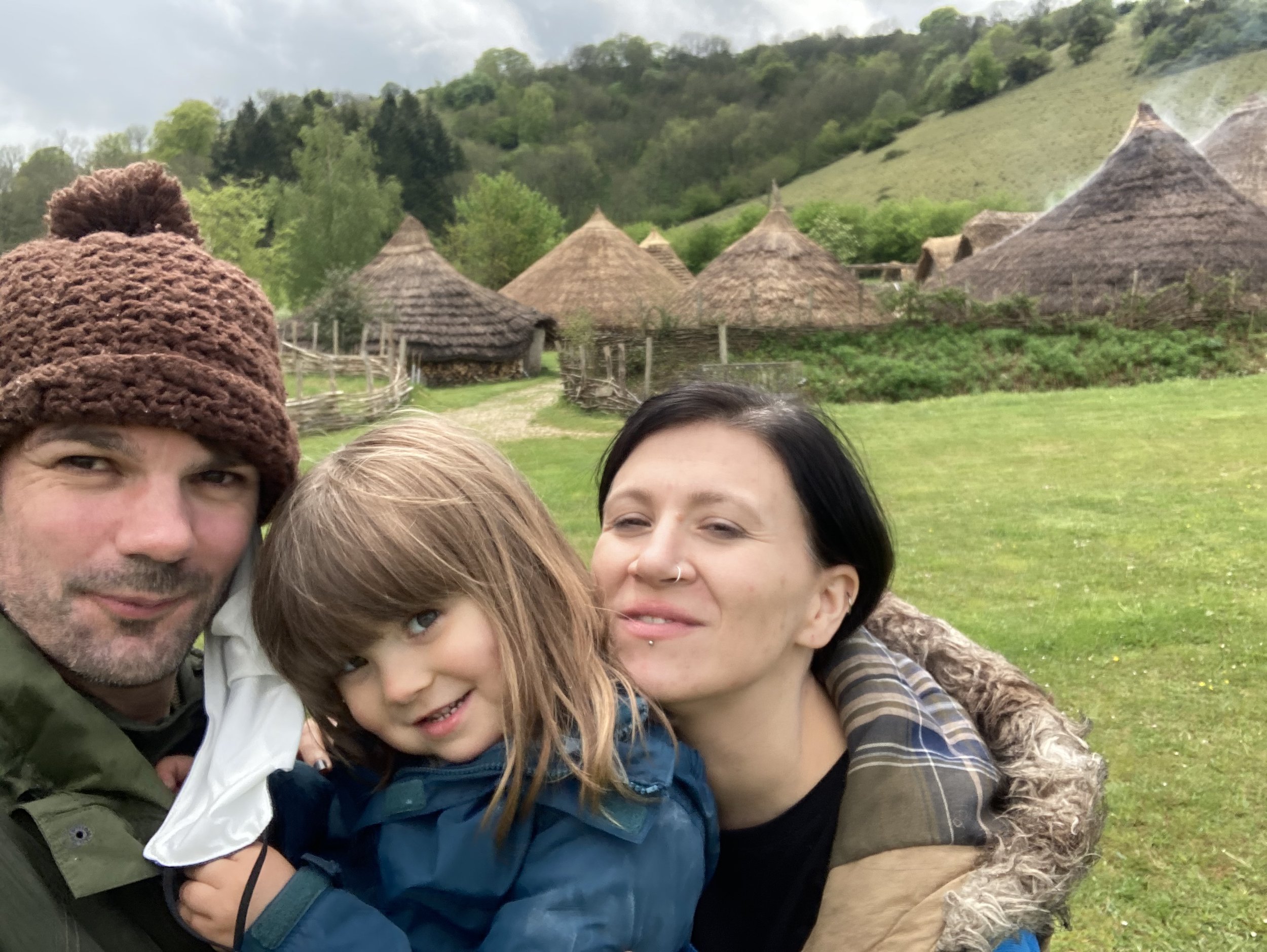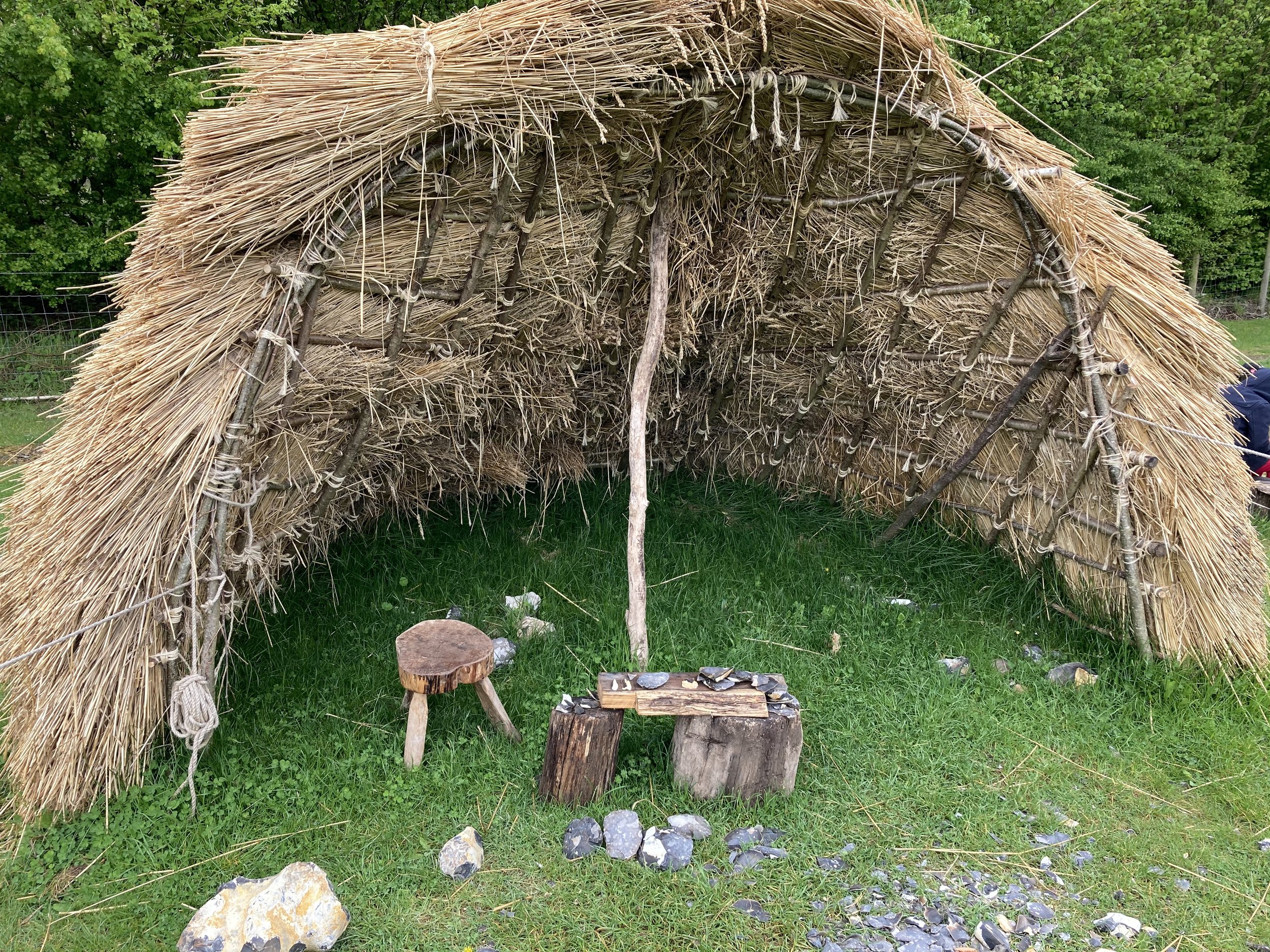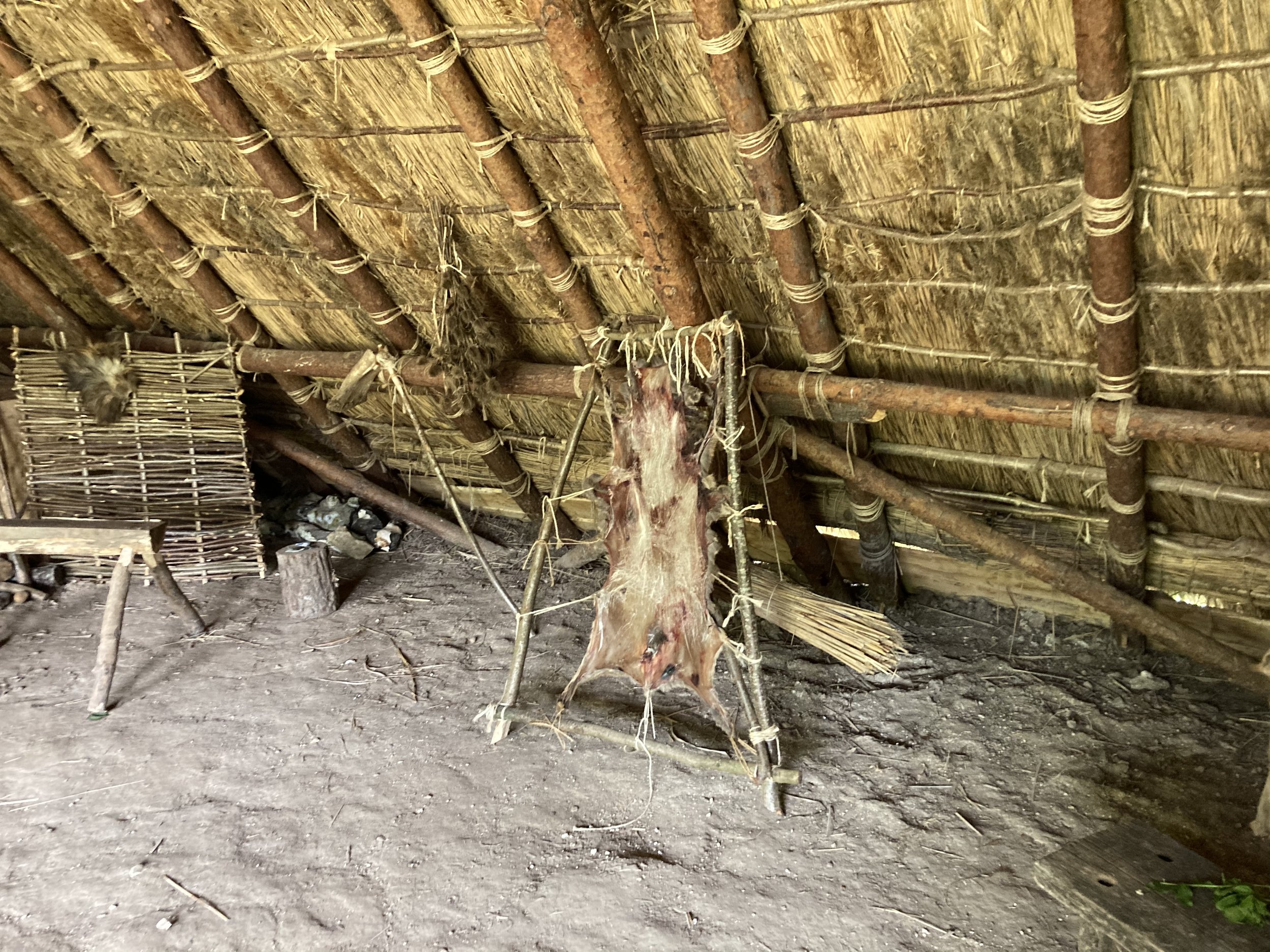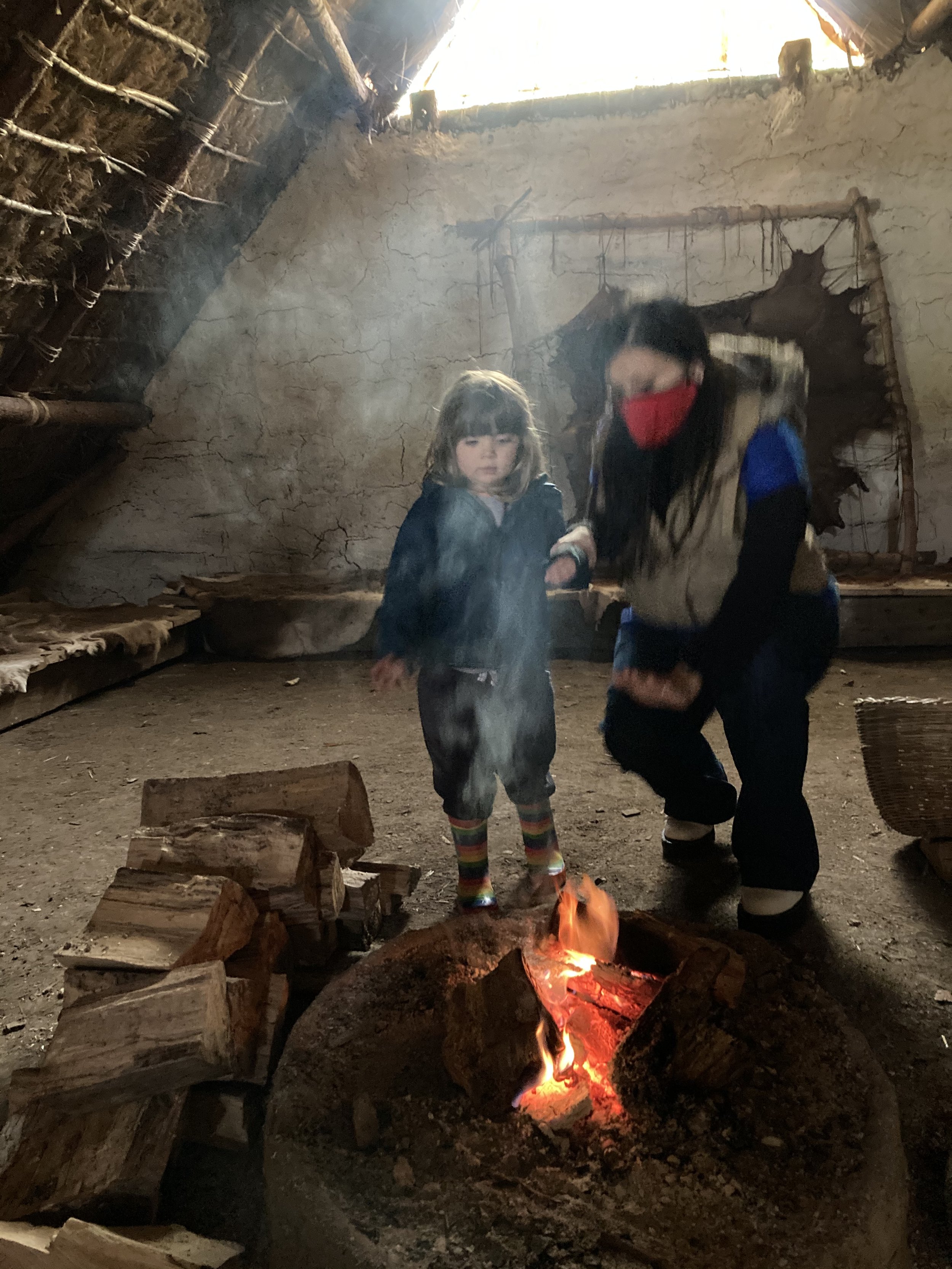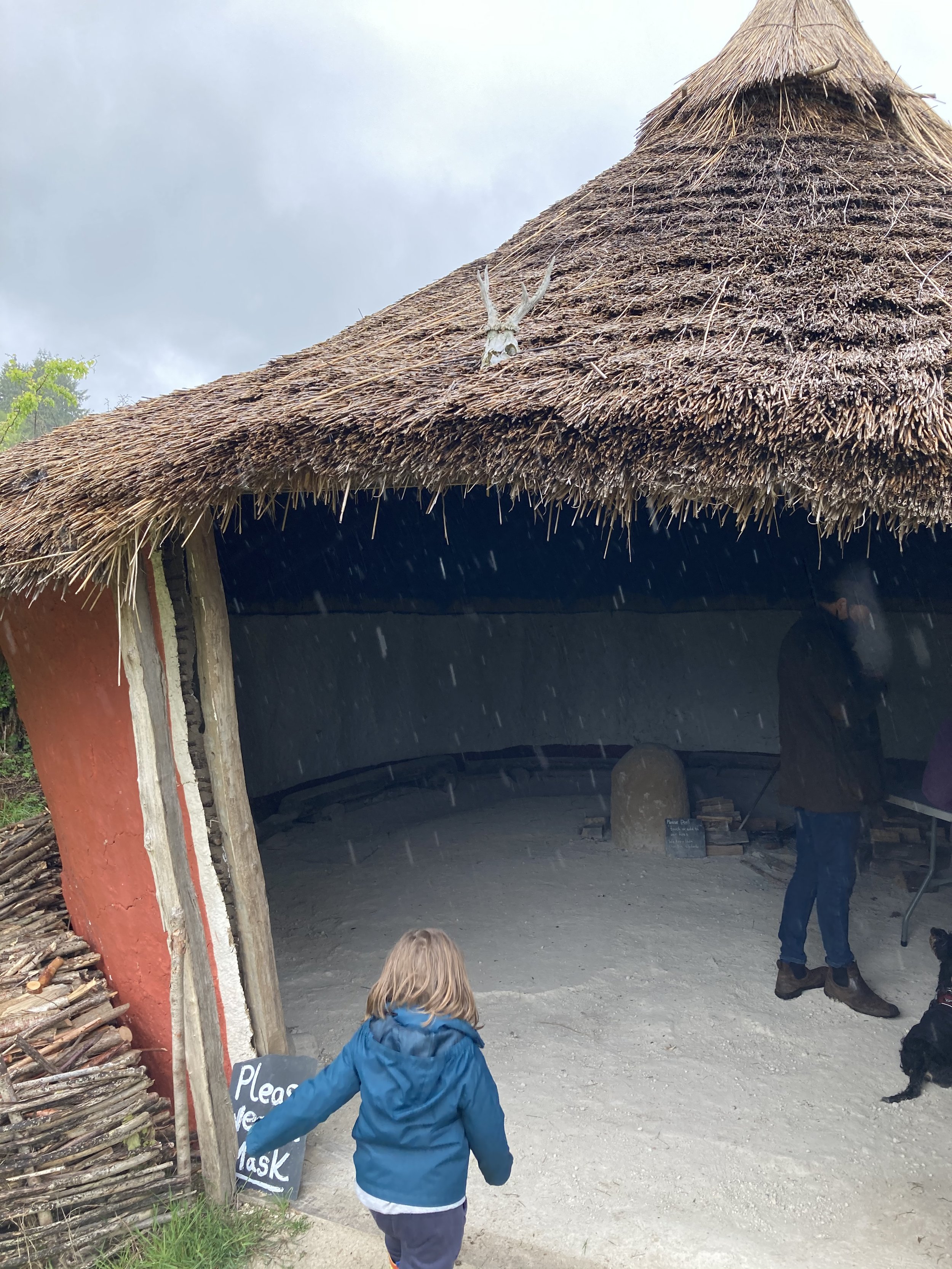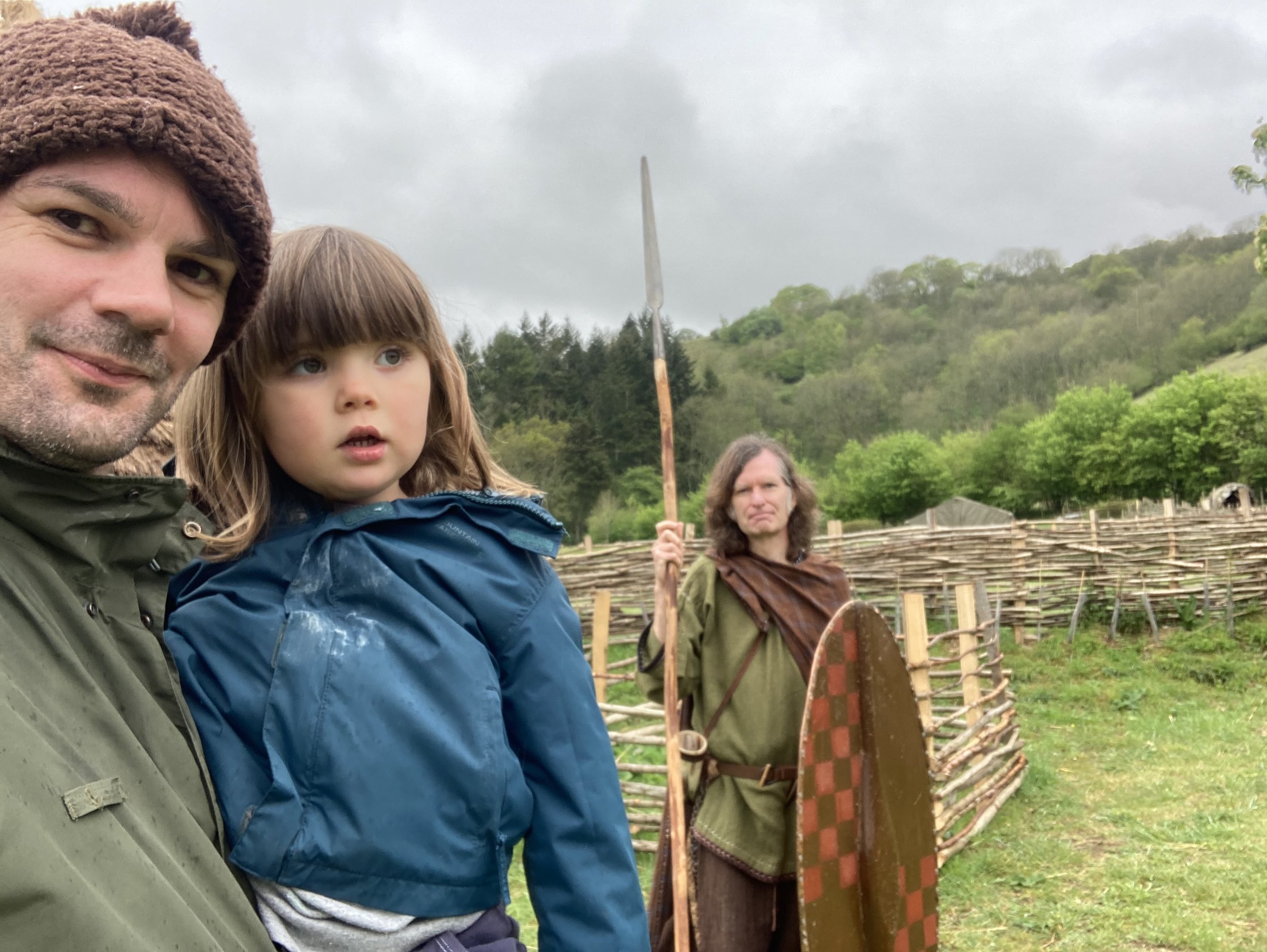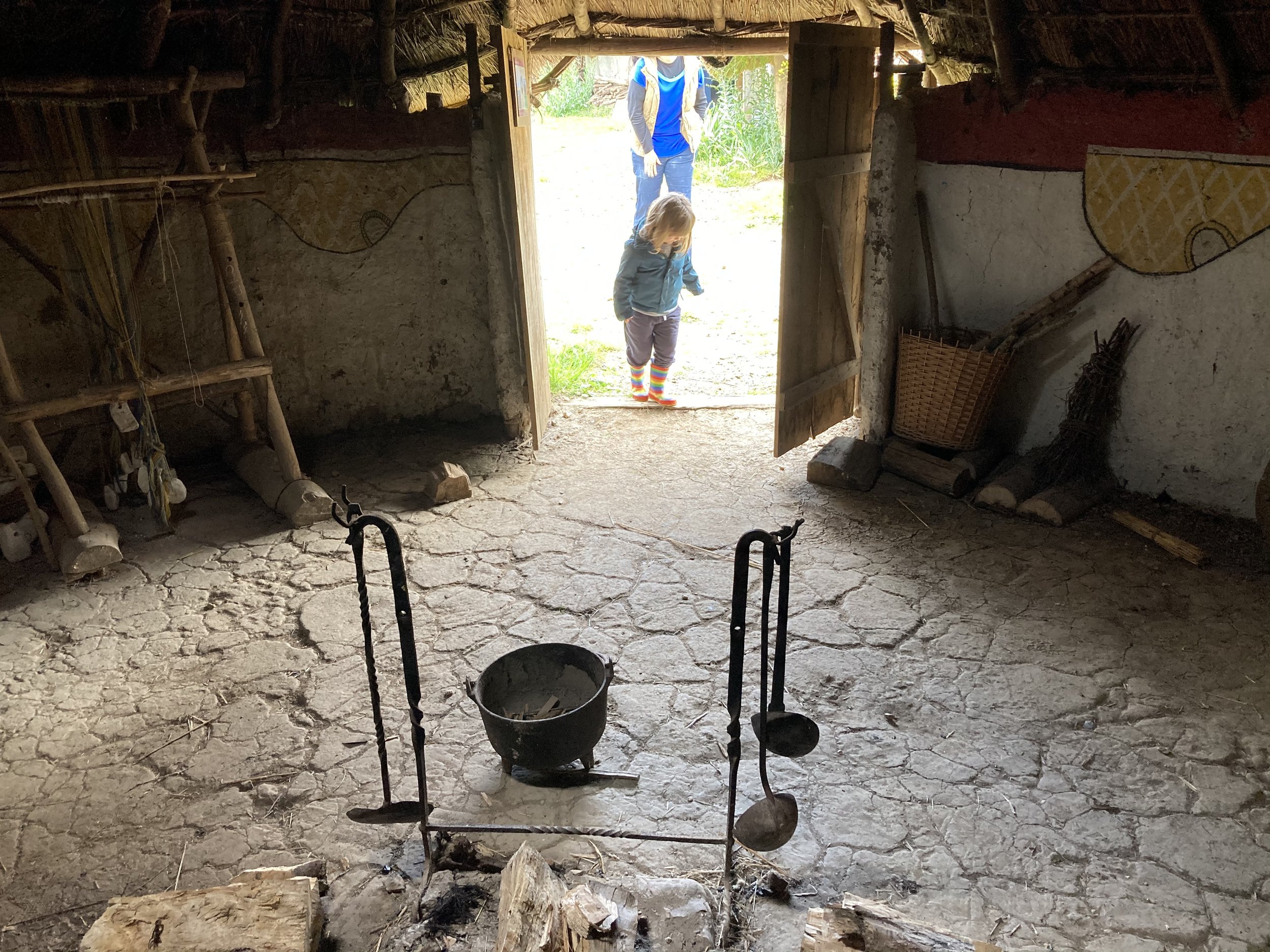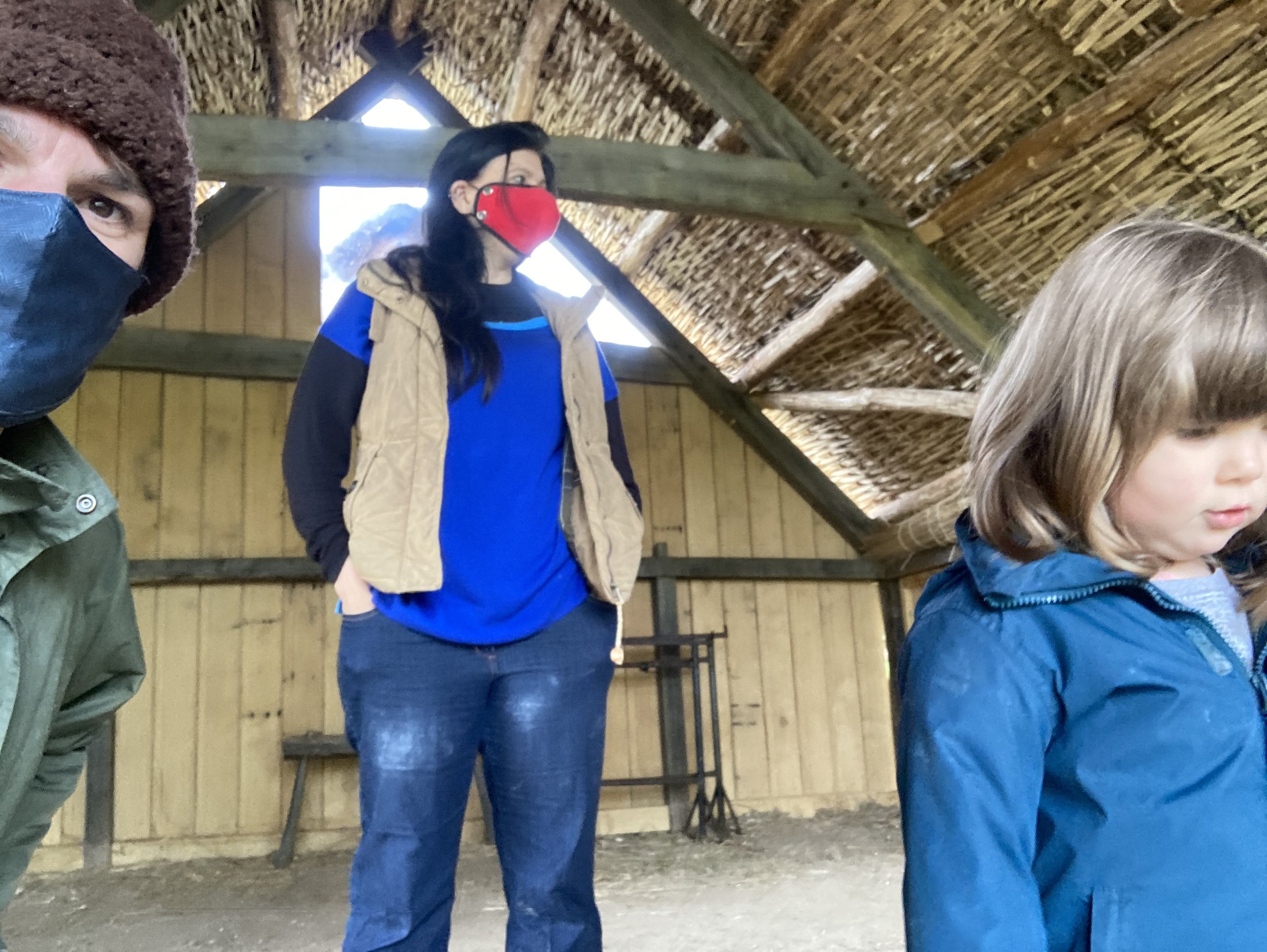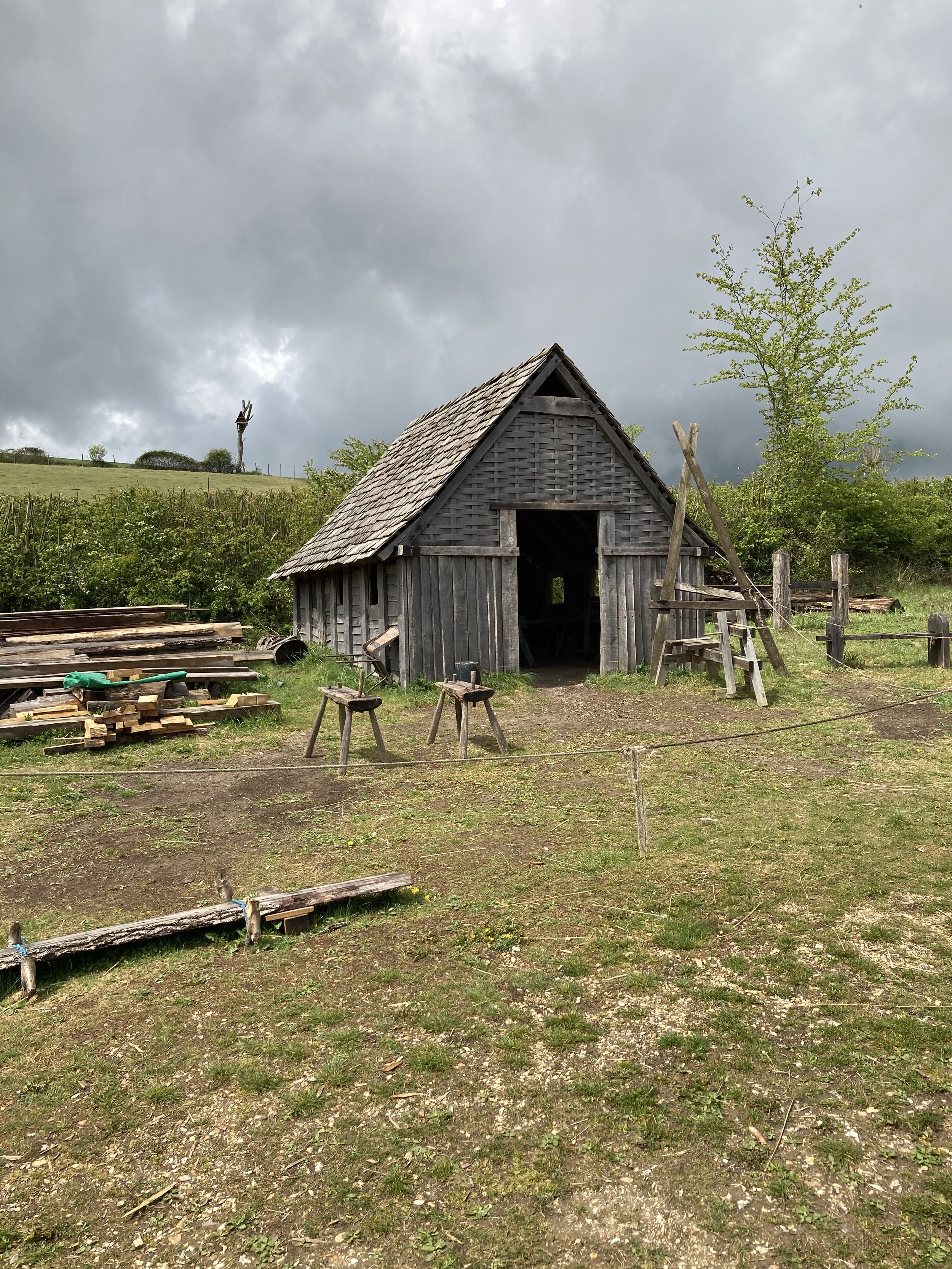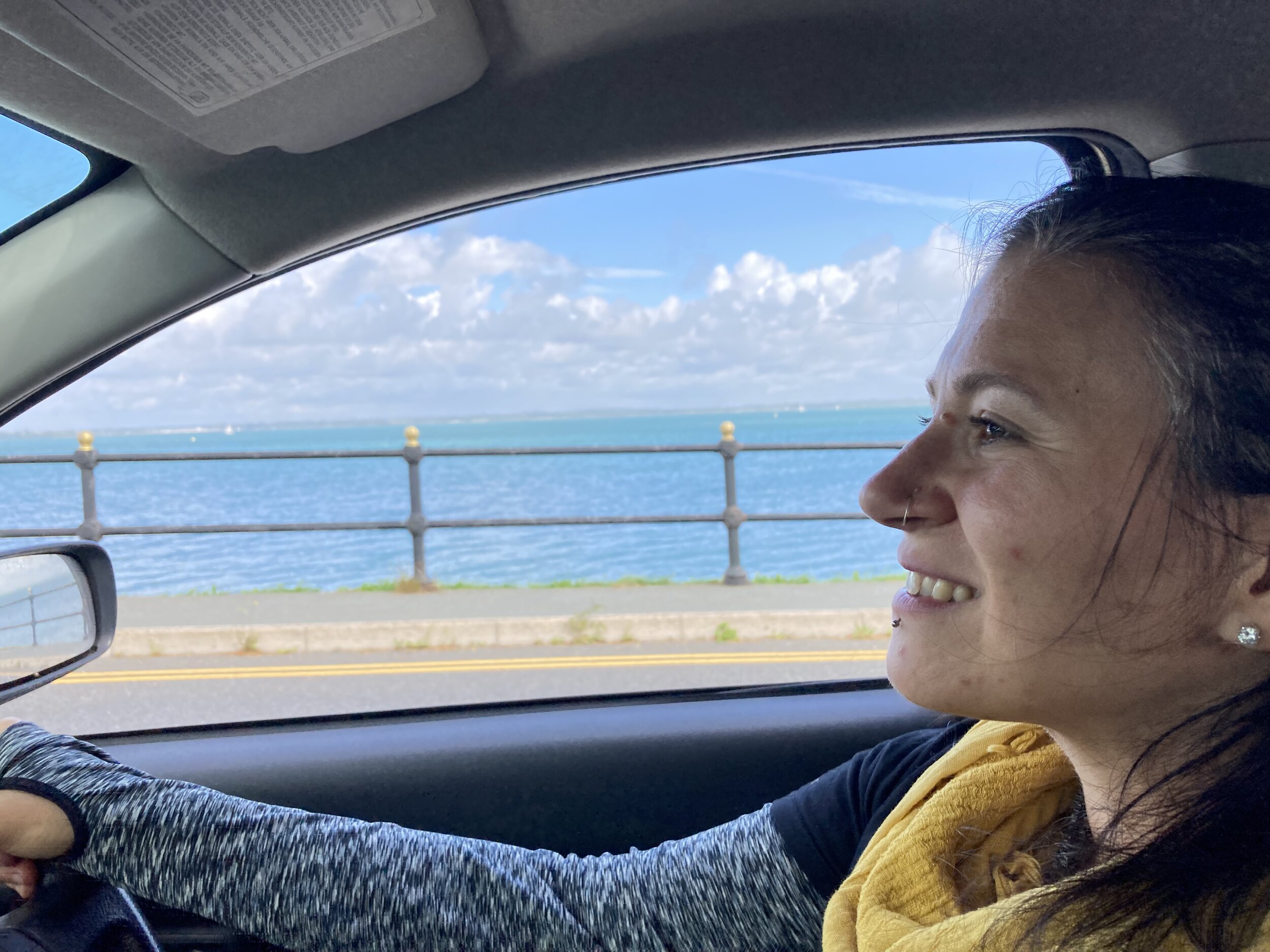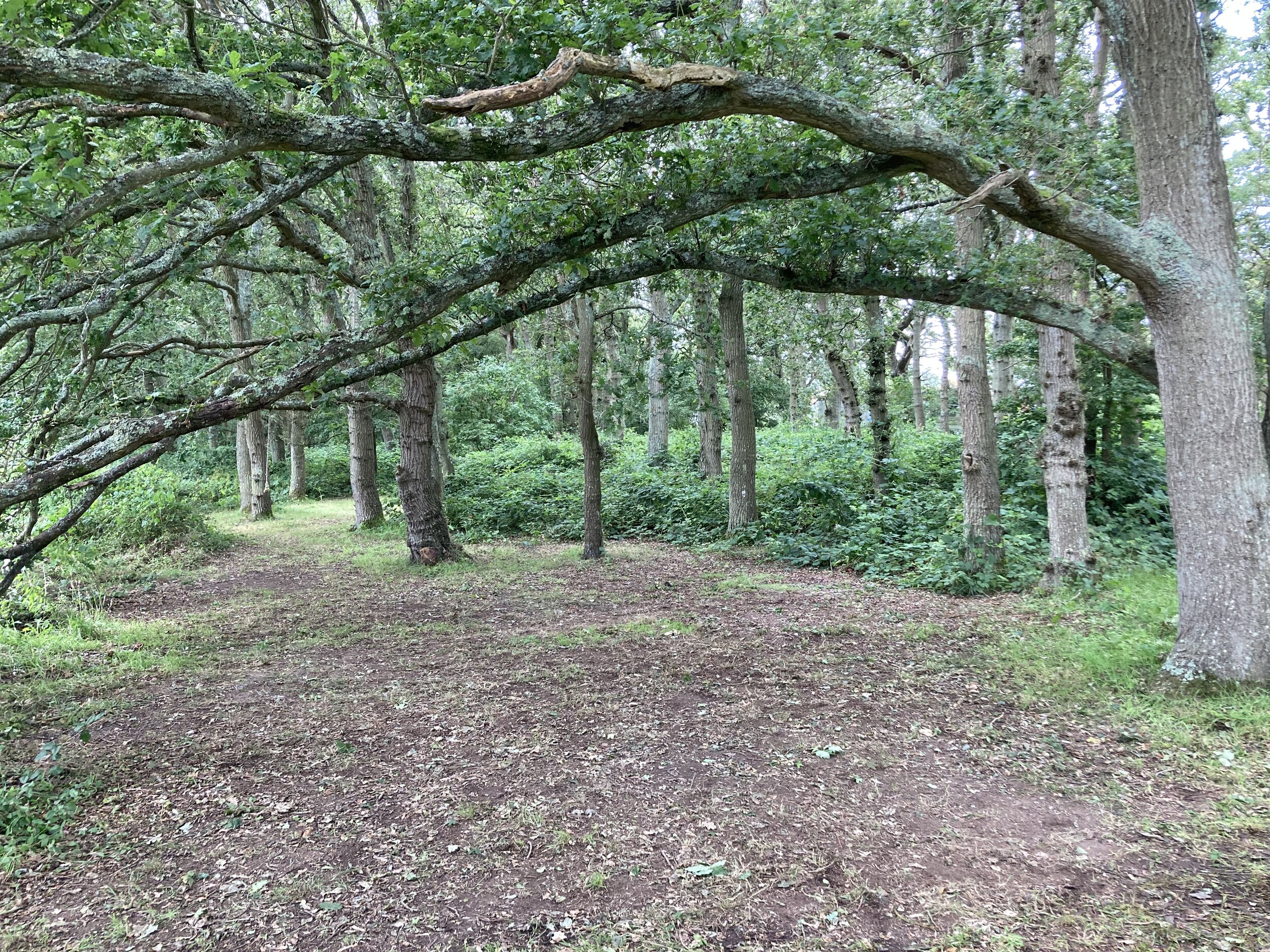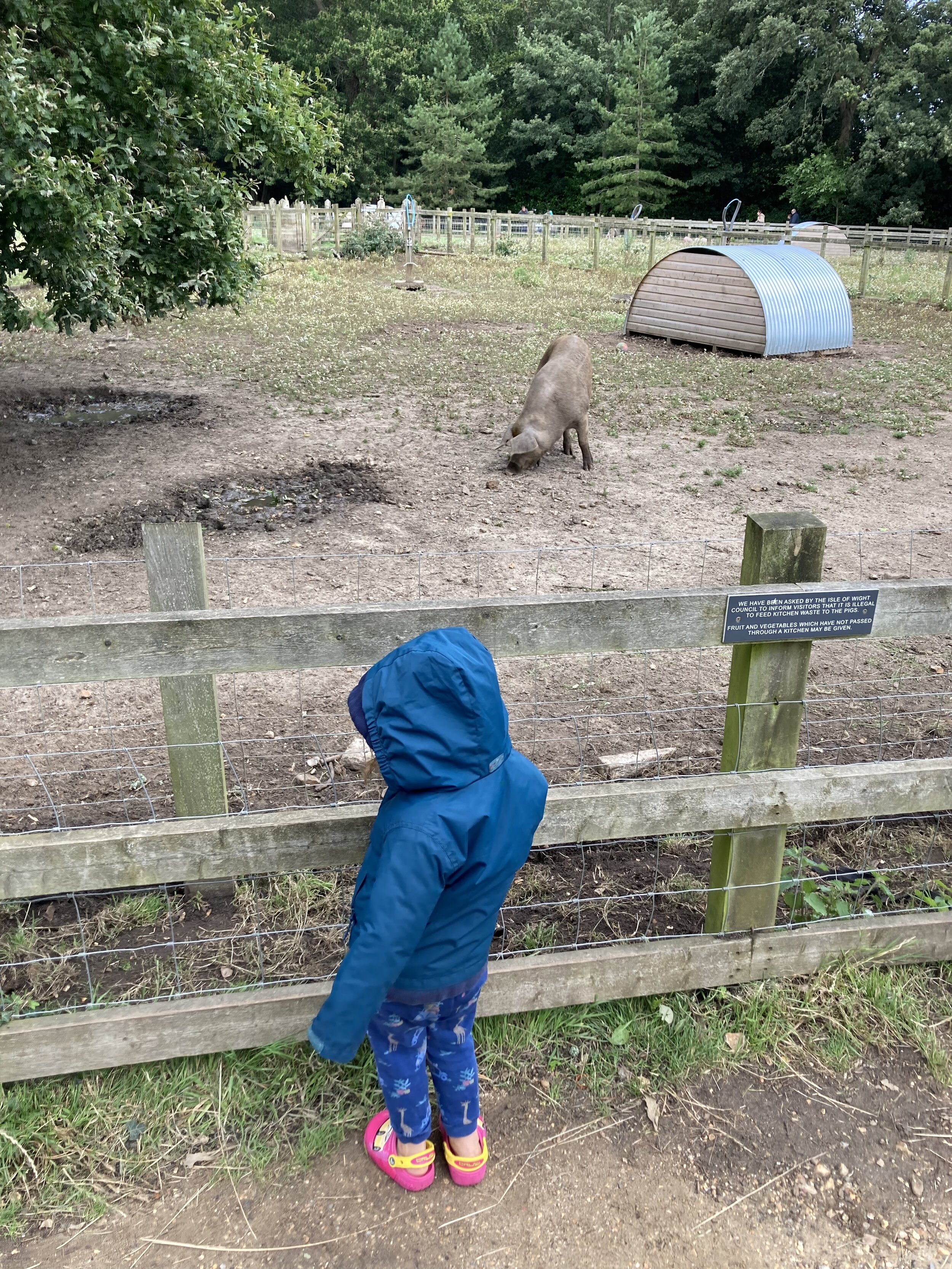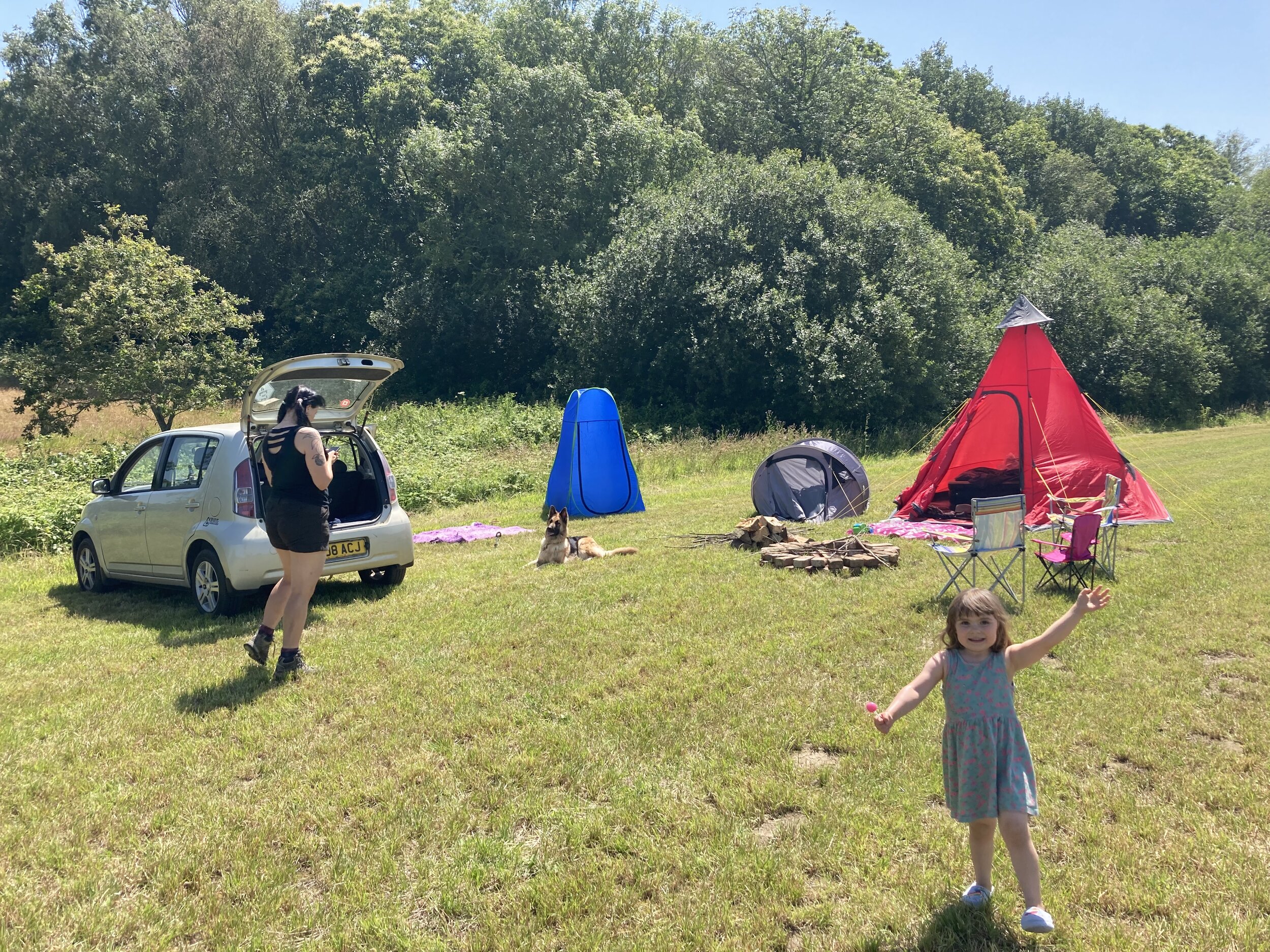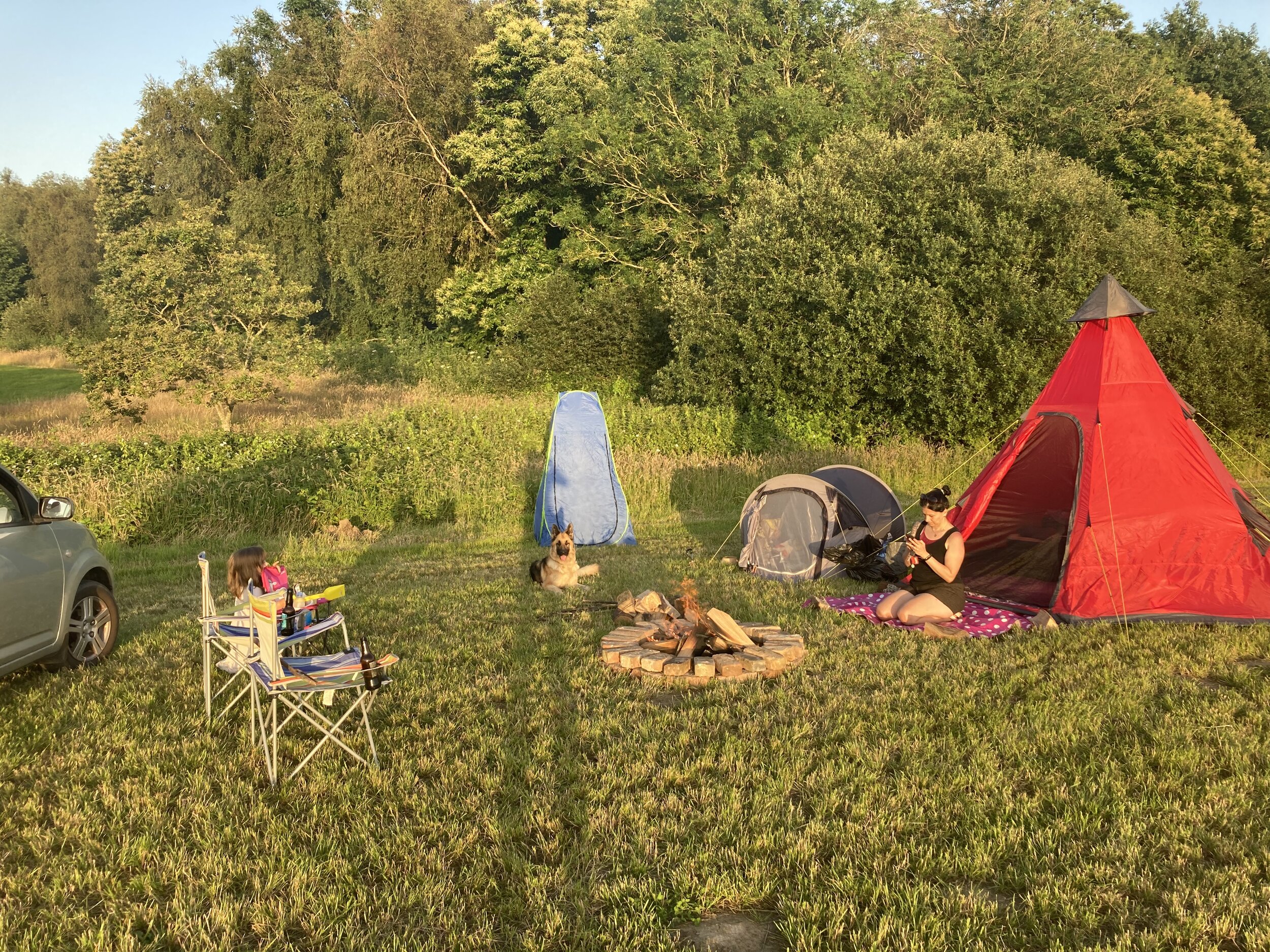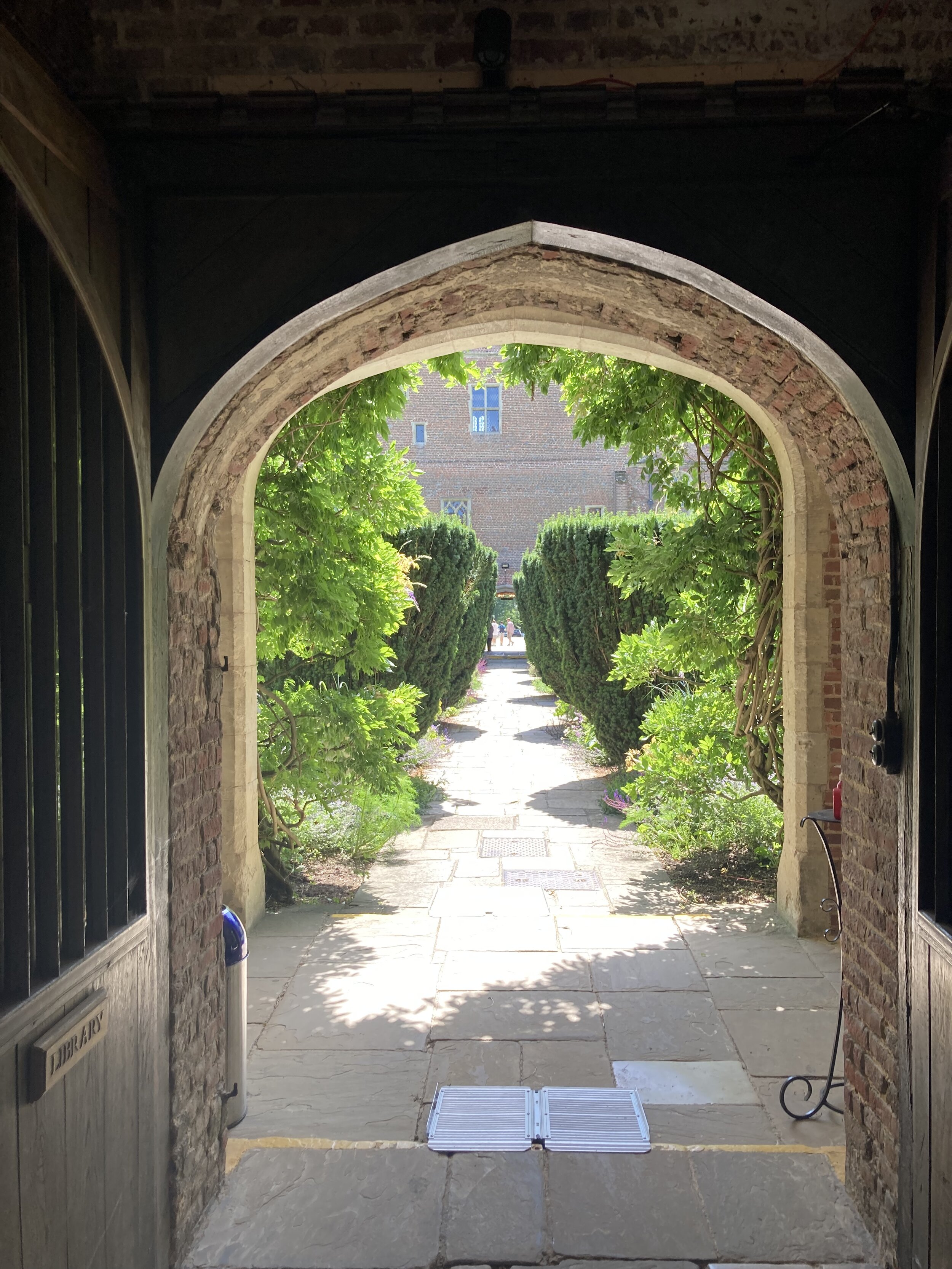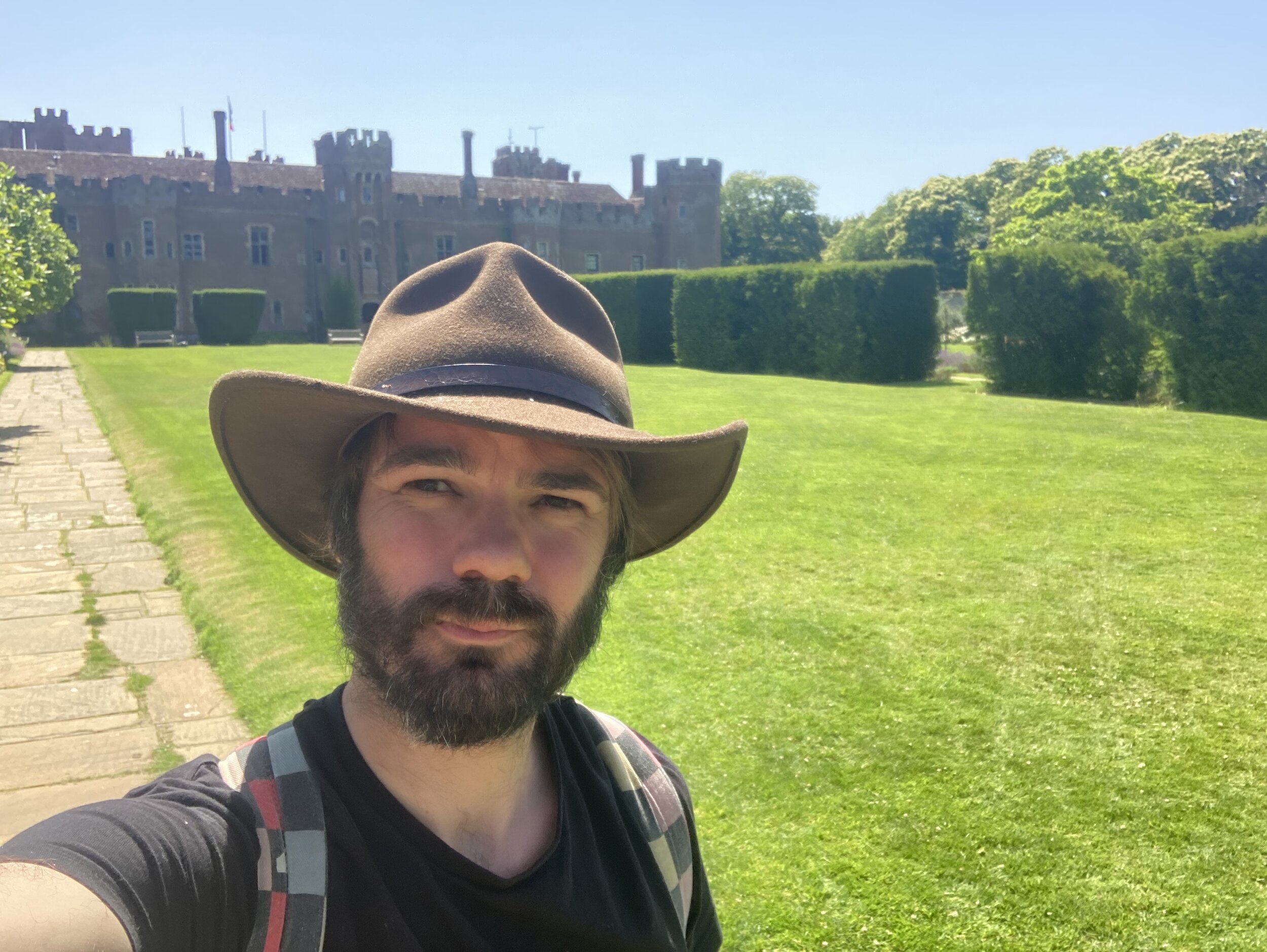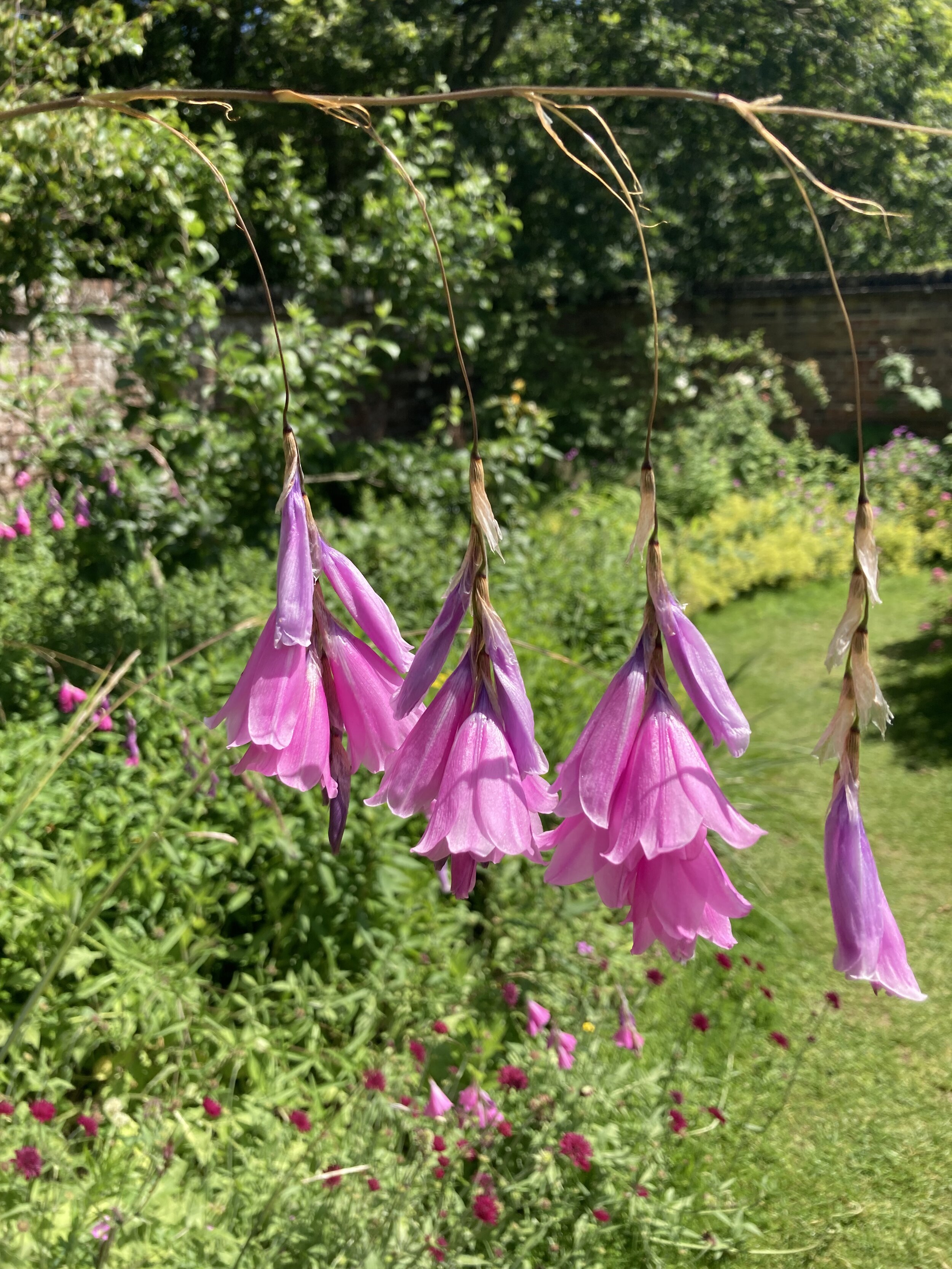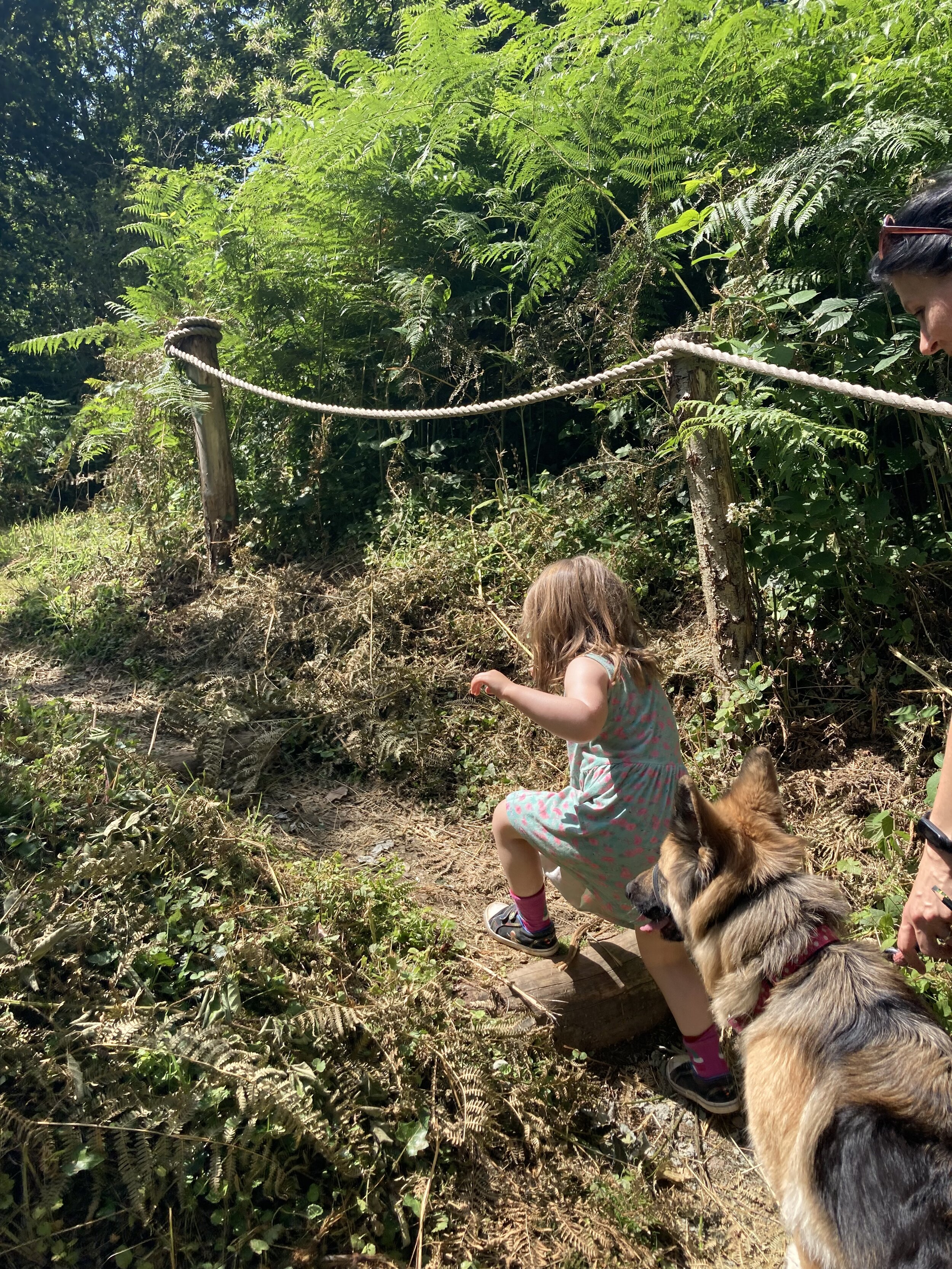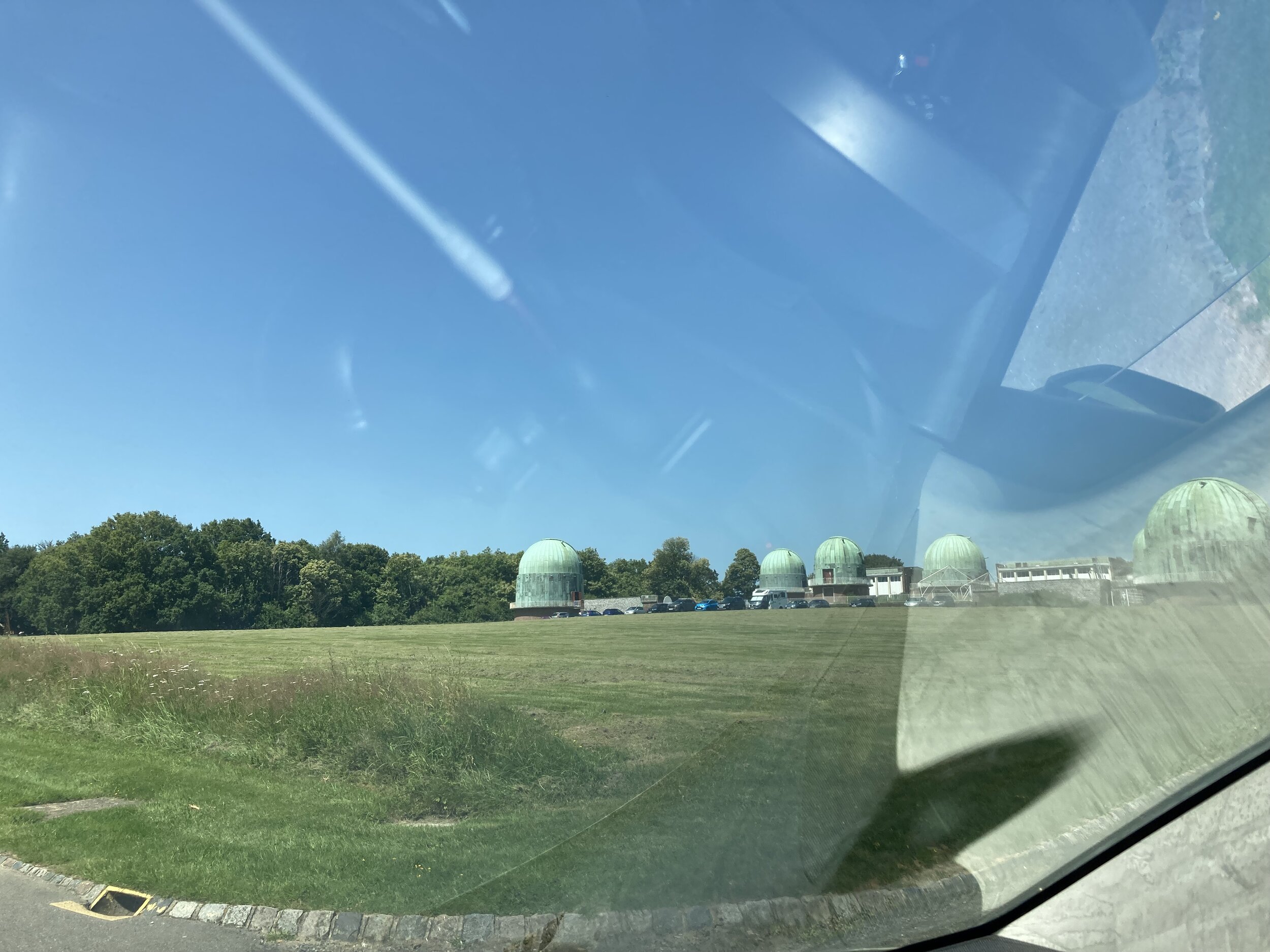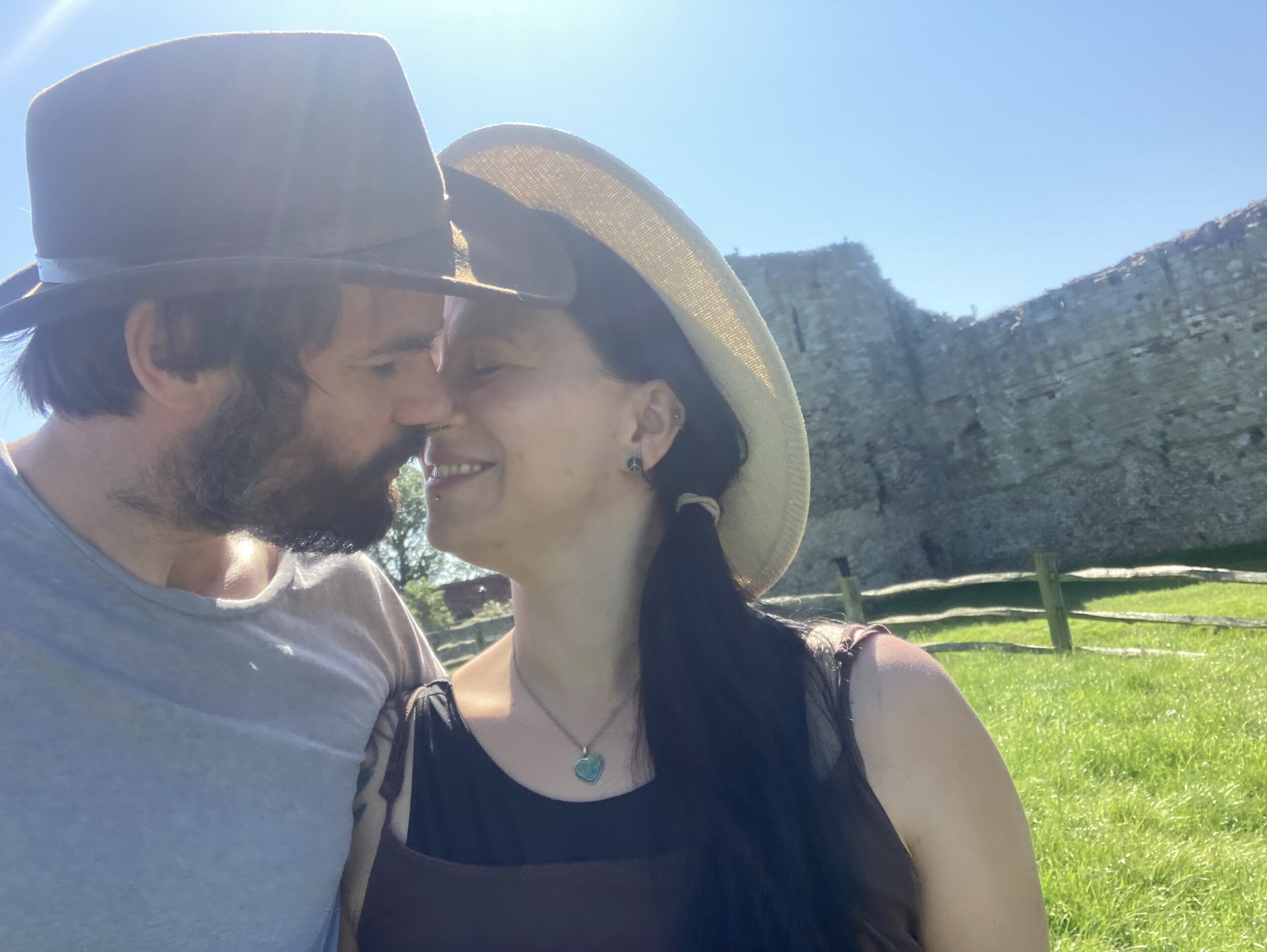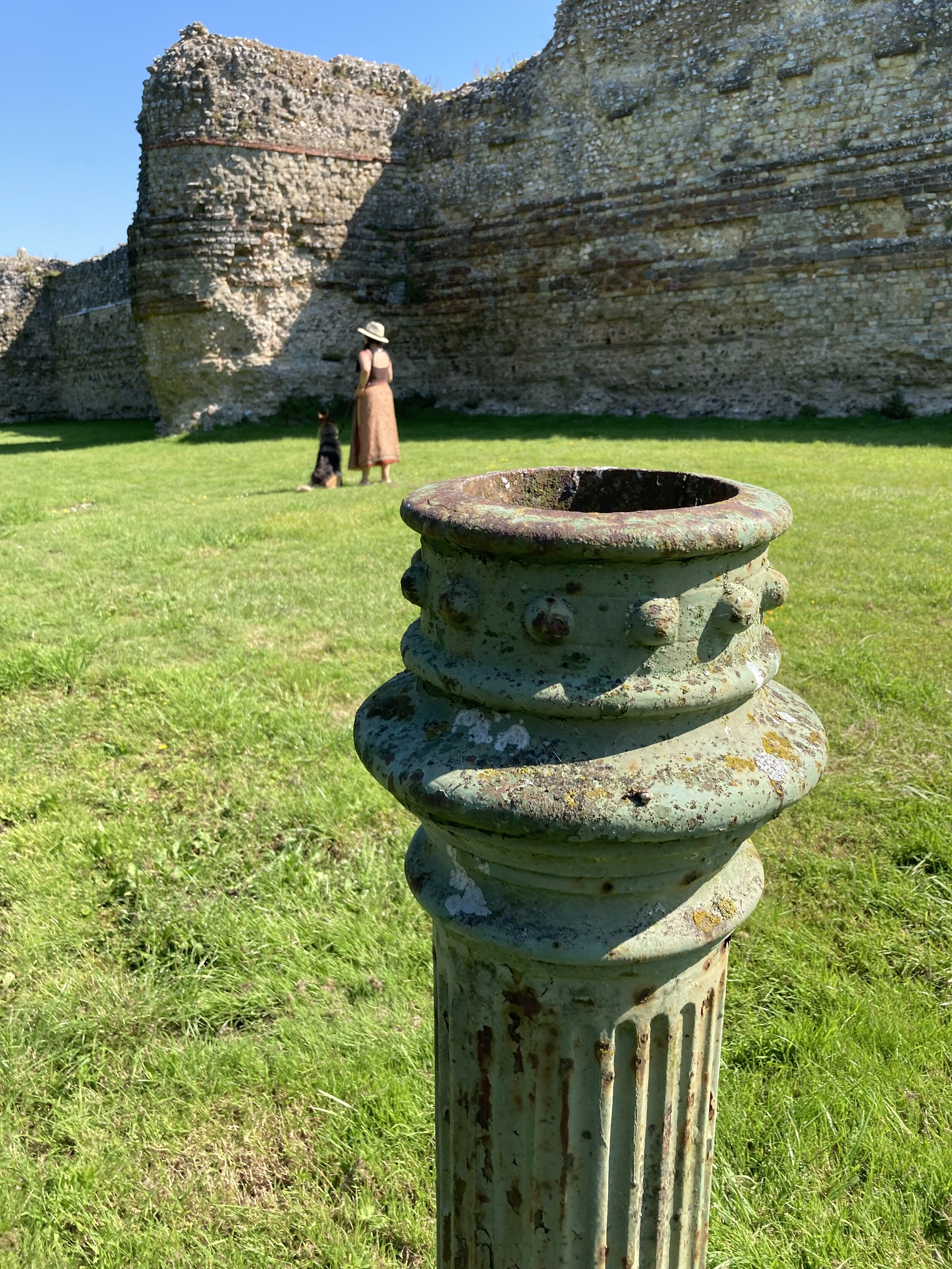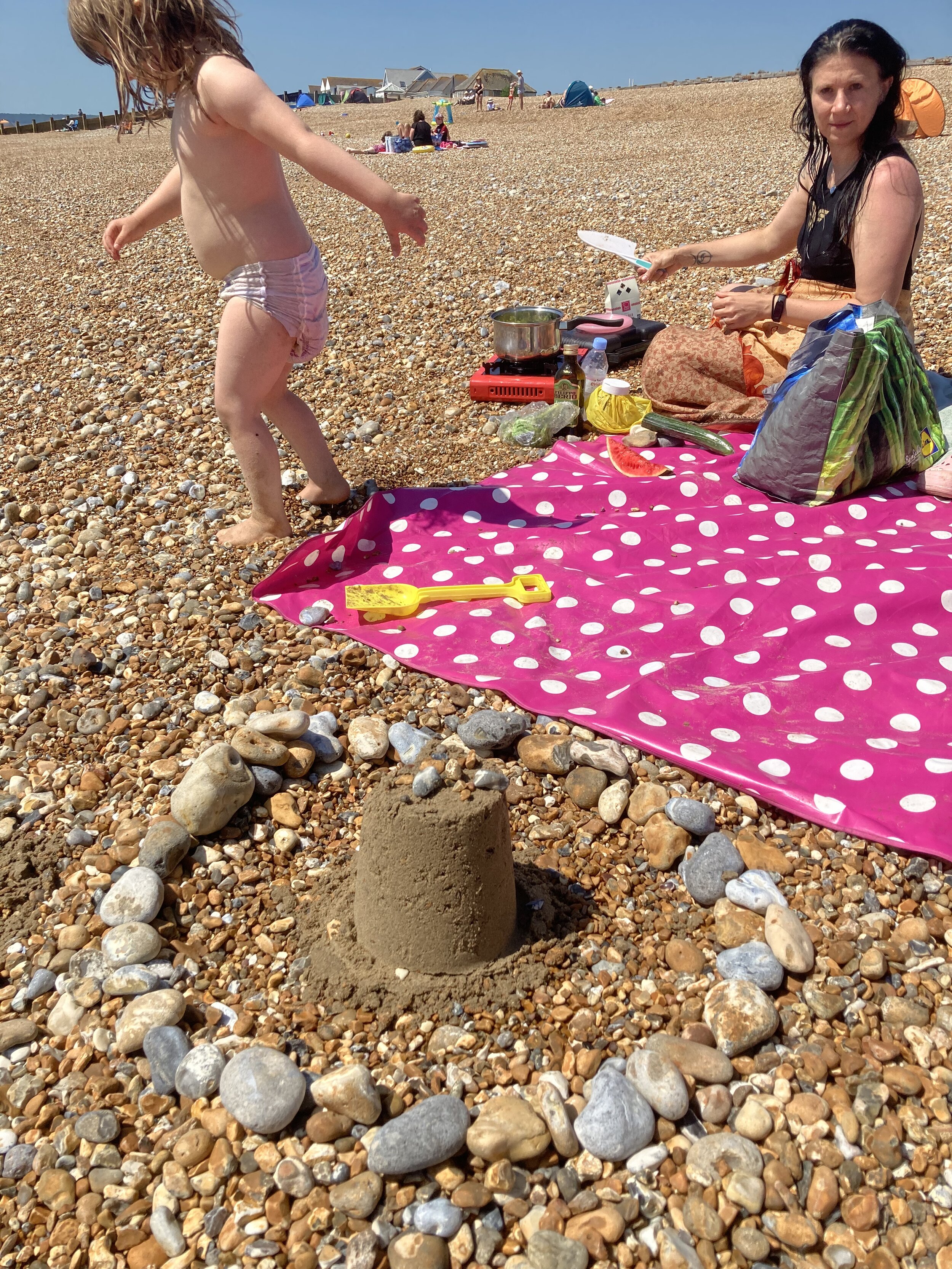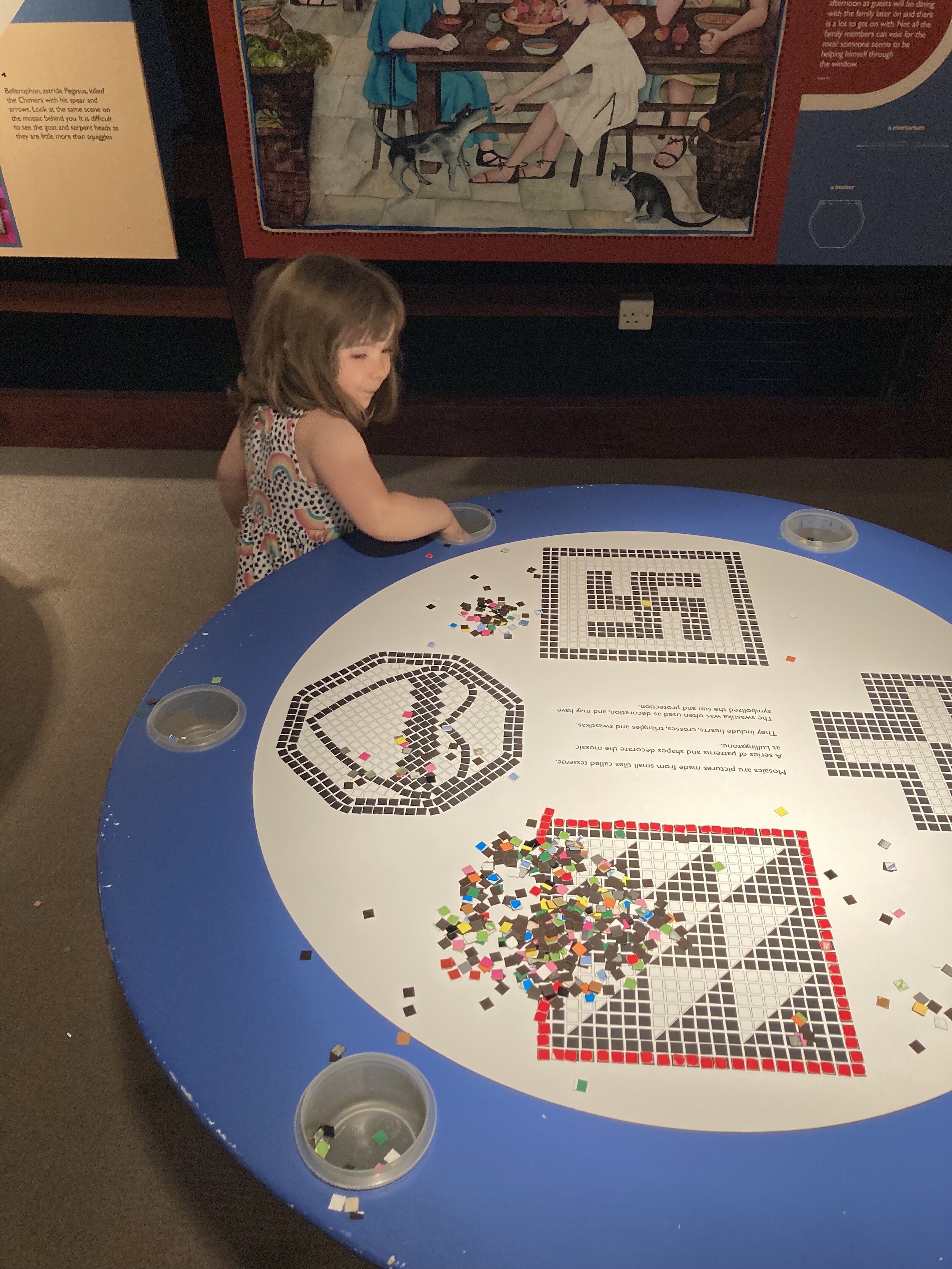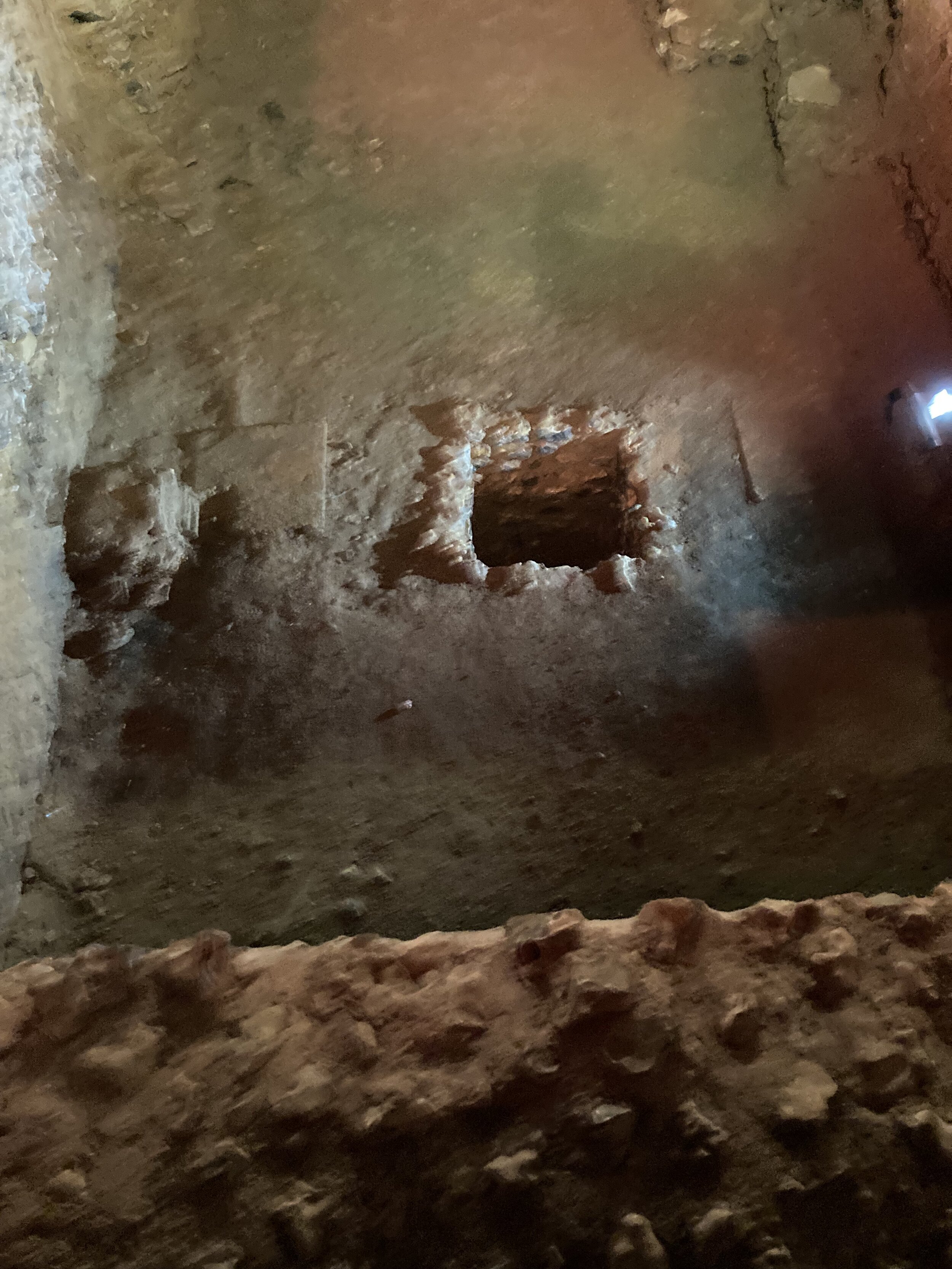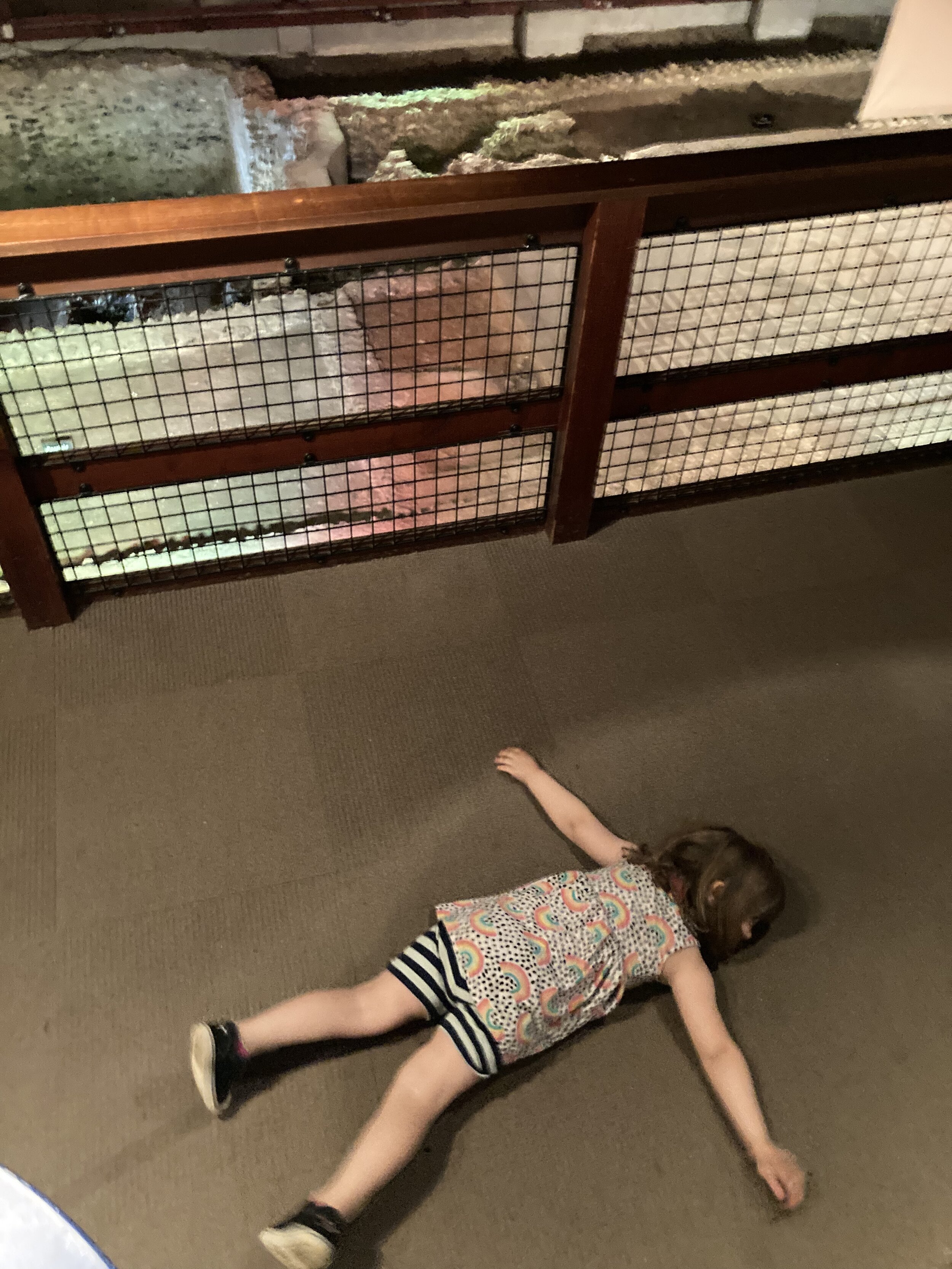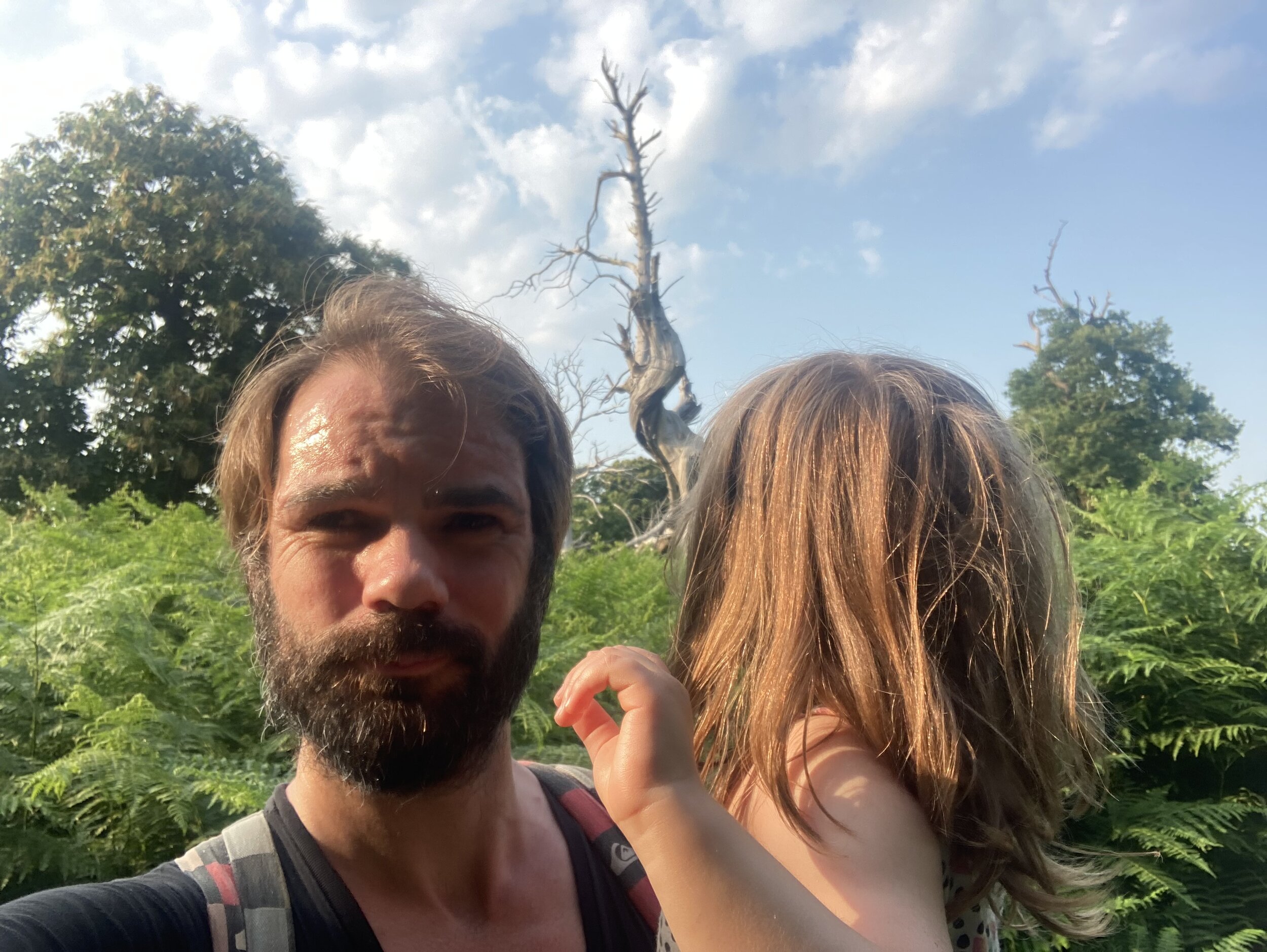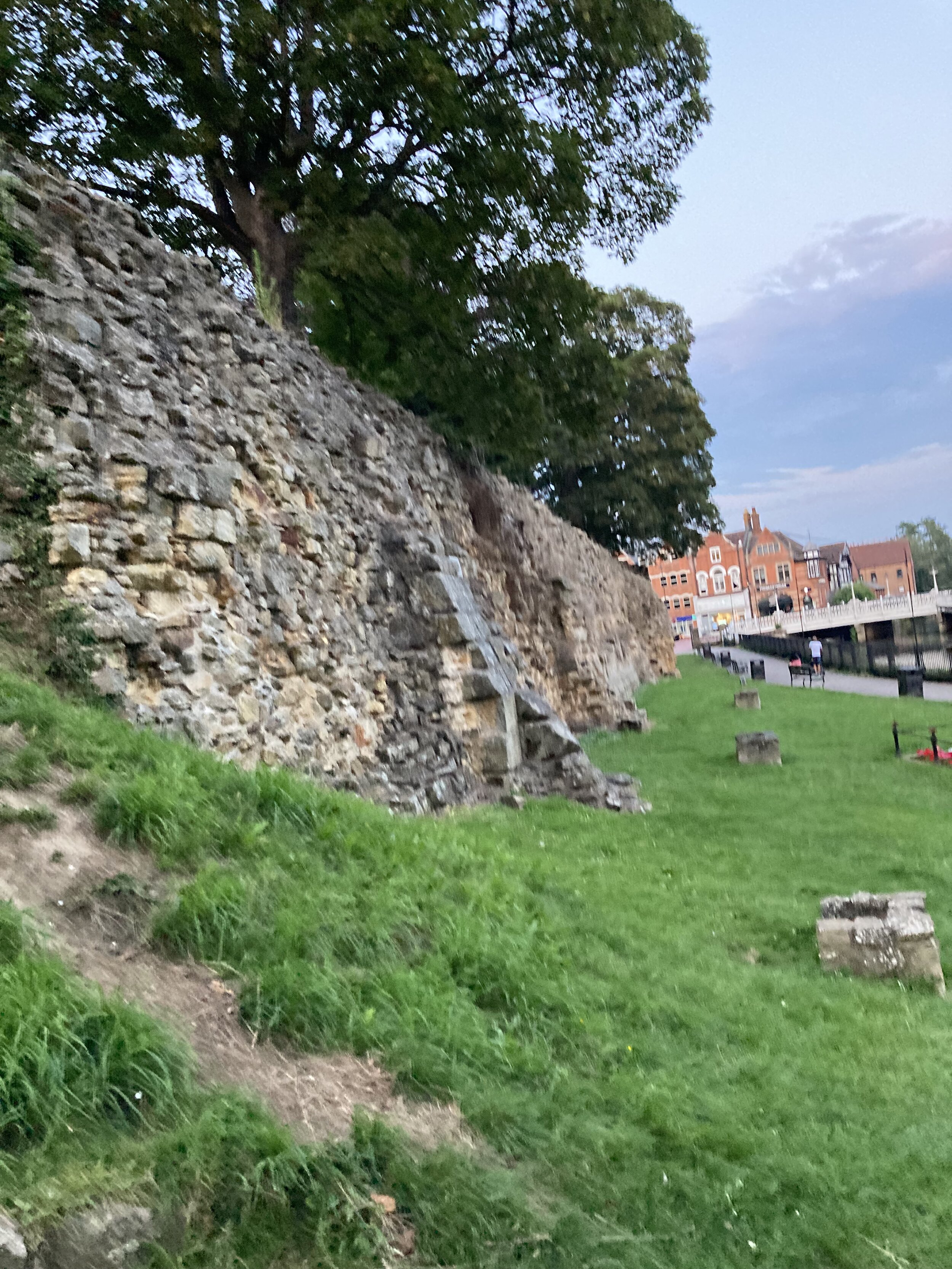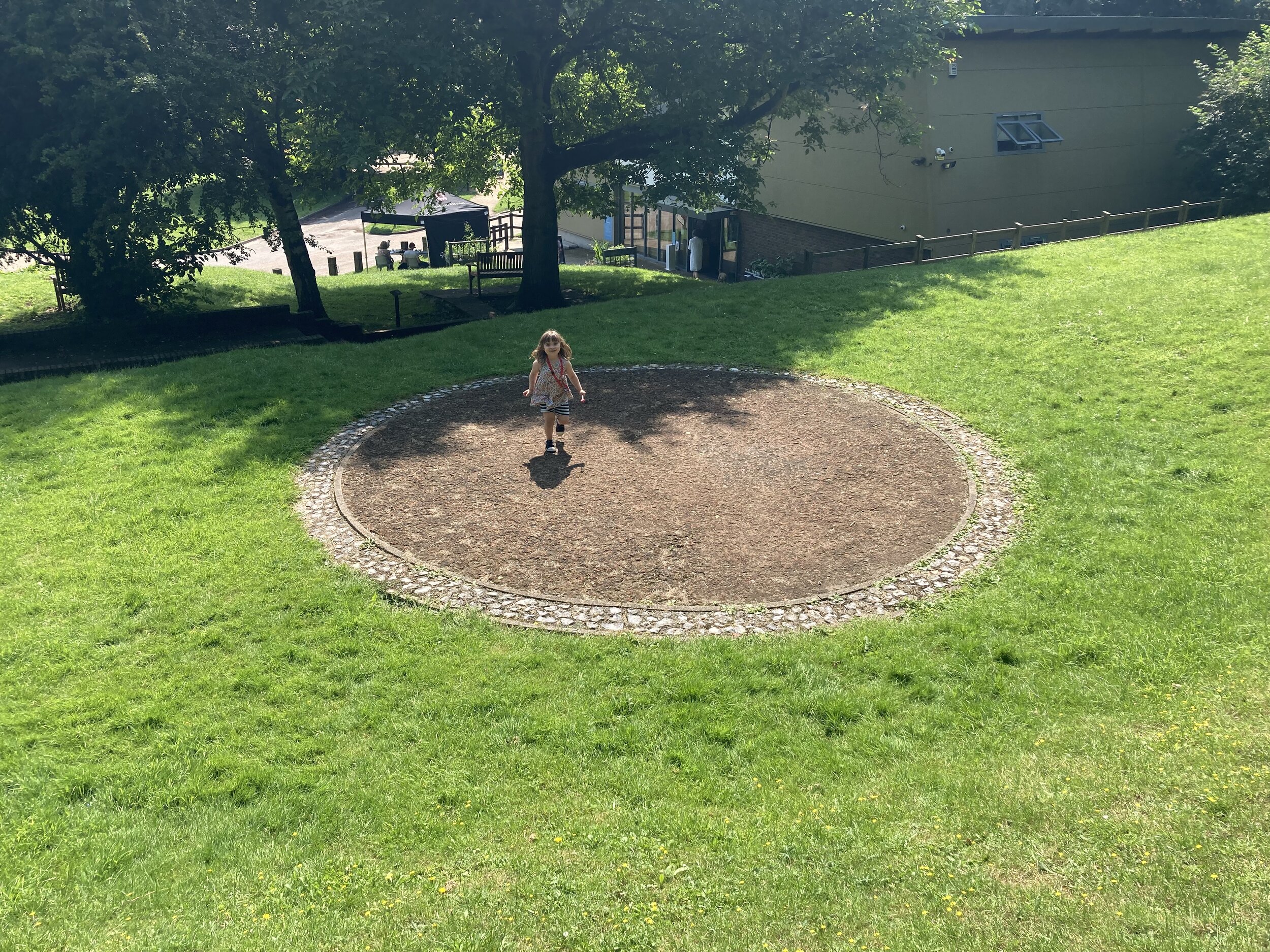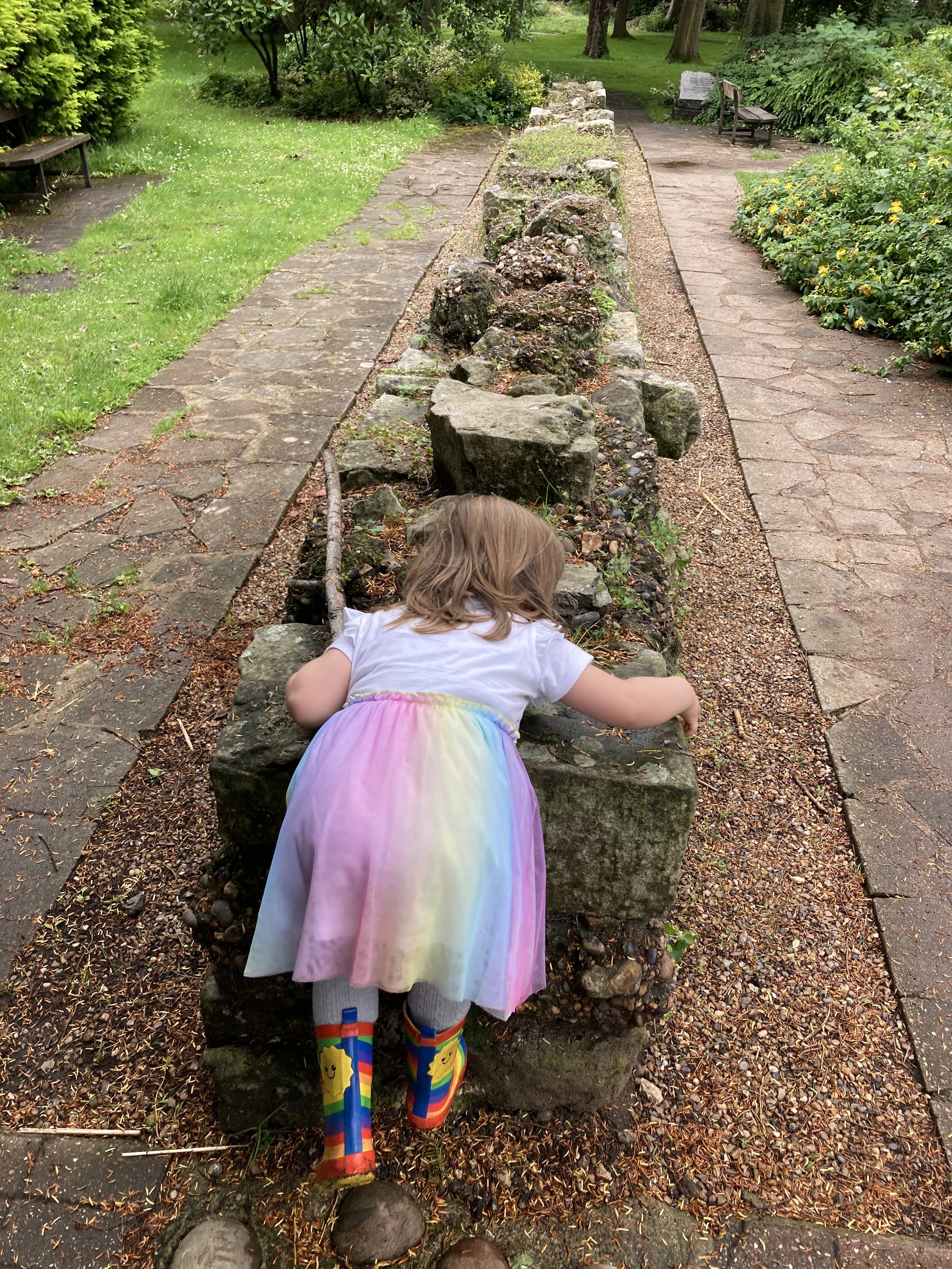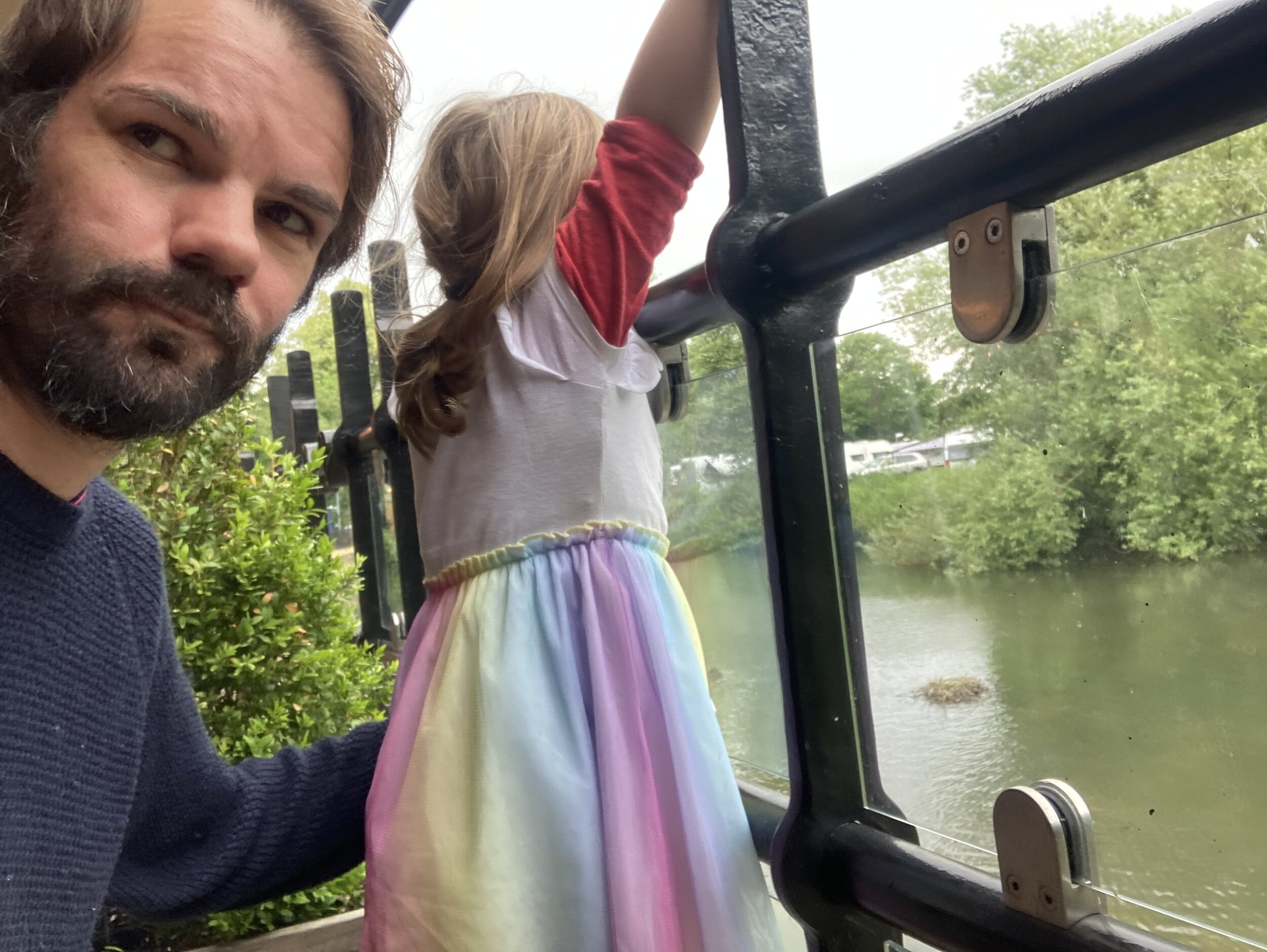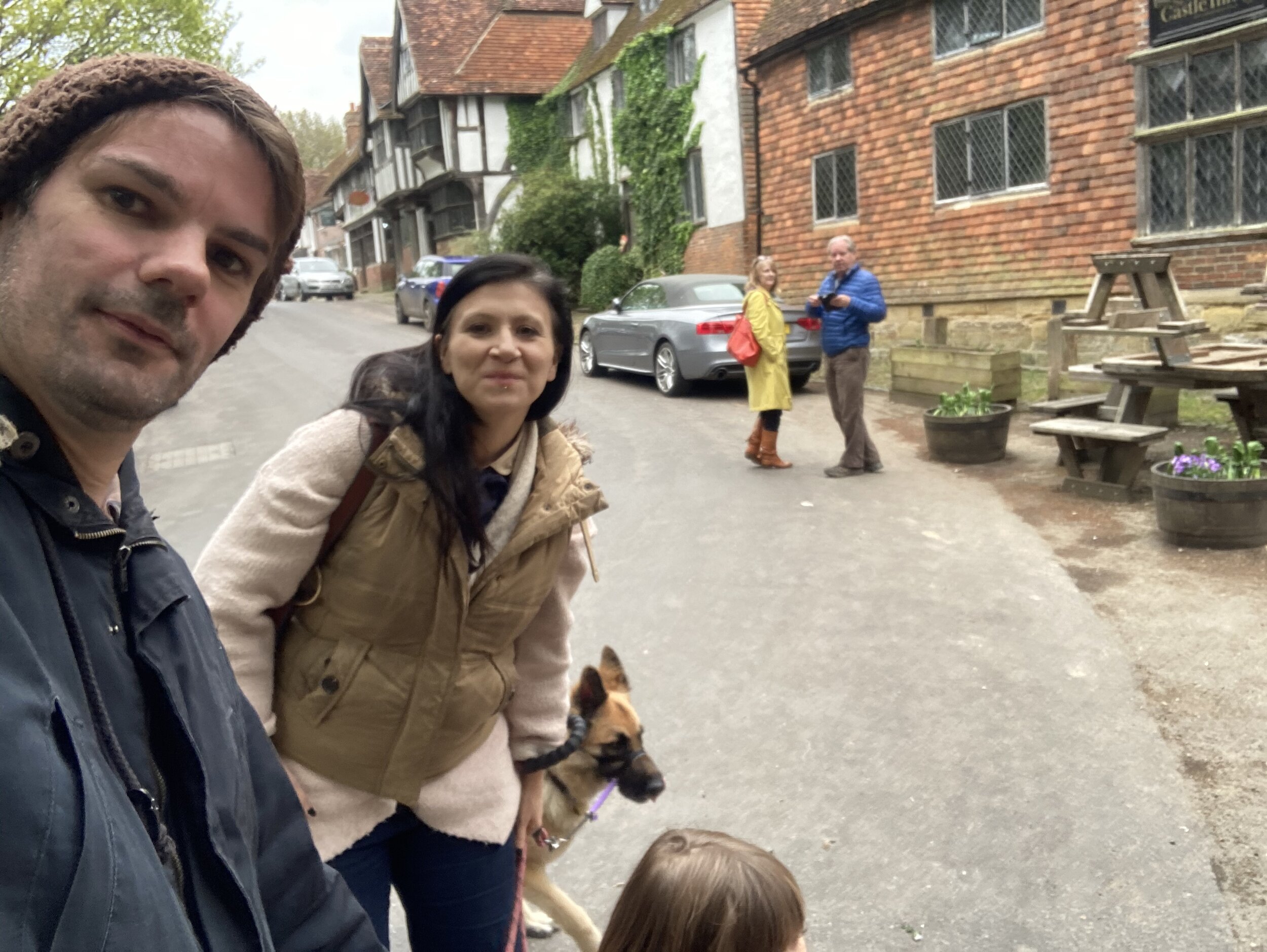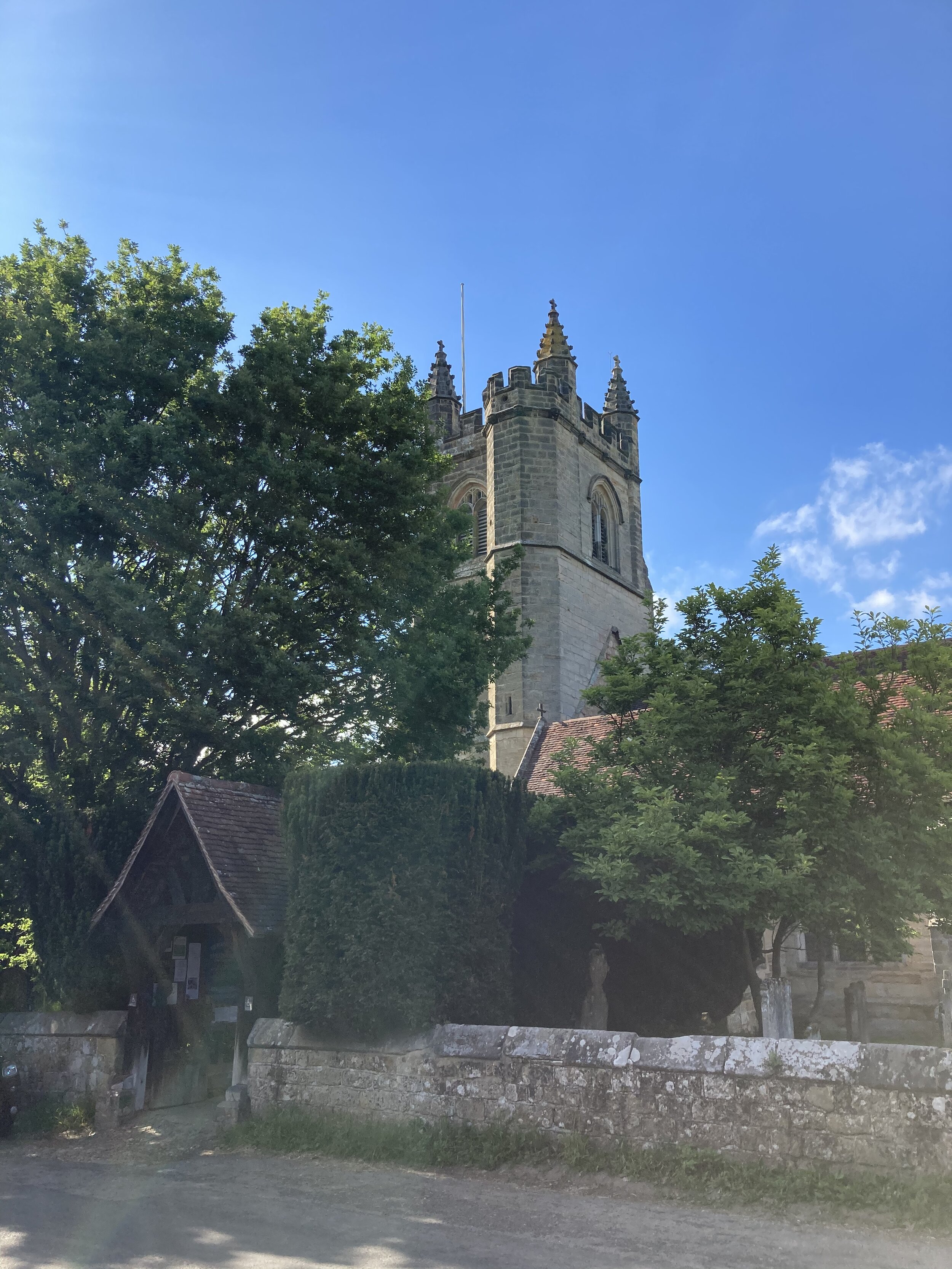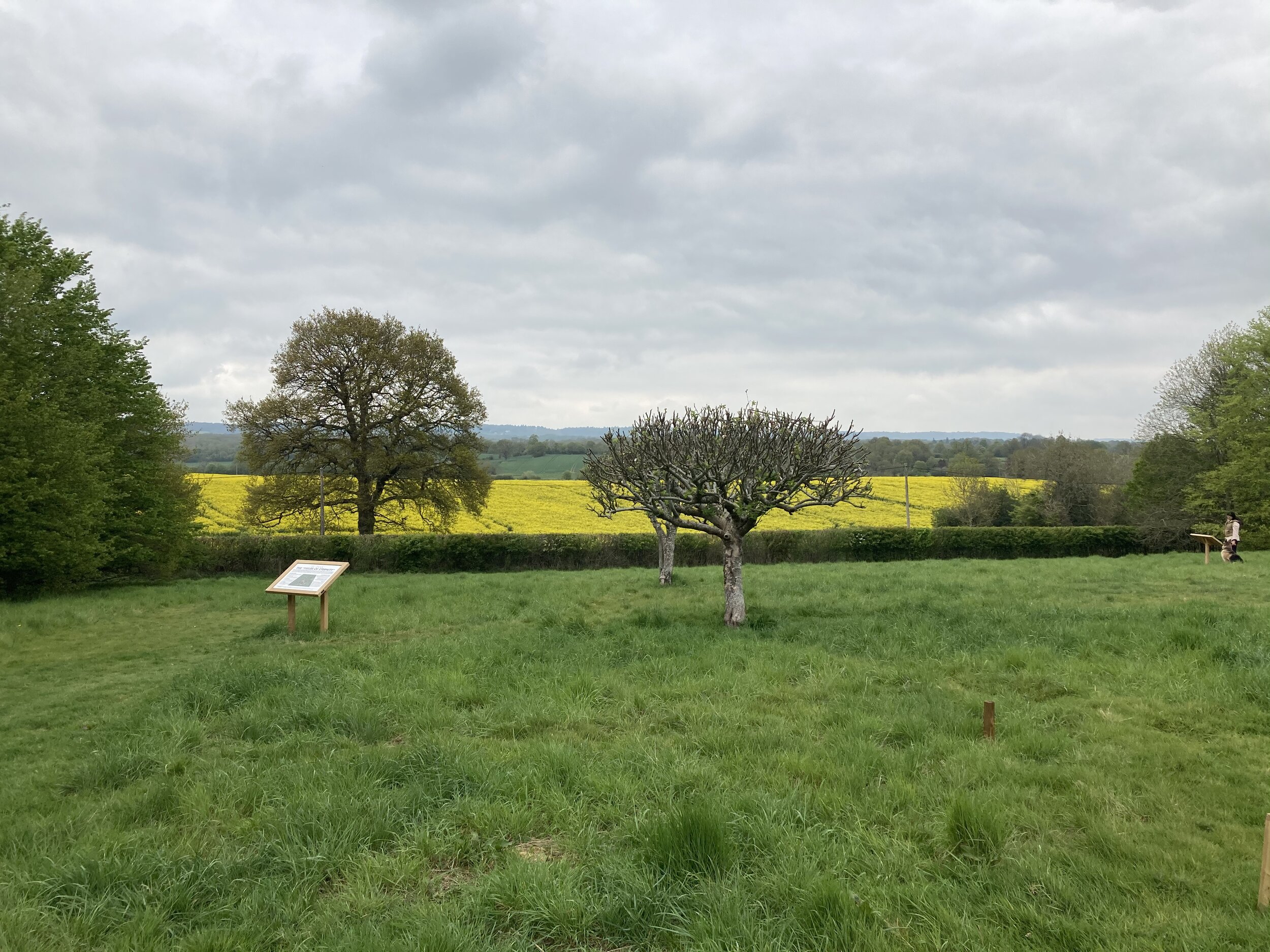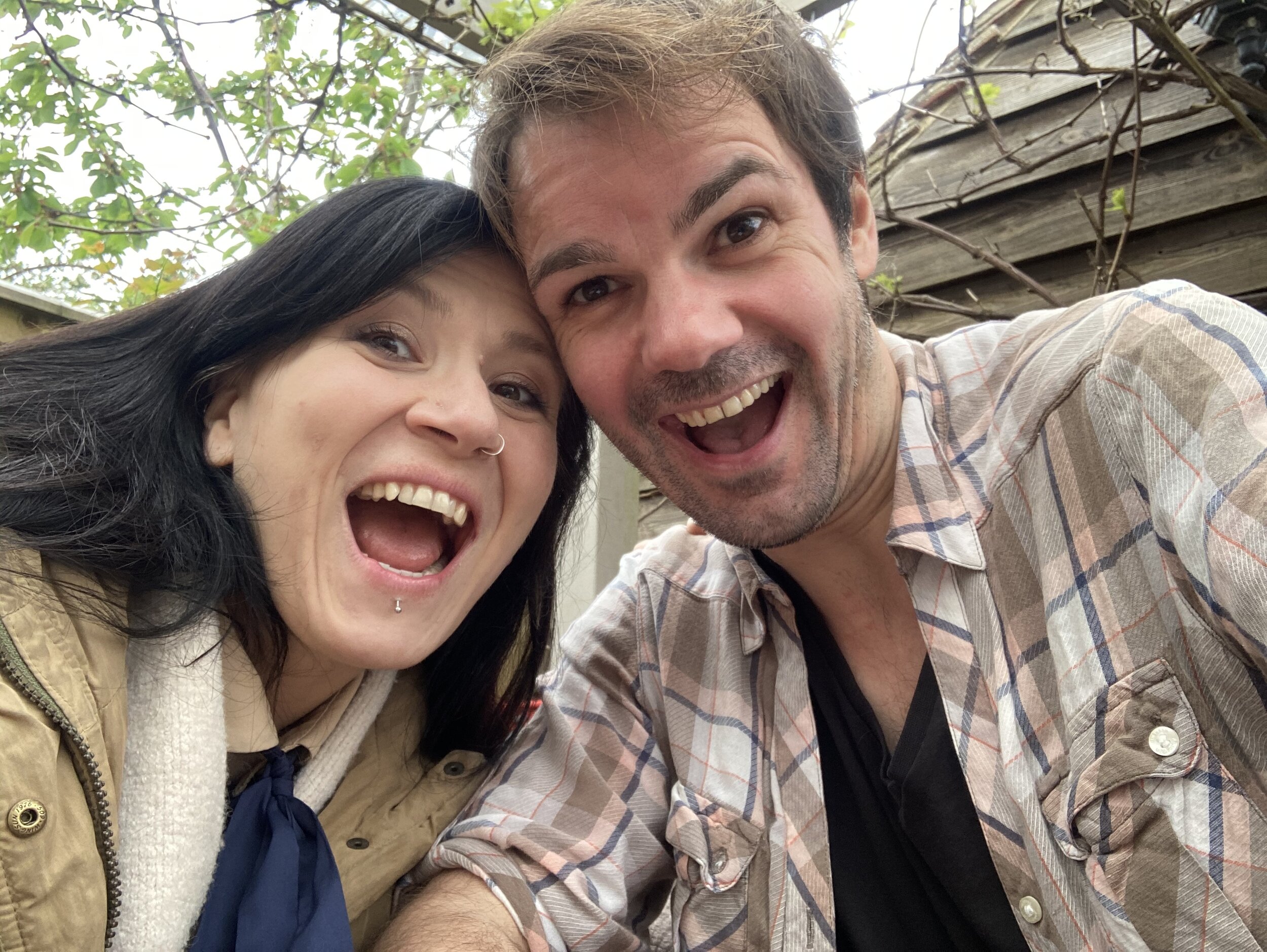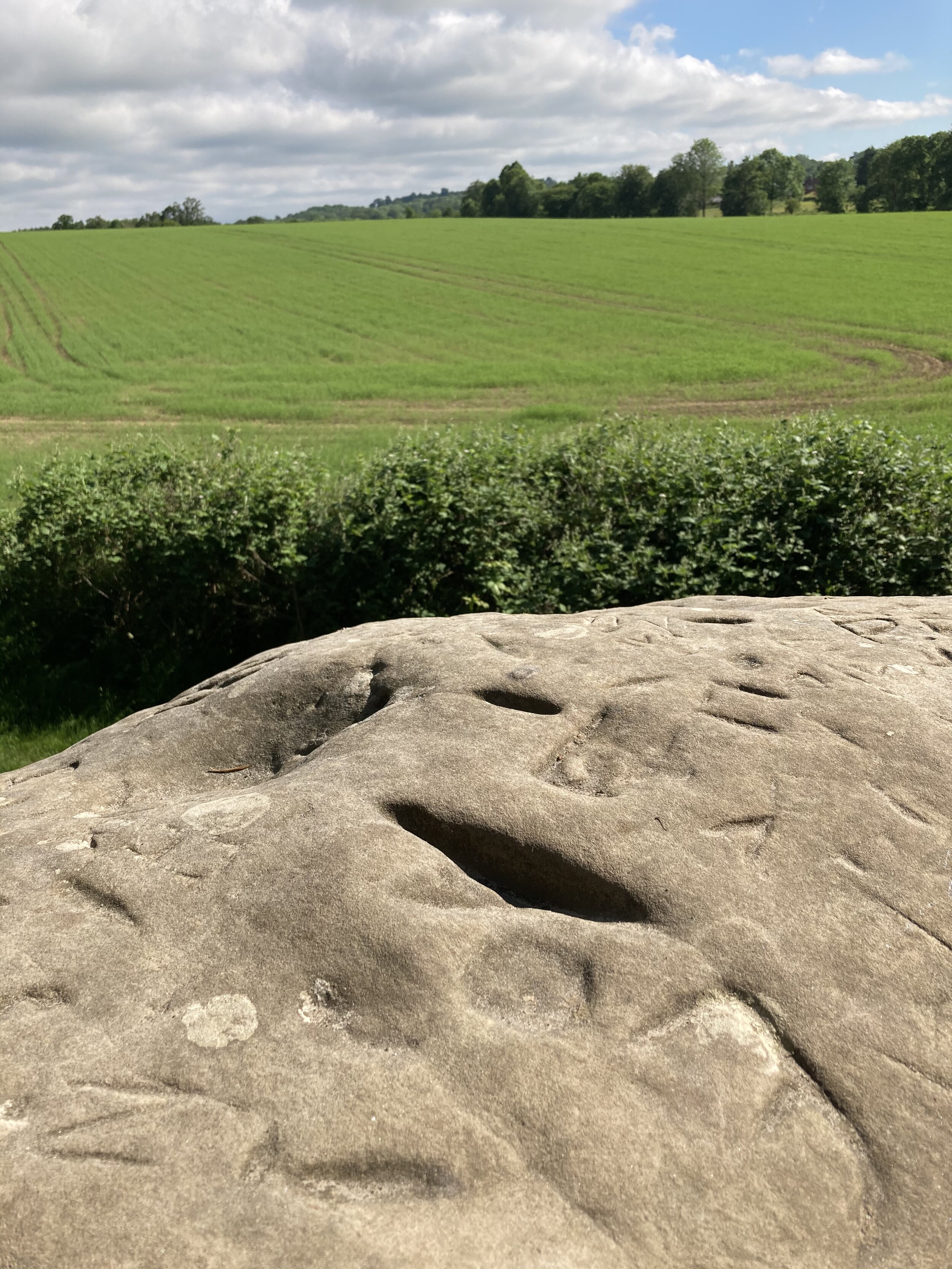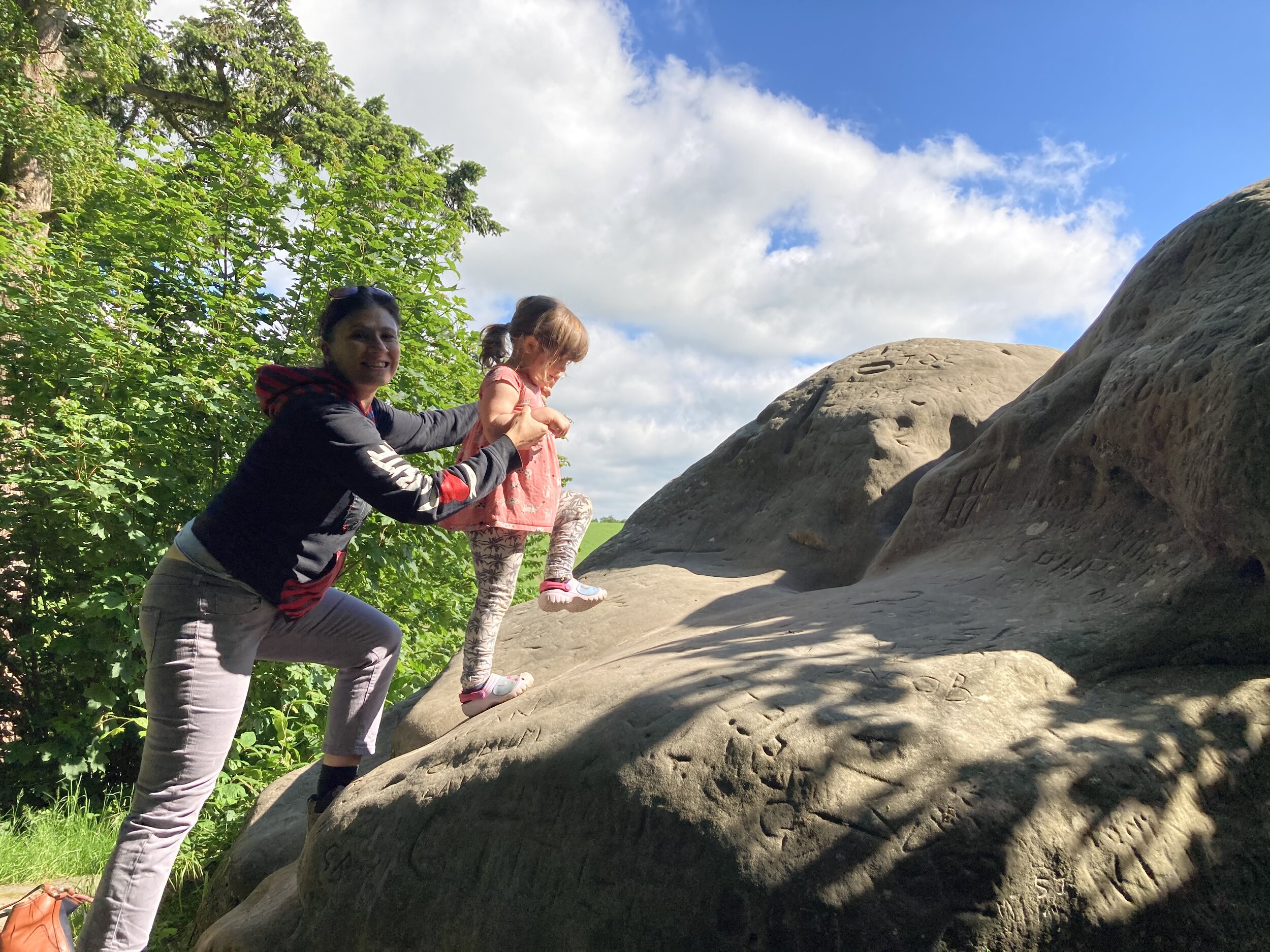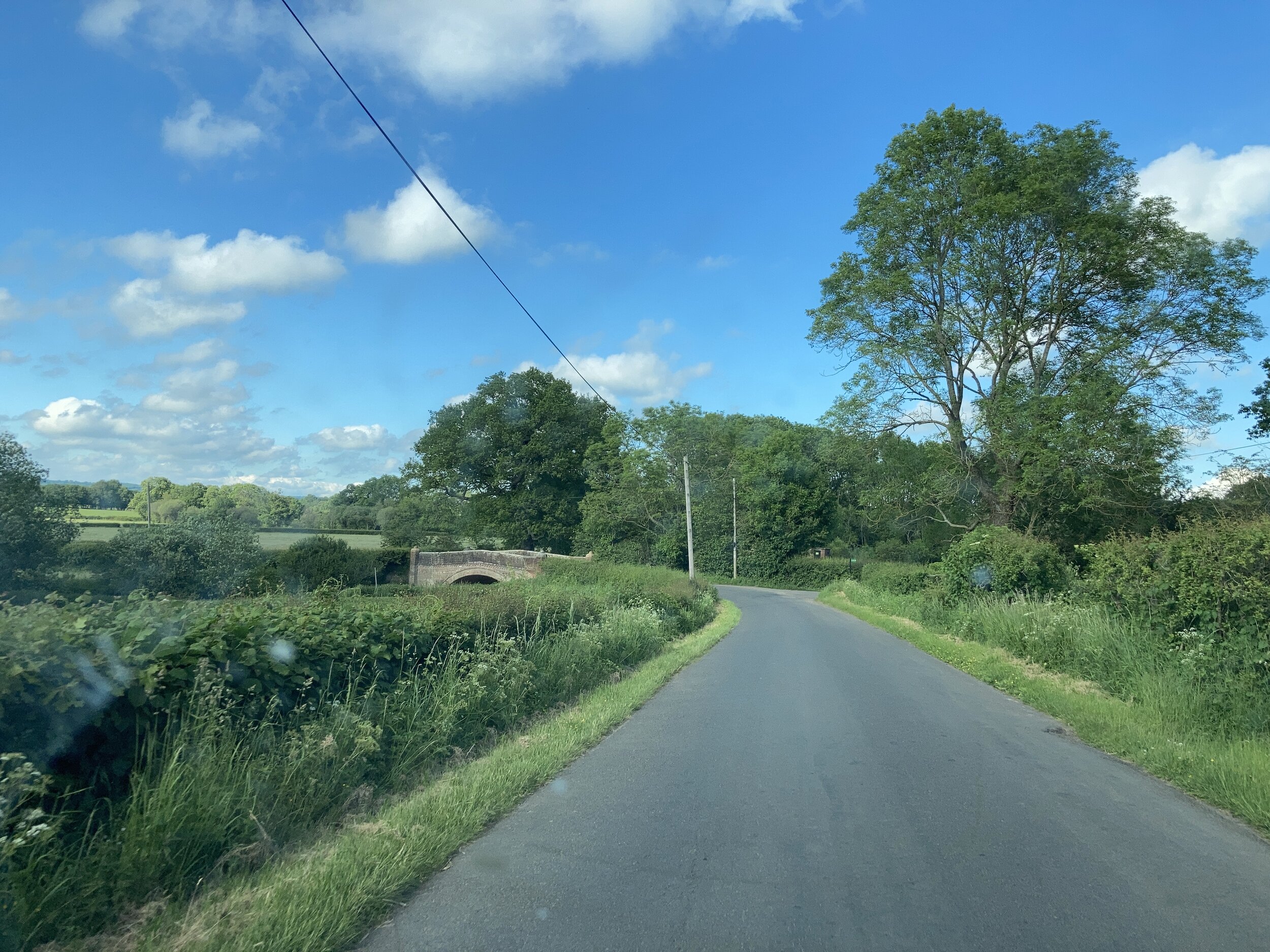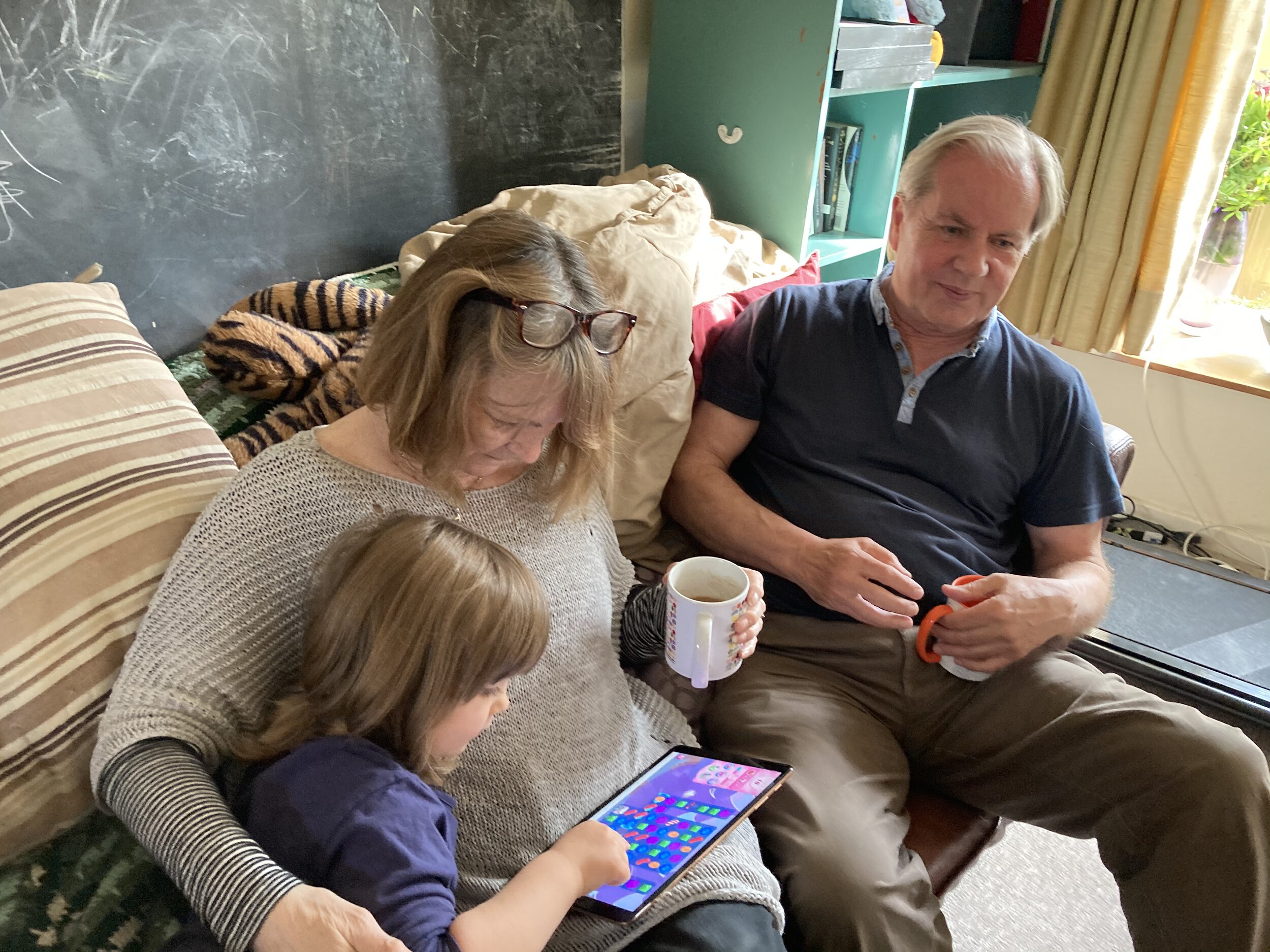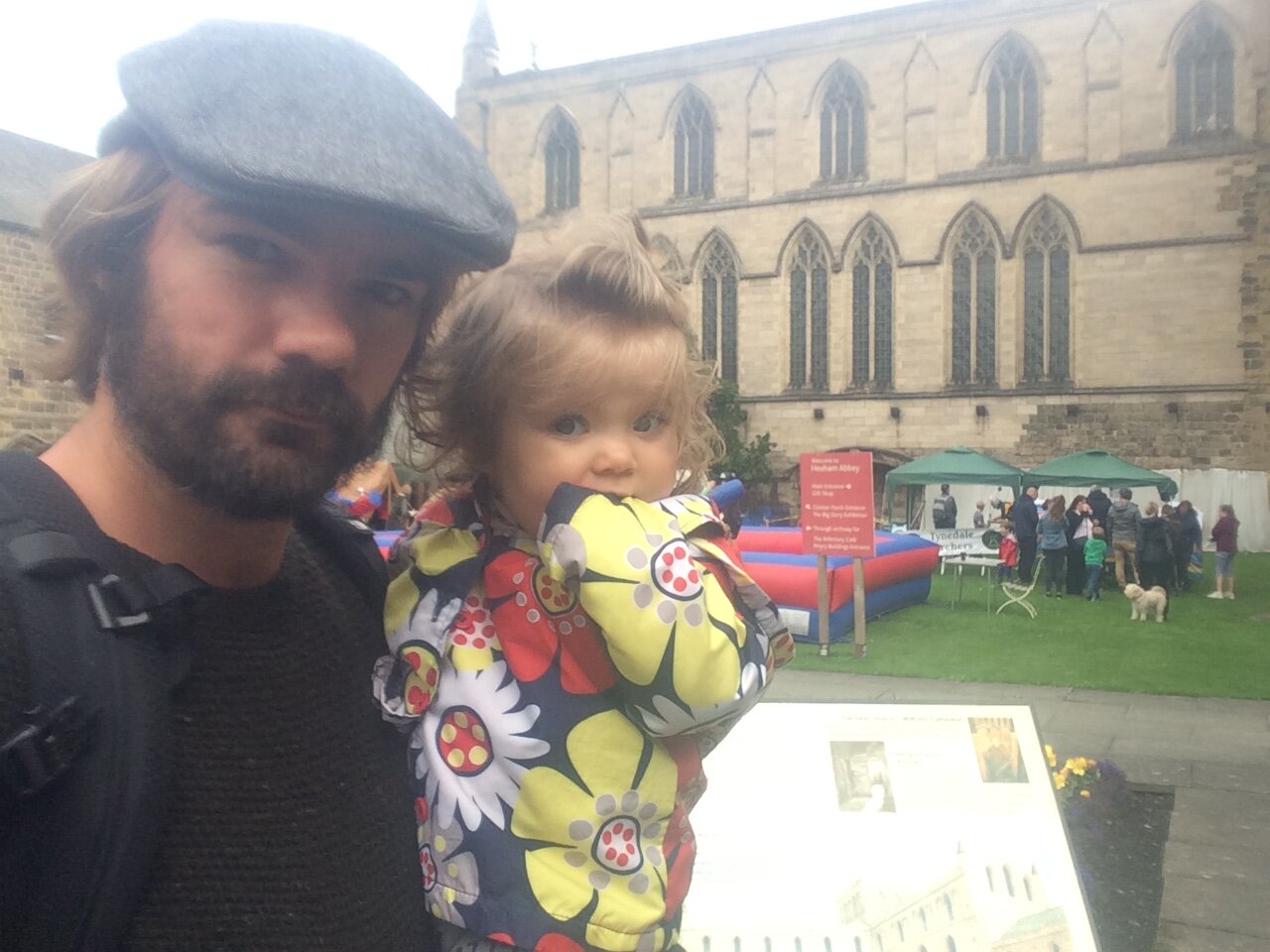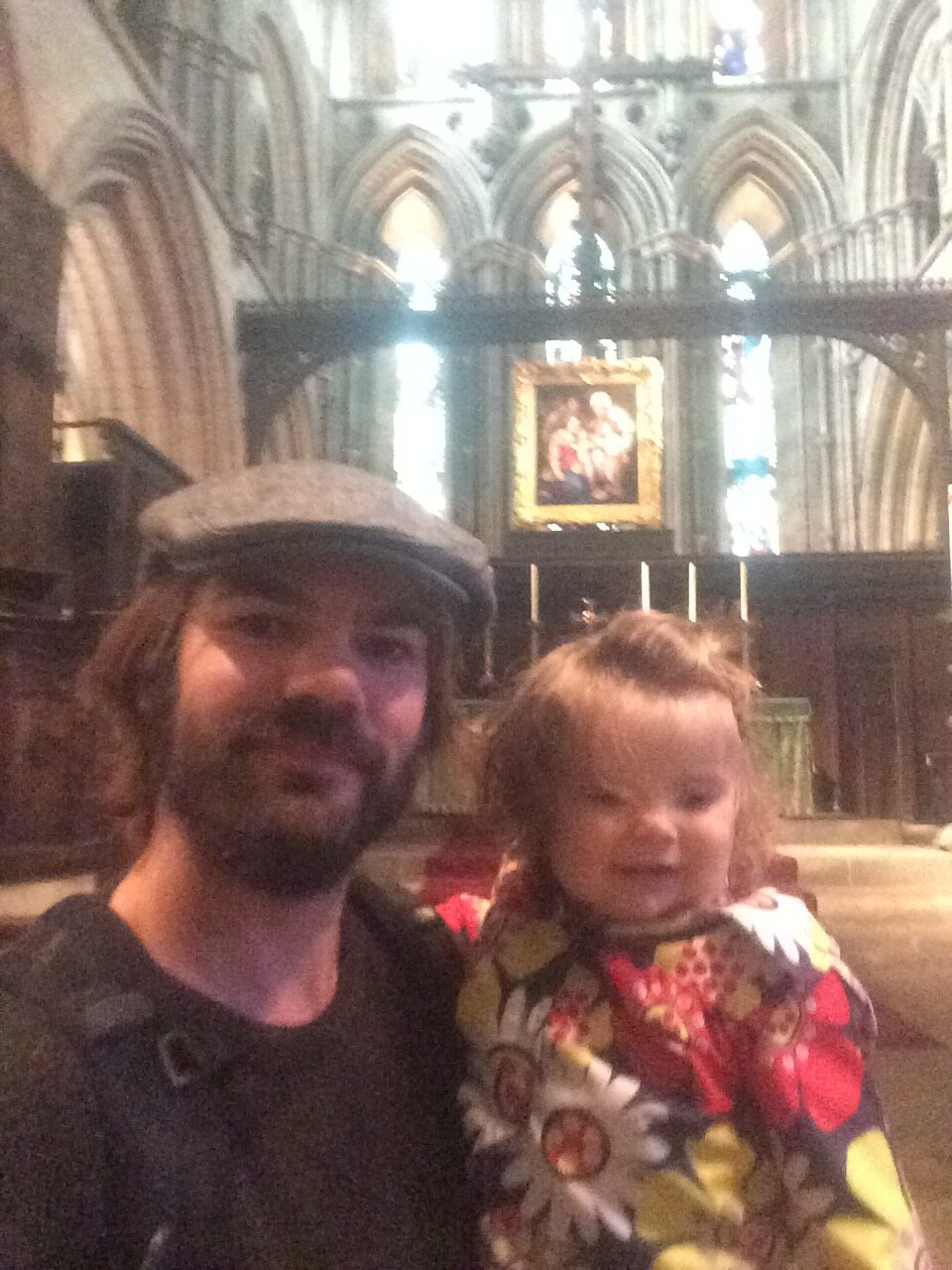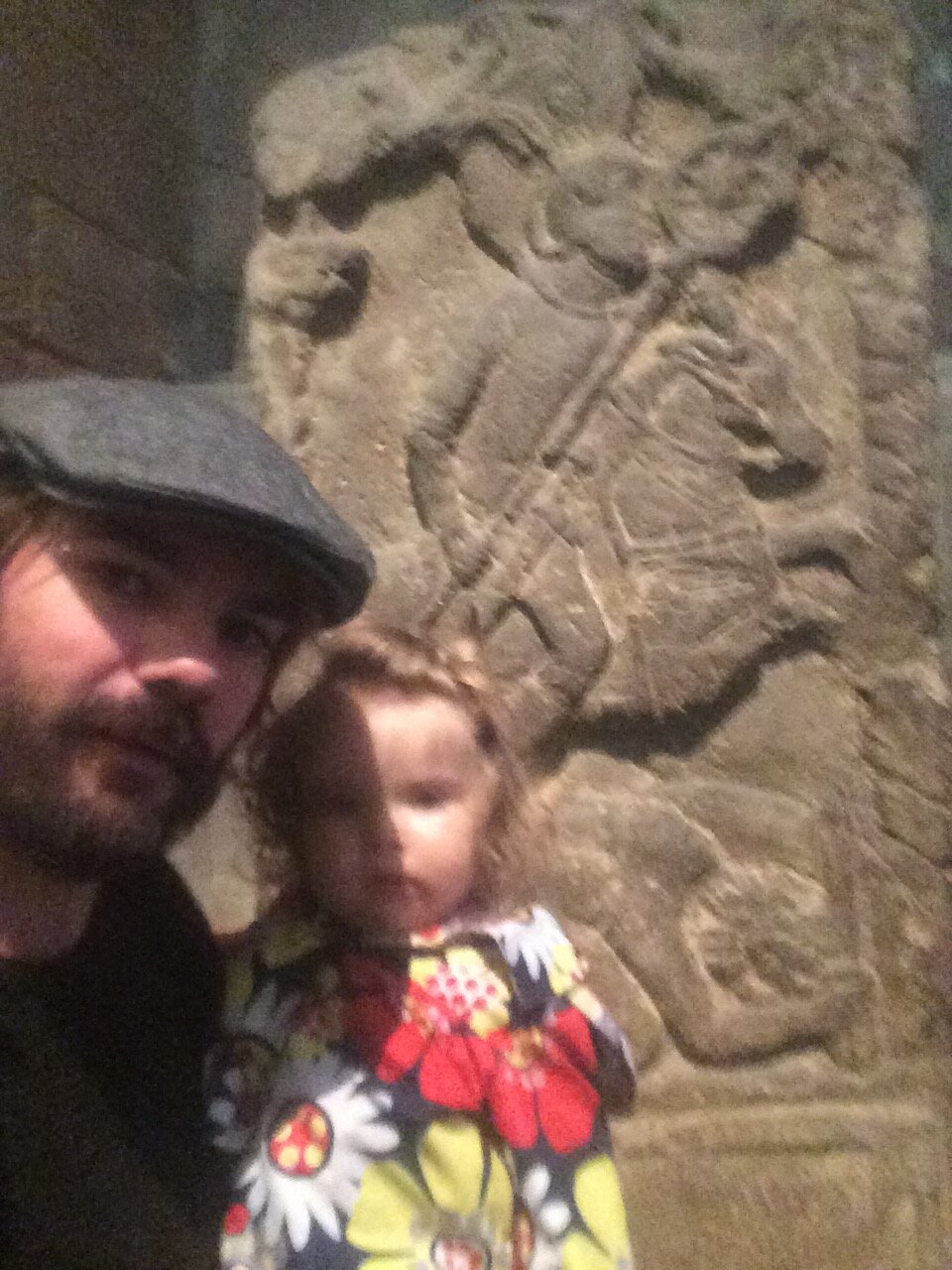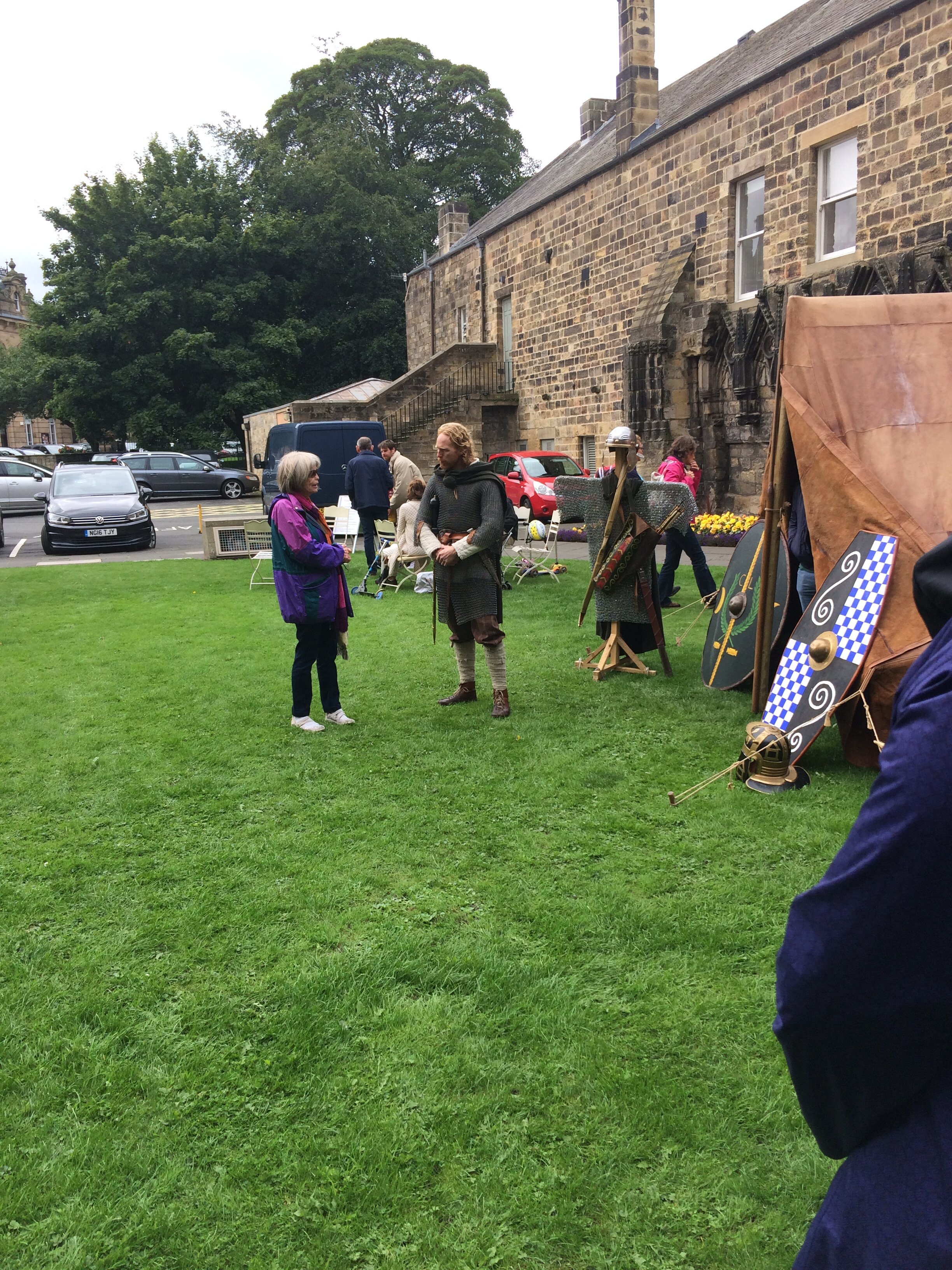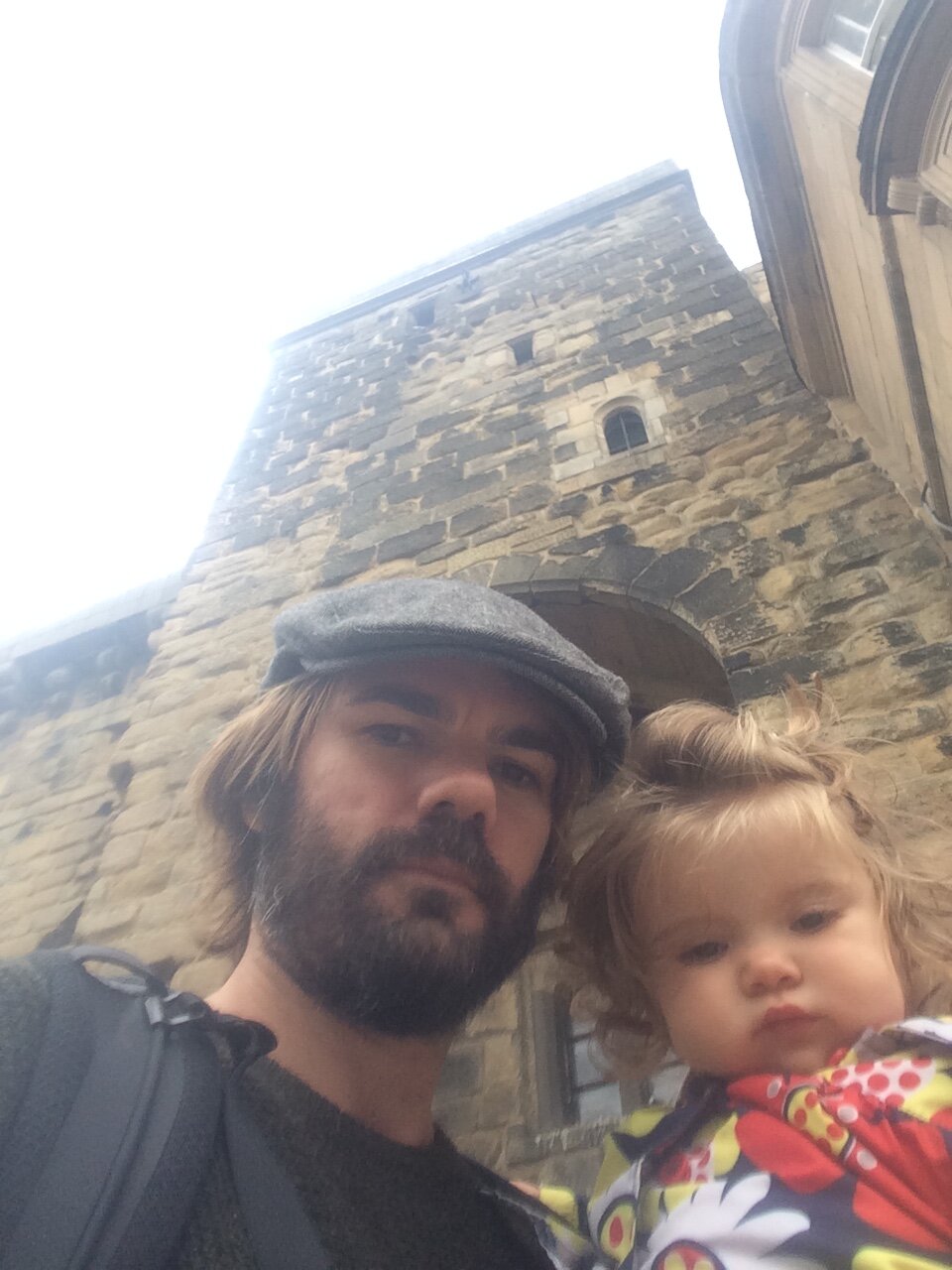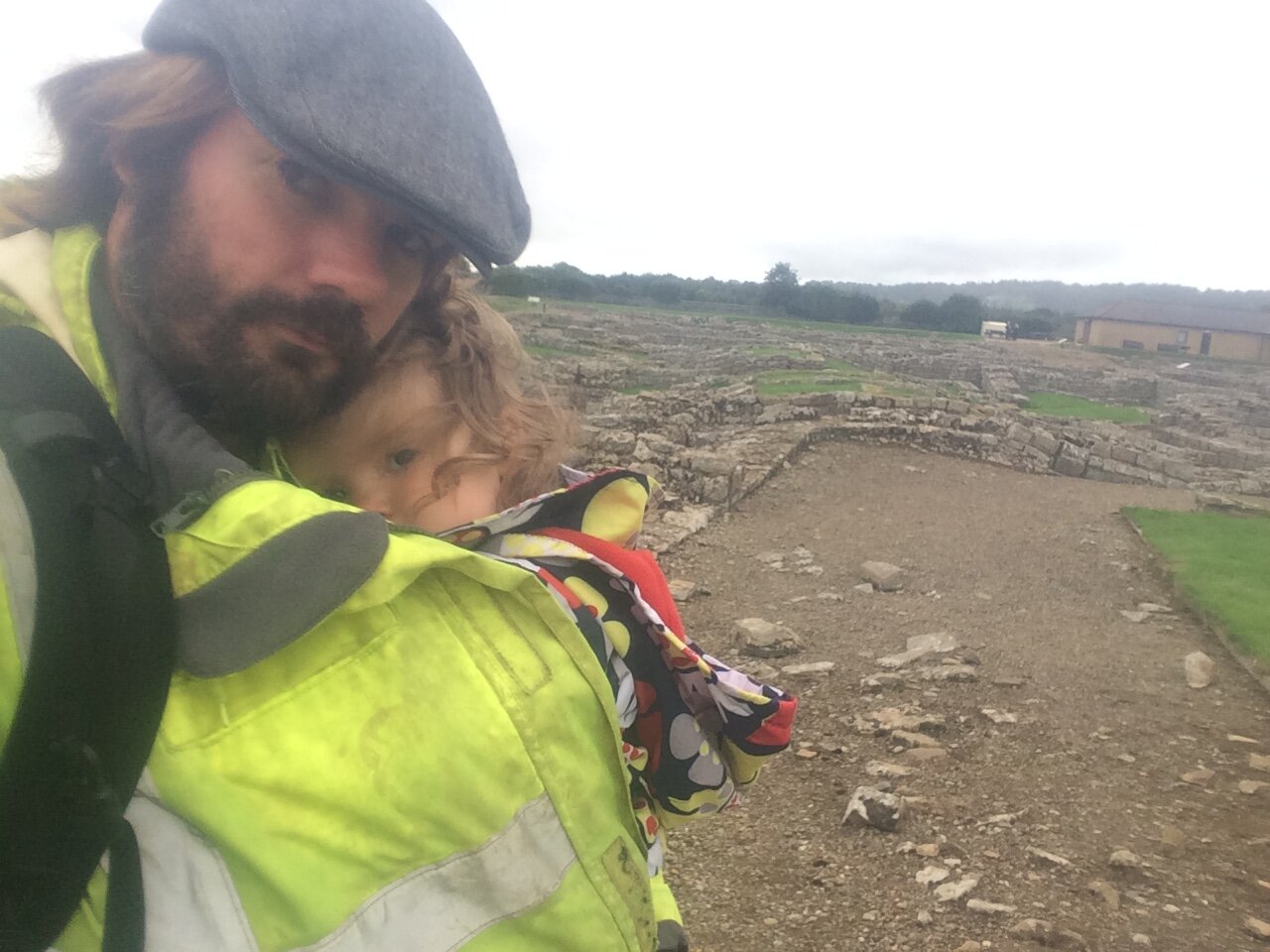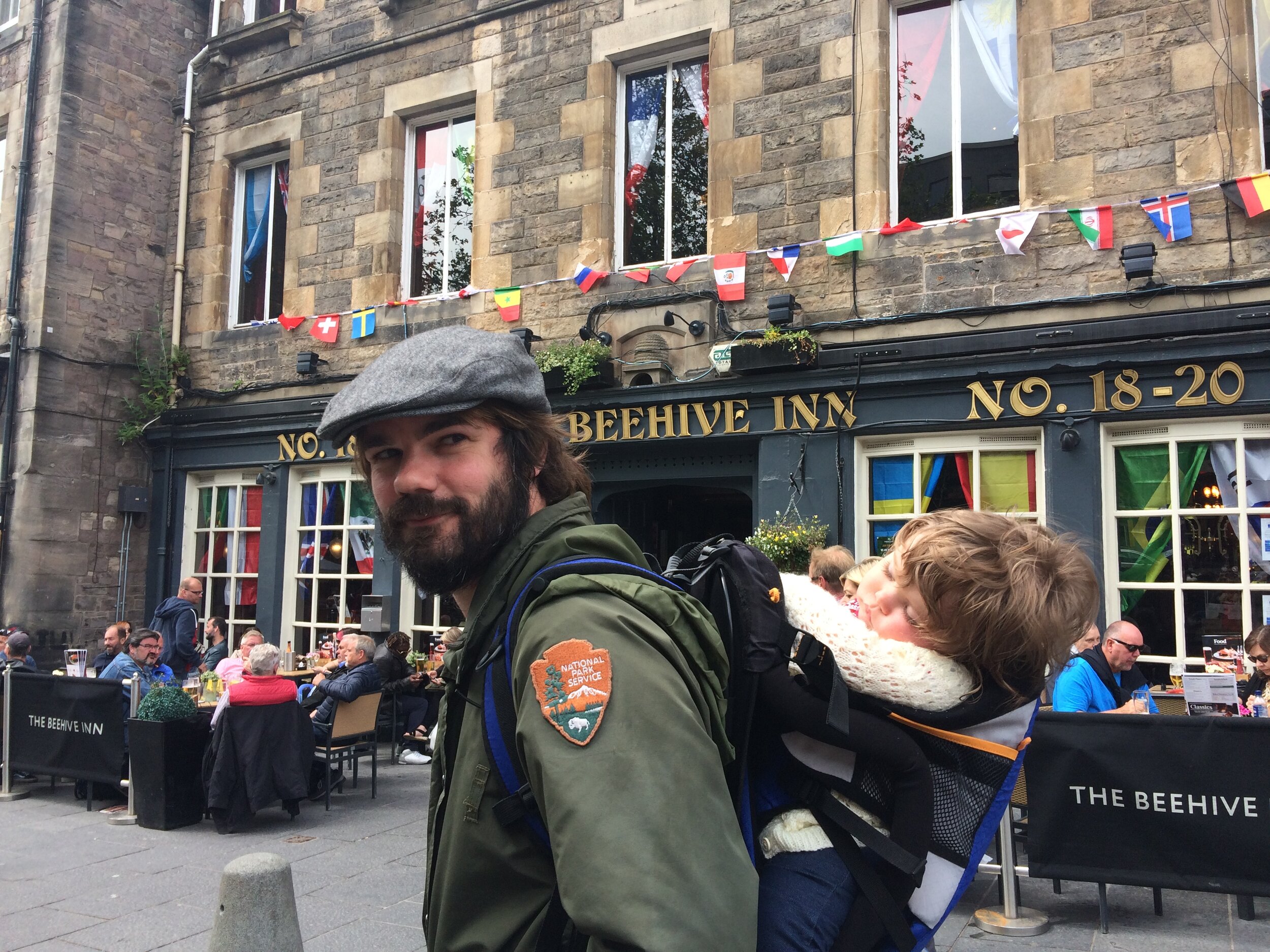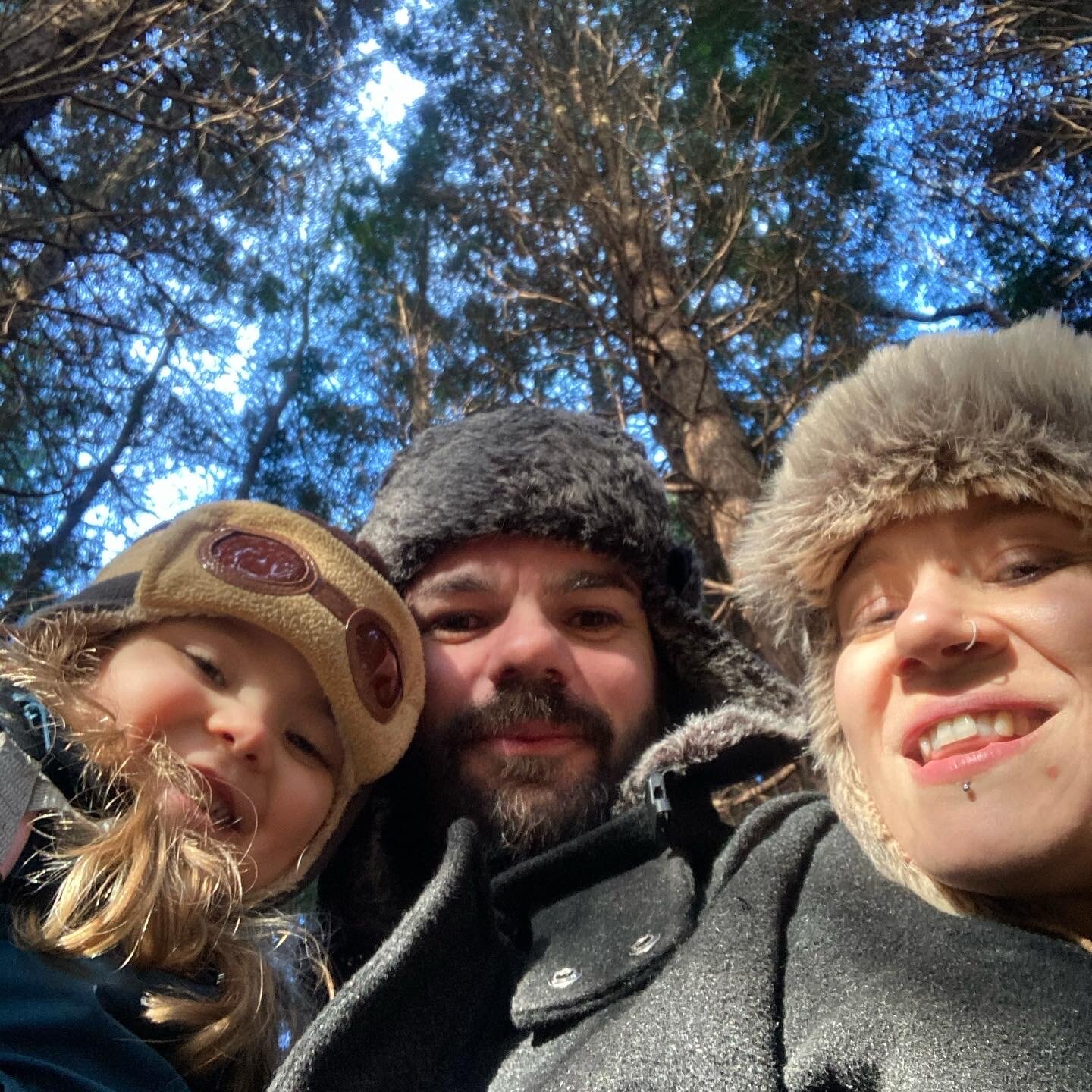A brand new year lurks suspiciously beyond the shadowy corner of midnight, and to be honest, our little family are currently reclining in a lethargy of regular, everyday vibes. We are not always overly enticed by the regulated party that is New Years Eve celebrations. In our youths, we spent countless hours queuing for drinks in overcrowded venues and hugging strangers at the stroke of midnight in a less than sober state. I didn’t always understand the glamour of it back then, so now with a firecracker four year old that has no chance or interest in being awake at midnight, the appeal is even further from my comprehension.
We will be together as a family as the year ticks over and 2022 is born. That is plenty enough to be grateful for, and I shall celebrate that with a comfortable beer or three this evening, perhaps we will even set an alarm and rouse ourselves a few minutes before midnight, to pour and half consume a glass of something fizzy.
As for most people over the past couple of years, things have been weird, at times difficult, at times fun and lovely, but very different to the way things used to be. Well, for us at least, because Audrey has now spent practically half her life in a world affected by Covid. Masks, lockdowns, isolation, working from home, these are just things she is all too familiar with, a normal way of life. We do everything in our power to allow her to experience things considered normal before Covid hit. We try to go on adventures, to see incredible sights and do fun family activities, albeit with safety precautions in place.
So I want to take a little look back at the year and revisit some of the best and most enjoyable moments we experienced. I see so many posts from people glad to see the back of the year, and I understand completely, but for the moment I would like to focus on the great things we managed to do this year. Looking back, there have been a lot of highlights.
We began the year with a flurry of winter wanderings, through Tonbridge and Penshurst, and all the surrounding countryside. I tried to up my running schedule and even attempted to sport a lockdown mullet, of which I was incredibly proud... but it wasn’t allowed to stay for long! Audrey began to emulate Emily in her artistic ability, drawing fantastic representations of families and landscapes in every medium available, including canvasses such as the carpets and walls. We enjoyed crafts and creations, and even got to play in some snow, though not enough for a substantial snowman to be formed... and thus we welcomed SnowDuck into existence!
As the world gradually warmed in temperature and temper alike, we were able to spread our wings further afield, to get out on more adventures and to fill those darling wide eyes of our little girl with brand new wonders. Even when stuck indoors, we created pirate adventures and explored undersea worlds, we learned new things every day and were surprised and delighted as our curious little explorer soaked up so much.
Having spent an eternity indoors over the past couple of years, we decided to go on a number of camping trips this year and explore the wilds of the southern Britain. Our first such adventure was mainly to test our camping gear and check we would all fit in the car, beeb, dog, tent and all.
First, we headed over to Chertsey in Surrey, where the wonderful watery landscape of the Thames Valley creates a beauteous tapestry of glorious blues and greens. We explored the ancient Abbey site, and searched for evidence of Iron Age features scattered within the wetlands. It was confused slightly by the occasion of the Euro’s and football fever taking over the country, but we managed to disconnect from the chaos to enjoy some outdoor serenity, and learnt lots about packing up tents in the rain!
Our next outdoor adventure was a trek to the south coast, to a wonderful little newly opened campsite at Herstmonceux. Here we not only visited a Tudor castle and a mid 20th century hilltop observatory, but we also studied a Saxon shore Fort at Pevensey and finally sat out under a spectacular meteor showered night sky with a stunning fire pit warming our souls. It was utter bliss, the heavens put on a show that will stay in our hearts forever more.
We embarked upon our final camping adventure with some family friends, and crossed the ocean... a little, to the Isle of Wight. Here we spent a glorious few days drinking in the history of the island, witnessing ancient Abbey’s, military strongholds, port side castles and natural wonders. The Isle of Wight has a character and personality that is completely unique, despite its close proximity to the mainland. We learned a lot, saw a lot, and got practically blown off a mountain top in epic gusts of wind, family fun at its greatest.
As the days shortened and the nights yawned over us, the holiday season excitingly approached. We made the most of them this year. The slowly disrobing trees glowed in golden browns and the temperature gradually cooled so that winter wardrobes were sought. Audrey hosted her first ever Halloween party, which was a roaring success, even the slightly gruesome autopsy table was a big hit! We attended a fireworks display in only a pleasant drizzle of evening rain and gazed upon the incredible bonfire burning brightly throughout the night. We celebrated birthdays and Thanksgiving before finally preparing for the big one, Xmas day.
This year we not only got to visit my parents half way across the country, but we were also joined by Emily’s mum from halfway across the world. It was wonderful to reconnect with family after a year of such distance. We visited Santa no less than 3 times to make sure he had received Audrey’s letter and knew what a smart and caring girl she had been throughout. This year she asked Santa for a pooping turtle!? Thankfully, Santa said he knew the one. After a lot of Christmas movies and decorations, the day arrived, and so did the pooping turtle, more dismay for our poor carpets, but sheer joy for our little super girl.
A stand out moment of the year was of course, Audrey’s first Lego set, which she completed expertly with only a little assistance. The biggest thing to occur for Audrey this year however, was starting school. Terrifying and exciting, but mostly terrifying, Audrey had a rollercoaster start to her new world. Being one of the youngest in the school, it must have been daunting, but she is a brave little warrior and made plenty of new friends whilst continually challenging the authority of hierarchy and more than holding her own against anyone who gave her trouble. We would never endorse any form of misbehaviour of course, but it is nice to know she does not simply fade timidly into the background, as I am certain I have done most of my life. She is vocal, wishes to understand the reason behind everything and will not stand for any form of oppression. She makes her mummy and Daddy very proud.
Emily was adding to her expertise and achievements with new teaching qualifications and endorsements, she is in her element in front of eager learners, flying high and inspiring minds is her superpower. It was also a privilege and passion of hers to be involved with a number of community and inclusion associations, particularly working the Enabled Archaeology Foundation, created and driven by her dear friend, the late Theresa O’Mahoney. It was the year Emily completed her first full illustrated children’s story, currently at the printers and soon to be released to the world. Finally, there were big changes in her employment as she was successful in an application for a role creating and leading a University Masters programme in Cultural Heritage. Take a bow Professor Archaeomum.
For my part, this year I have been immersed in my PhD study, revelling in all things Iron Age London. I passed my upgrade interview so I am officially a PhD student. It was a wonderful and relieving experience and I adore this opportunity to continue my research. I presented my work in progress at a number of conferences and seminars, and it seemed to go down pretty well. I also edited over 50,000 words of my never ending novel during NaNoWriMo. This was a lovely separation for my brain, so used to studying reports and journals, a chance to run free and create, to imagine and dream things from nothingness into a kind of reality. I ran 1283 KM this year, my most productive exercise year ever as far as I can remember. One of the absolute personal highlights of my year came in the theatre of music. Since I picked up a guitar for the first time many decades ago, I always dreamed of being a rock star. The pinnacle of this dream had always been the idea of having a song played on the radio. This year, along with my good friend and music genius Bobbles Clifton, our musical outfit 1907 had an original song played on the BBC introducing show. I sat up with Emily and a snoozy Audrey, listening gleefully as it was broadcast live. We shared champagne and sang along. Perhaps a little self appreciative, but we were very proud and excited.
All in all, a pretty successful year
On top of all this, we visited countless museums, historic sites, science centres, monuments and natural wonders. We kept busy, always trying to explore, always asking questions and seeking adventure. Our Archaeofam achieved so much, but most of all, we enjoyed so much together. So many perfect family moments went by in a blur. It blazes on, a never ceasing runaway train. I often wish I could hit pause, it is all going by so quickly, yet for Audrey a year must feel like an eternity which is why we try to fill it with so much to widen those eyes and expand that ever growing mind. We have no idea what 2022 holds in store for us, I have given up trying to plan for much these days, all I know is that we will take every opportunity to adventure, every opportunity to help those who need it, and every opportunity to see the friends and family we love so much.
So, for the final time this year, from our Archaeofam to yours, goodnight and happy New Year x




